Last updated on February 8, 2024
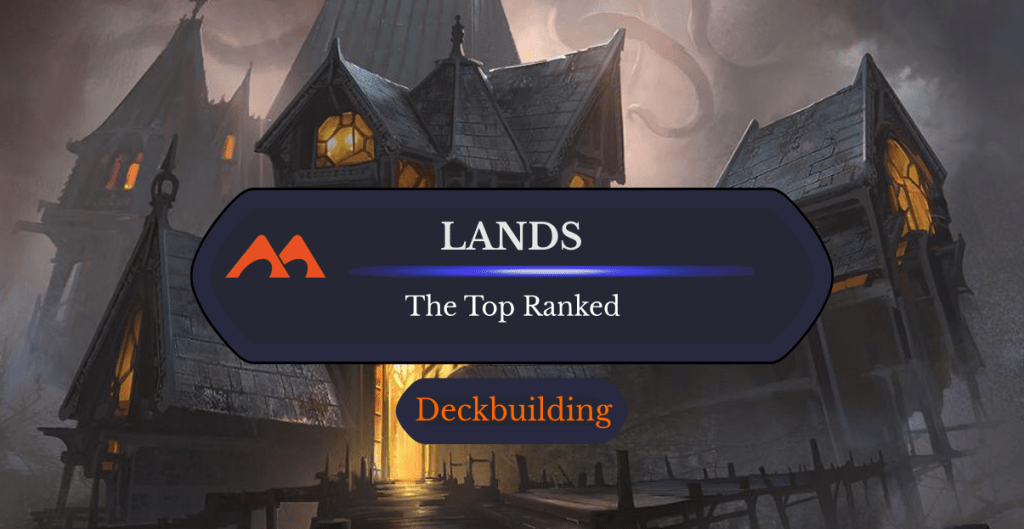
Geier Reach Sanitarium | Illustration by Cliff Childs
The mana system in Magic is one of the game’s defining traits. Perhaps its most iconic right next to the five colors of mana. Playing lands is pretty much nonoptional – even the “Oops, All Spells” decks run lands in the form of MDFCs.
Since lands are the cornerstone of every Magic deck, it’s important to understand their functions and what makes different kinds of lands unique. Today, I’m talking about all that and ranking the best lands in Magic!
What Are Lands in Magic?
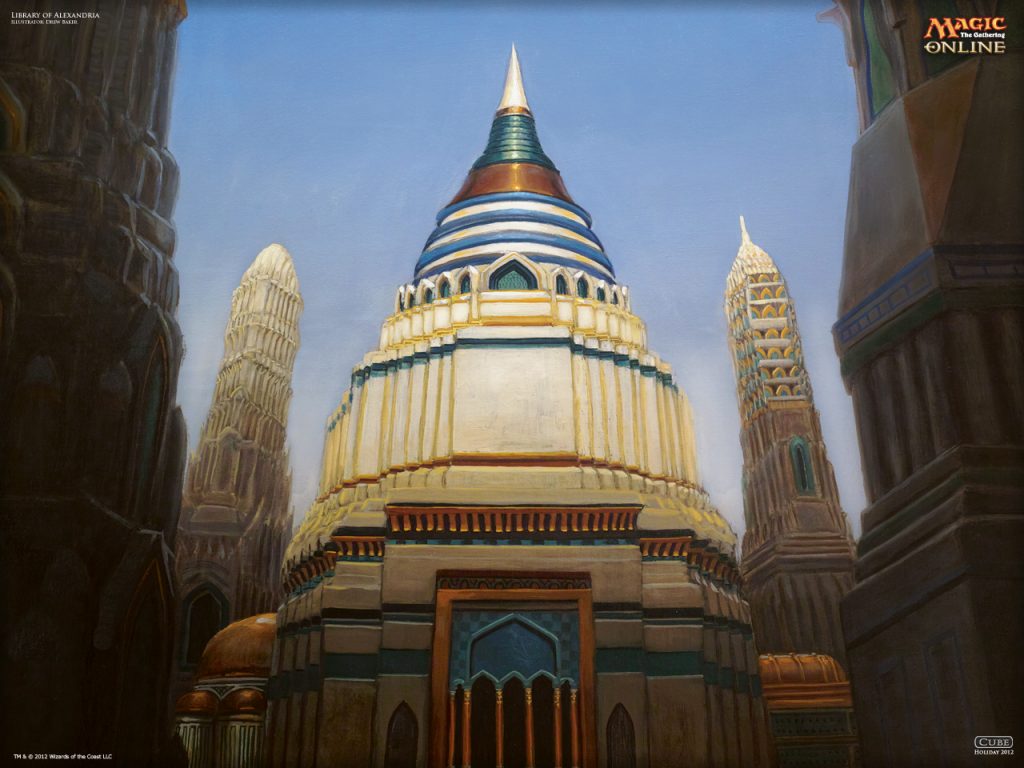
Library of Alexandria | Illustration by Drew Baker
Lands are cards with the most important permanent type in Magic: land. The land system defines the game and is largely responsible for making it a unique card game.
Rulings-wise, lands are either basic lands or nonbasic lands. Magic has six basic lands: Plains, Island, Swamp, Mountain, Forest, and Wastes. All other lands are nonbasic. A deck can have any number of basic lands; nonbasics are restricted to a maximum of four copies. Some spells care about one type or the other; for example, Cultivate finds basic lands, while Ruination only destroys nonbasic lands.
As for their roles in deckbuilding, lands serve three functions: mana fixing, value, or build-around.
The vast majority of decks play lands for mana fixing. Multicolor decks lean on nonbasic lands that tap for more than one color alongside basics. Mono-colored decks often run a few value lands alongside enough basics of their color to cast their spells consistently. This is overwhelmingly the role lands play in Magic: enabling you to cast your spells.
Value lands are lands that do more than just fix your mana. For example, Barren Moor is a value land you can cycle if you don’t need to play it, Field of Ruin allows your mana base to interact with your opponent's, and Raging Ravine becomes a creature to apply pressure. Some value lands help you fix your mana, others don’t. Their role is typically to mitigate flooding by letting your lands do more than tap for mana.
Finally, we have build-around lands, a subset of value lands. They offer enough value to build a deck around. Two examples of build-around lands from Legacy are Dark Depths and Cloudpost. Instead of just providing a bump in value, they offer the means to win the game if you build around them.
This list ranks value lands and fixing lands. For the fixing lands, the most important thing they can do is provide multiple colors of mana while being untapped as often as possible. We’re asking a little more of our value lands. They need to have a major impact on the game. The best lands are those that let us win the game or ones that tap for multiple mana, allowing us to generate a large mana advantage over our opponents.
#50. Bojuka Bog

Bojuka Bog isn’t flashy, but it’s certainly respectable, as many Commander players know. The downside of a tapped Swamp is well worth the upside of a bit of graveyard hate. This pairs especially well with Crop Rotation for instant-speed shenanigans.
#49. Maze’s End
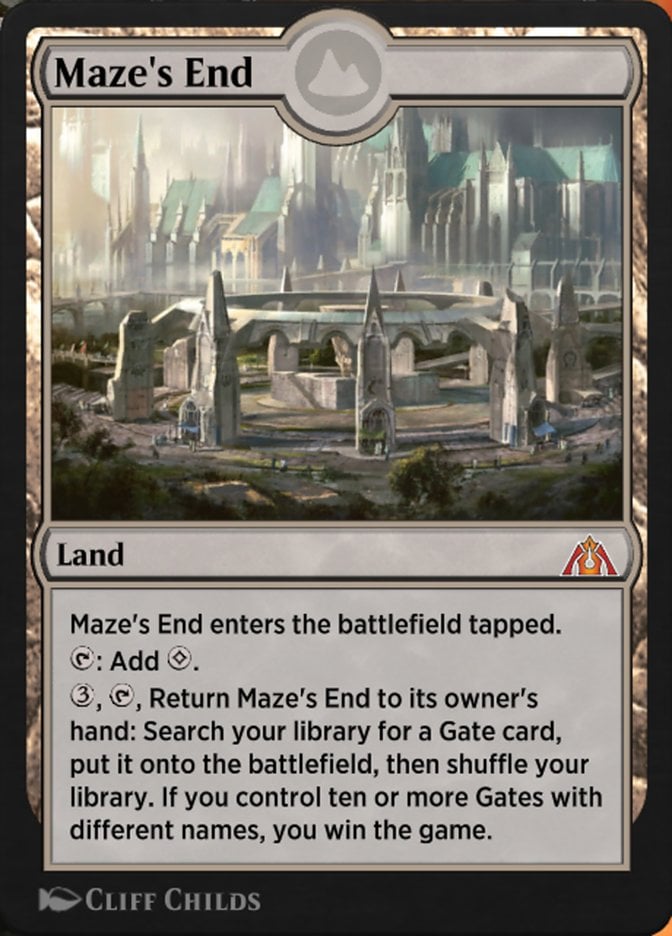
Maze's End is a 10/10 card design. An alternate win condition that’s resilient but still leaves plenty of room for interaction is exactly what I’d want from an effect like this. Playing Gates is a little slow, as they come into play tapped, but it’s great for casual Commander decks.
#48. Eye of Ugin

Lands that tap for multiple mana are often busted, but Eye of Ugin takes this further by providing a cost reduction that multiple Eldrazi spells can take advantage of. Catching a ban to end Eldrazi Winter in Modern, the Eye restricts the cards you can play severely in exchange for an amazing mana advantage.
#47. Painlands
Painlands like Underground River are fantastic little card designs. Players in many formats have used these for budget lands that come into play untapped. Tapping them for colorless mana can have upsides with cards like Thought-Knot Seer. Overall, these aren’t the flashiest lands, but solid choices for players looking to build effective budget mana bases.
#46. Celestial Colonnade

While man lands—lands that become creatures—are always solid, Celestial Colonnade has always stood out among them. An evasive threat that makes short work of your opponents, it’s at its best in control shells that let the game go long enough for the 5-mana activated ability to be relevant. Other notable manlands in this cycle include Creeping Tar Pit for its far cheaper cost and Lumbering Falls for being especially hard to interact with.
#45. Tolaria West

Tutors are always useful if you have cards worth finding, and Tolaria West offers a pretty potent one. Getting a card that costs 0 includes lands, so we can cycle this land to find the more broken lands or combo cards like Zuran Orb and Mana Crypt.
#44. Blast Zone
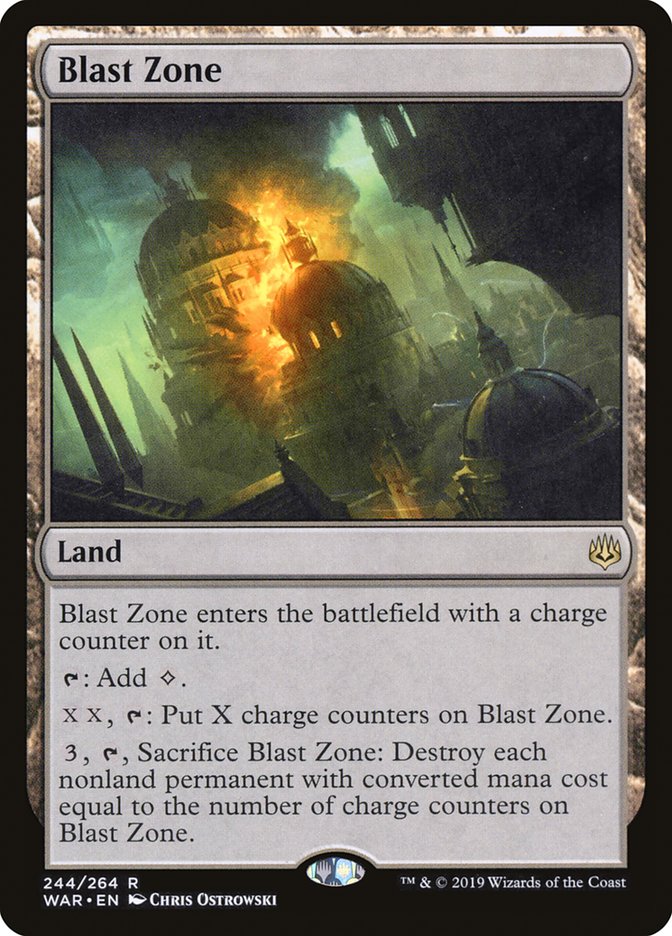
Lands that interact with your opponents are quite powerful. Blast Zone is a little mana-intensive, but as a land with an activated ability, it's hard for your opponents to interact with. Your opponents see this coming, so they might slow roll threats until you pop the Zone, but that threat of activation is an advantage in and of itself.
#43. Hall of the Bandit Lord
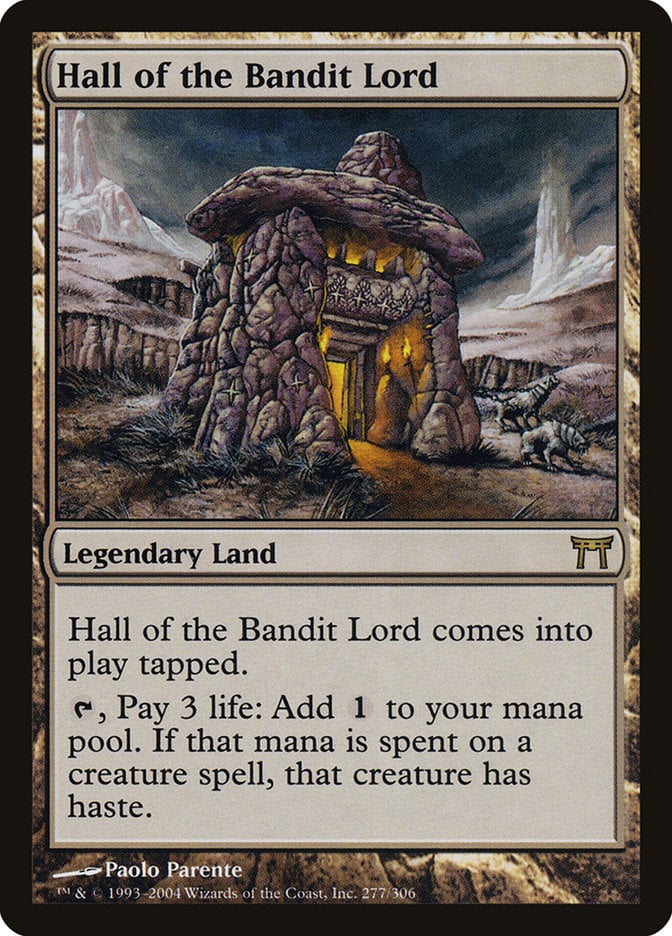
3 life is a steep cost for a single mana, but Hall of the Bandit Lord has a home in certain decks. It’s best with cards that have valuable activated abilities or attack triggers you want to trigger immediately, such as Rowan, Scion of War, or Halana, Kessig Ranger.
#42. Fast Lands
The fast lands are, unsurprisingly, at their best in fast decks. These are great for Burn lists and other decks that care about curving out early and have enough cheap spells that missing their fourth or fifth mana on curve doesn’t impact them. Decks playing the long game are less interested in fast lands, as there are more opportunities for these lands to mess up the curve. I avoid these in Commander decks since they need to be in your opening hand to be effective.
#41. Canopy Lands
Kickstarted by Horizon Canopy in Future Sight well before more canopy lands appeared, these are solid cards you don’t want too many of. A land that replaces itself with a card can be effective in the late game to mitigate flood and find that last card you need, but taking damage every time you tap the land adds up quickly. These aren’t great in your opening hand since they deal a lot of damage.
#40. Inkmoth Nexus
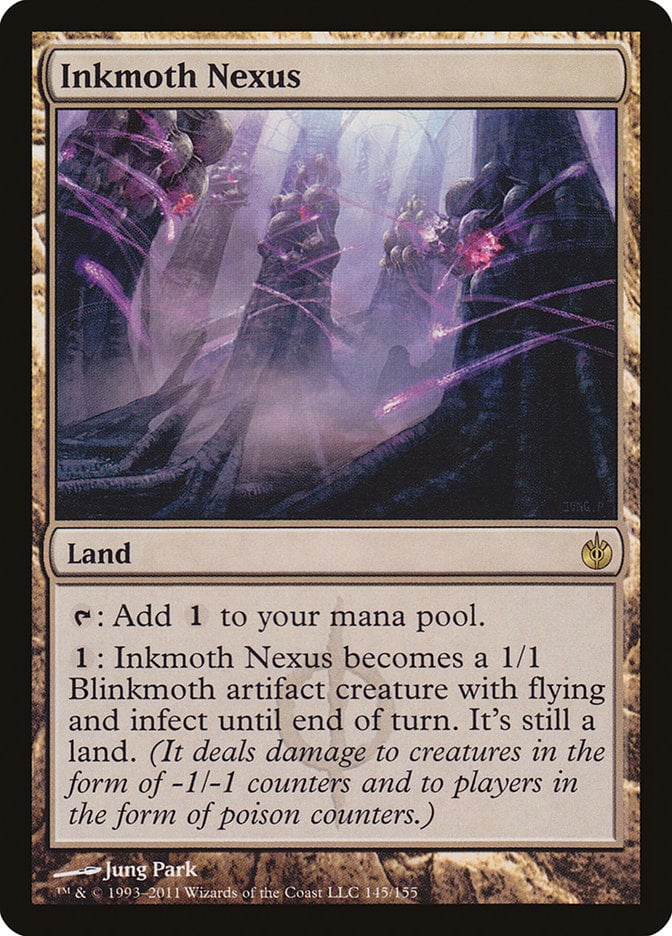
Lands that win the game are pretty sweet. Inkmoth Nexus requires ways to pump it to be effective, but infect doesn’t need much extra power to put your opponent on a fast clock. +1/+1 counters are one of the strongest ways to pump this; it retains the counters after it's no longer a creature, and cards like Hardened Scales and Ozolith, the Shattered Spire ensure the counters add up quickly.
#39. Bounce/Karoo Lands
The Bouncelands (also called Karoos after the original Visions cycle) offer card advantage and allow you to play fewer lands in your deck. With some help, they're broken. They’re the centerpiece of Amulet Titan decks, leveraging Amulet of Vigor to make these lands sing. You can set up all kinds of infinite loops using the Karoo lands' ability to bounce themselves alongside cards like Sakura-Tribe Scout that put them into play. They’re susceptible to interaction, but the upside is often worth the risk of Vindicate.
#38. Vesuva
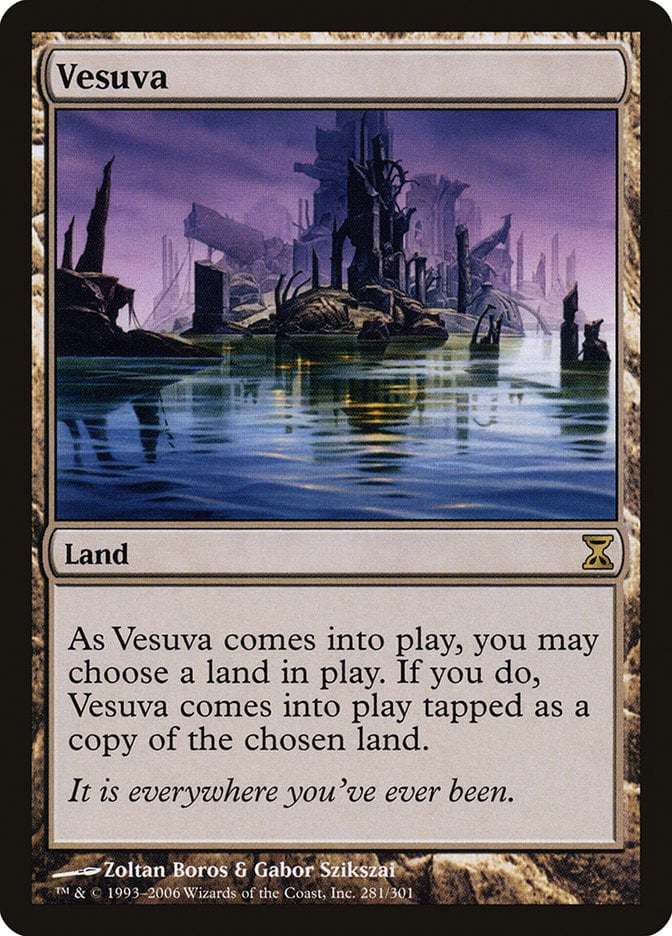
Rather like a tutor, Vesuva is only as strong as the card you’re copying. It pairs perfectly with Cloudpost and Karoo lands. You can even assemble a Dark Depths combo with it, though it’s not as ideal as Thespian's Stage. Vesuva fulfills a very niche but essential role in land-based strategies.
#37. Academy Ruins
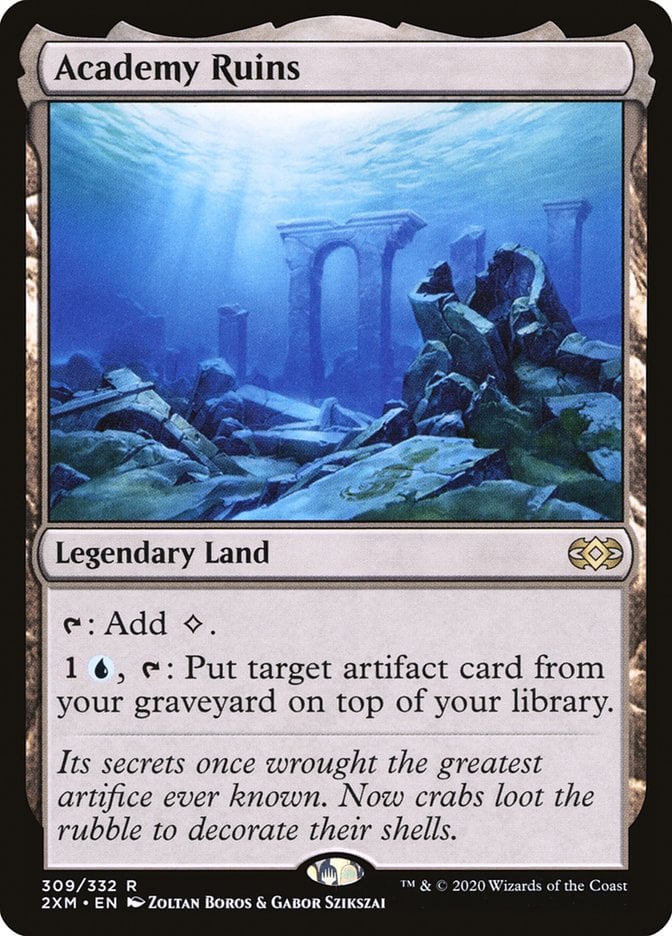
While Academy Ruins’ greatest claim to fame is the expensive but effective combo using it to loop Mindslaver, it’s still a fine playable in fairer strategies. There’s plenty of overlap between graveyard decks and artifact decks, as demonstrated by cards like Emry, Lurker of the Loch, or Arcum Dagsson. Ruins isn’t the powerhouse it used to be, but it’s still a solid roleplayer in decks looking to extract value in a long game.
#36. Slow Lands
The slow lands are one of my favorite land cycles. They provide a perfect counterpoint to the fast lands. These are at their best in midrange and control decks that don’t mind taking the first turn or two off to develop their mana. They have a much smaller window for coming into play tapped, letting you leverage them for more of the game. While decks that need to deploy Goblin Guide and similar cards on turn 1 don’t love this, plenty of decks do.
#35. Mana Confluence + City of Brass
Paying 1 life for a mana is a lot, but Mana Confluence and City of Brass make it worthwhile for perfect fixing. You have to be playing four or five colors for this to be worthwhile, but some faster decks are willing to effectively start the game at 15 life for perfect mana.
#34. Dryad Arbor
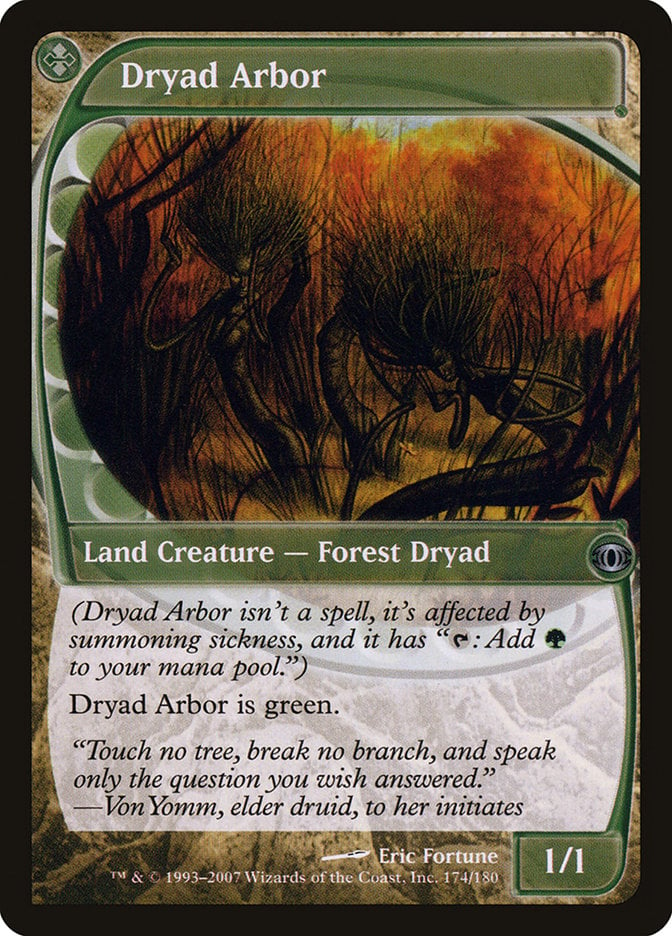
Dryad Arbor is notable if only for the number of judge calls it's garnered over the years. It’s also a solid roleplayer in green decks that want to use Green Sun's Zenith as a turn-1 mana dork or that want a cheap creature to sacrifice to Natural Order. A creature that comes into play off a fetch land or similar effect can also swing a close game.
#33. Boseiju, Who Shelters All
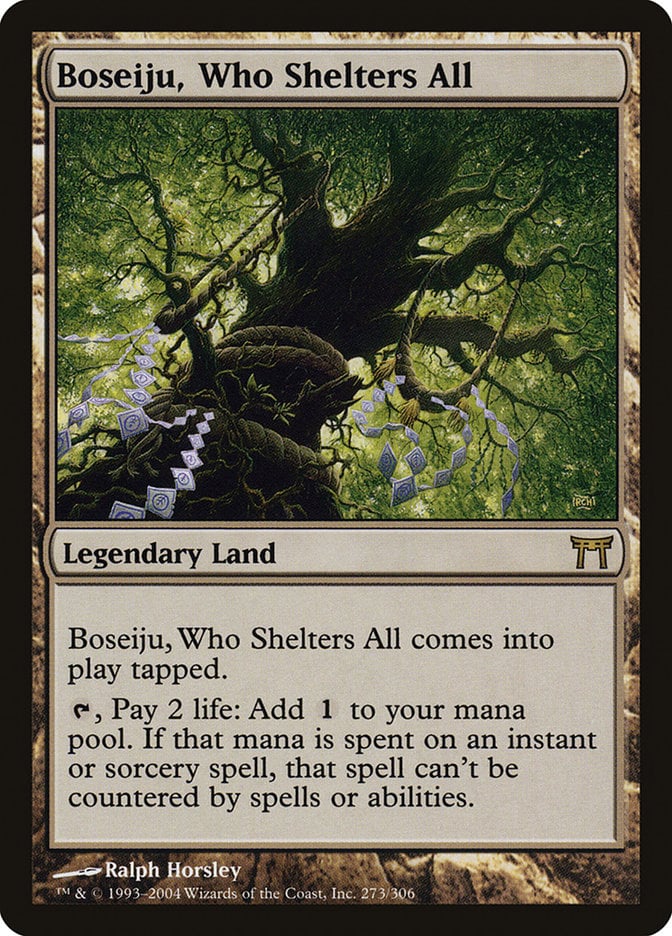
For Boseiju, Who Shelters All to be worth the 3-life tax it imposes, you need to be casting big instants or sorceries that win the game if they resolve. If the game plan is anything less than Crackle with Power using all of your mana it’s probably not needed, but decks slinging spells with such power can use this land well.
#32. Urborg, Tomb of Yawgmoth + Yavimaya, Cradle of Growth
Urborg, Tomb of Yawgmoth and Yavimaya, Cradle of Growth occupy a similar space of making all lands duals of a sort. Urborg is the more notable of the two thanks to its combo with Cabal Coffers. Both provide blanket fixing; you never need another Swamp or Forest with these. Since they don’t have the land type, they can go into any Commander deck and provide them with an off-color basic land type, which could be interesting for domain or converge strategies outside 5-color shells.
#31. Mystic Sanctuary
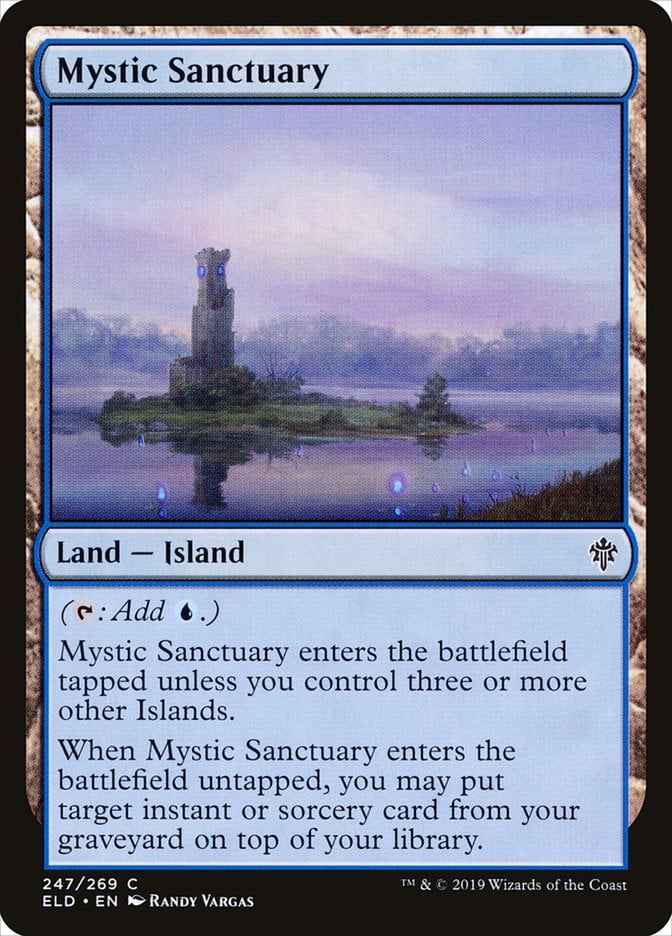
While most common lands from Throne of Eldraine have fallen into obscurity, Mystic Sanctuary fell into several Banned and Restricted announcements. It turns out a fetchable Cryptic Command breaks formats. It’s also simple to set up infinite loops using this, Ghostly Flicker, and any number of Archaeomancer variants.
#30. Gemstone Caverns
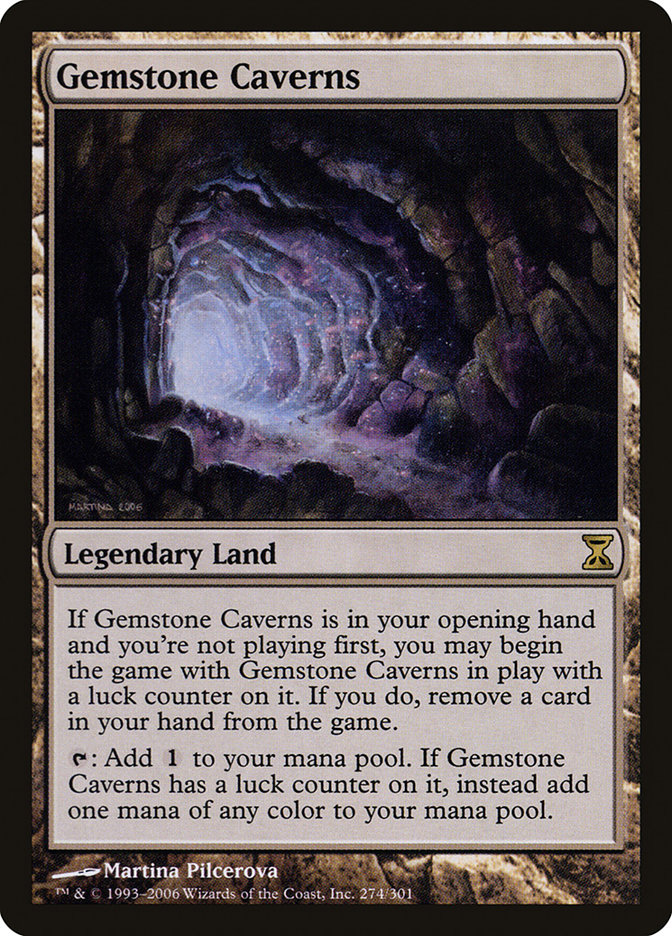
Gemstone Caverns offers a powerful mana advantage, assuming you lose the die roll and have a card to spare. This is at its best in decks that really, really want the mana advantage; it’s often seen in combo lists like Ad Nauseam and Cascade Foothills in Modern because those decks do something powerful enough to mitigate the card disadvantage. Fairer decks are less interested in the exchange.
#29. Channel Lands
While Boseiju, Who Endures is the standout of the cycle, all five channel lands from Kamigawa: Neon Dynasty are strong. A land with another effect is powerful enough, but channeling that effect has a few upsides. You do it from hand, so it’s not as telegraphed as, say, Blast Zone, and it’s much harder to interact with an activated ability than a Nature's Claim.
#28. Lotus Field
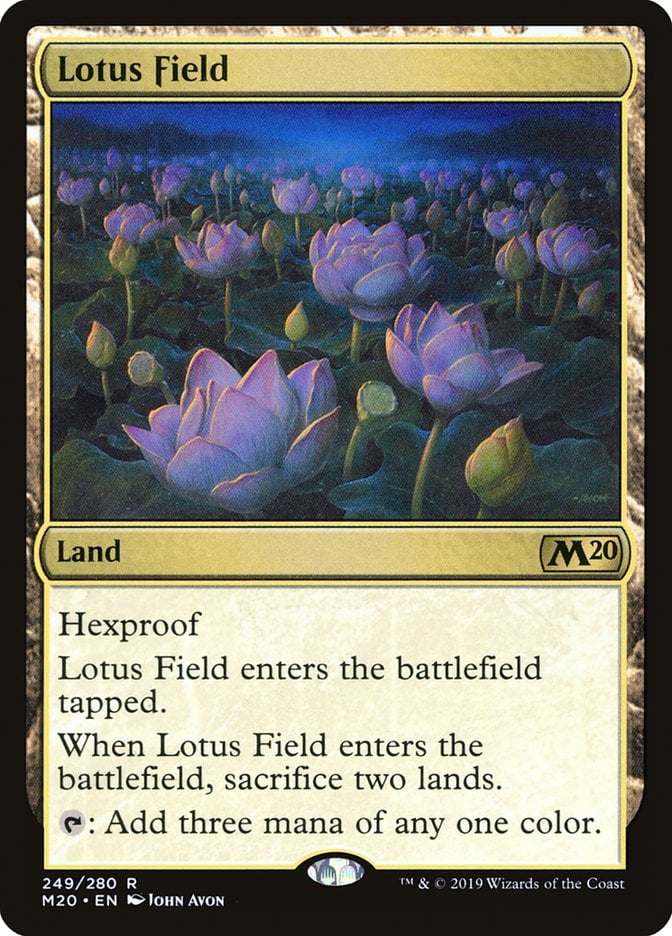
Lotus Field is a beautifully designed card. A land that taps for 3 mana is rife for all kinds of shenanigans, as several combo decks in Pioneer and other formats prove. Sacrificing two lands for this one that taps for 3 keeps you on-pace with mana, but lets you perform so many clever plays. Getting lands into your graveyard is also easily exploitable. I just love all of this text, it’s amazing.
#27. Phyrexian Tower
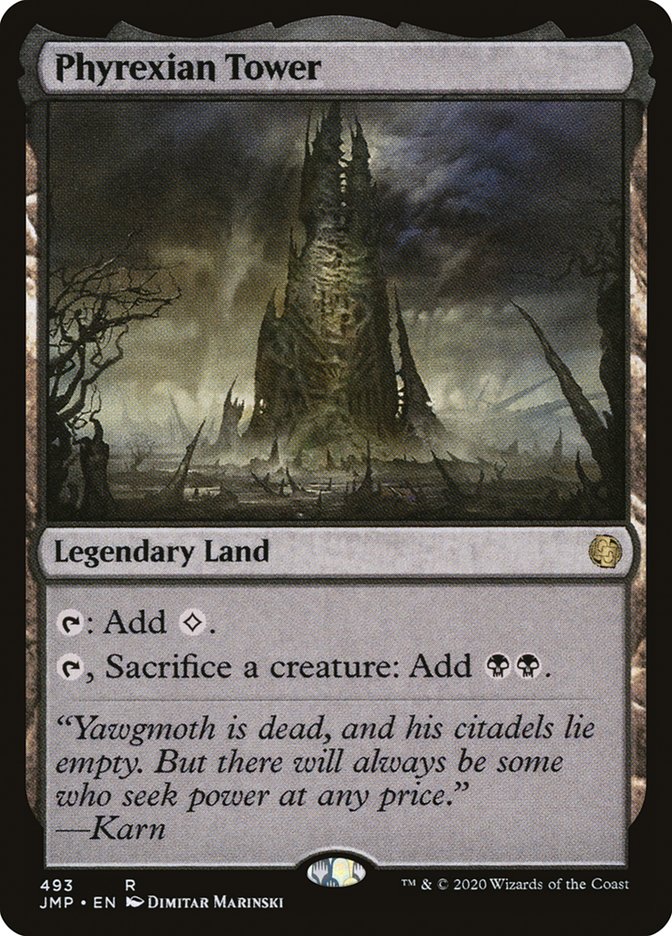
Phyrexian Tower asks you to pay a real price for its mana advantage, but that price is often worth it. If your deck provides a steady source of sacrifice fodder, it gets a steady source of mana. A sacrifice outlet that doesn’t use the stack can sneak triggers off cards like Blood Artist and Midnight Reaper through countermagic as well.
#26. Mutavault

A man land that animates for a single mana is great for aggressive decks that want to leverage every bit of pressure they can. Mutavault does this and more since it’s a changeling. It gets to benefit from Lord of Atlantis and Goblin Chieftain for even more pressure. Mishra's Factory provides a similar advantage to decks that care about having aggressive artifact creatures.
#25. Mirrodin Artifact Lands
The artifact lands from Mirrodin (and Darksteel’s Darksteel Citadel) propelled affinity decks to such heights they all received bans. Pauper decks still flex the power of these lands to cast Frogmite and Myr Enforcer for little to no mana. Outside of affinity, these are just great with cards that want you to have tons of artifacts, like Emry, Lurker of the Loch, Cyberdrive Awakener, or Urza's Saga.
#24. Cabal Coffers
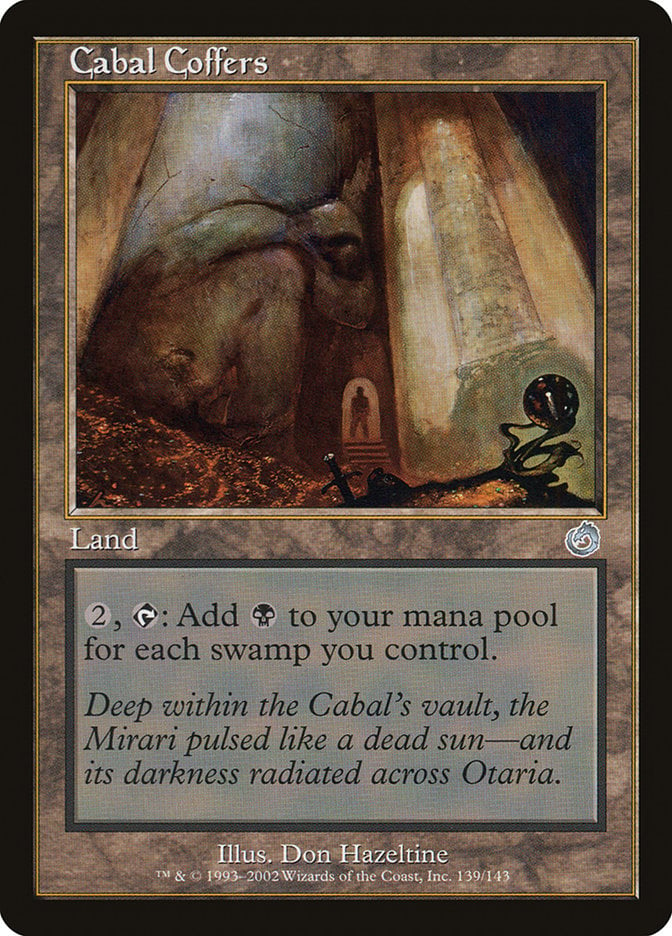
Cabal Coffers offers a slow but substantial boost to mana. You need three Swamps in play before this starts netting mana, but the mana advantage gets better and better with every land you play. Its power drops off sharply in multicolor decks, where it essentially becomes part of a 2-card combo with Urborg, Tomb of Yawgmoth.
#23. Rishadan Port
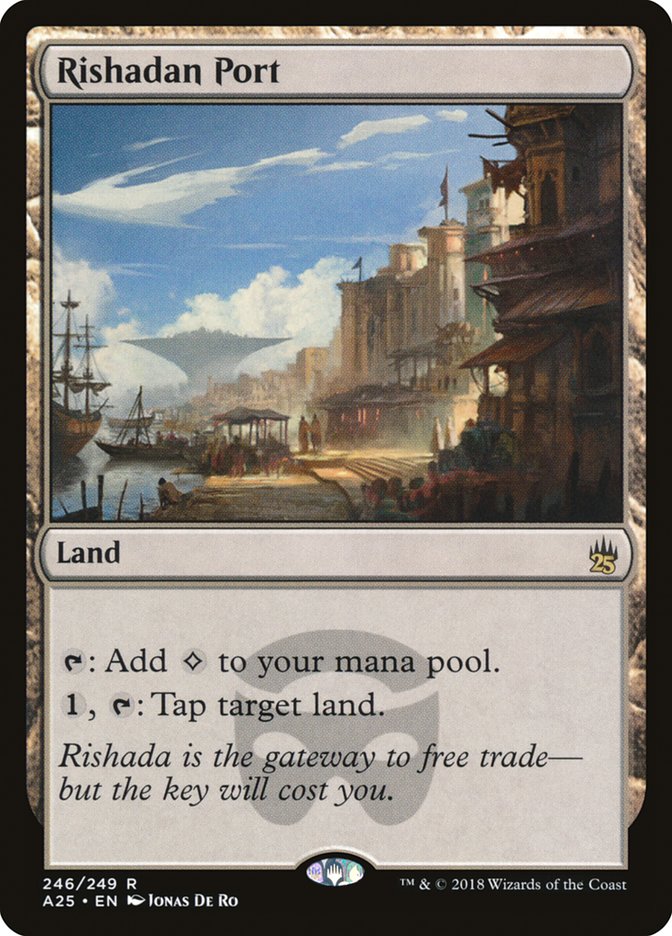
Rishadan Port is at its best alongside Aether Vial. Paying 2 mana to deny your opponent 1 is the kind of exchange that’s only useful when you’re far enough ahead on board to leverage the inconvenience of playing off-curve. Aether Vial decks, like Death & Taxes, put themselves far enough ahead to leverage that mana denial.
#22. Karakas
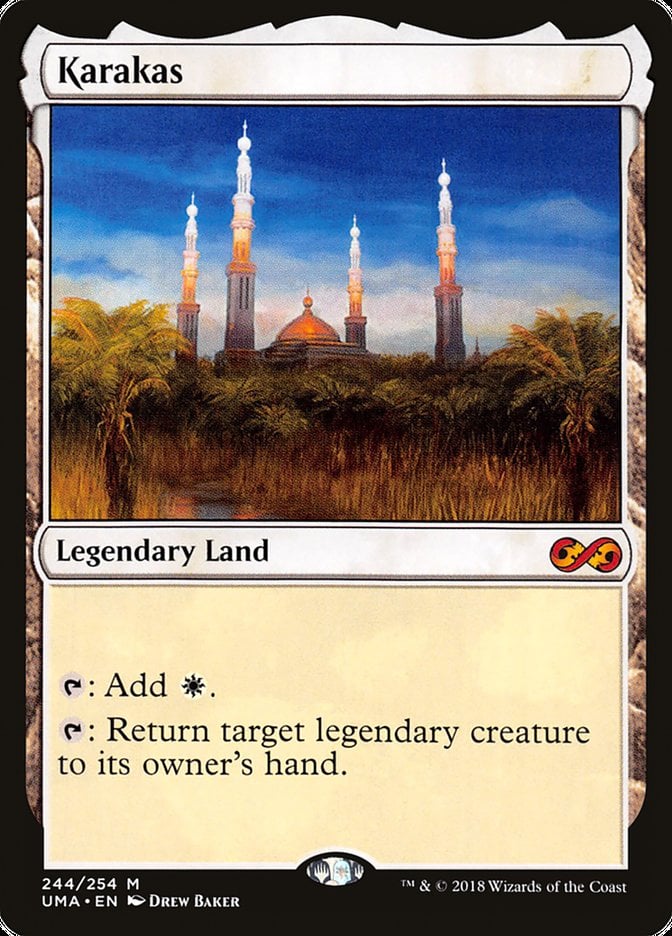
Karakas is the kind of card that’s broken or just okay. Death & Taxes lists often leverage it to protect threats like Thalia, Guardian of Thraben, and it’s effective against decks that want to cheat cards like Griselbrand into play, often invalidating them entirely. Even against decks with few legendary creatures, it’s just a Plains with upside, which is kind of broken.
#21. Valakut, the Molten Pinnacle
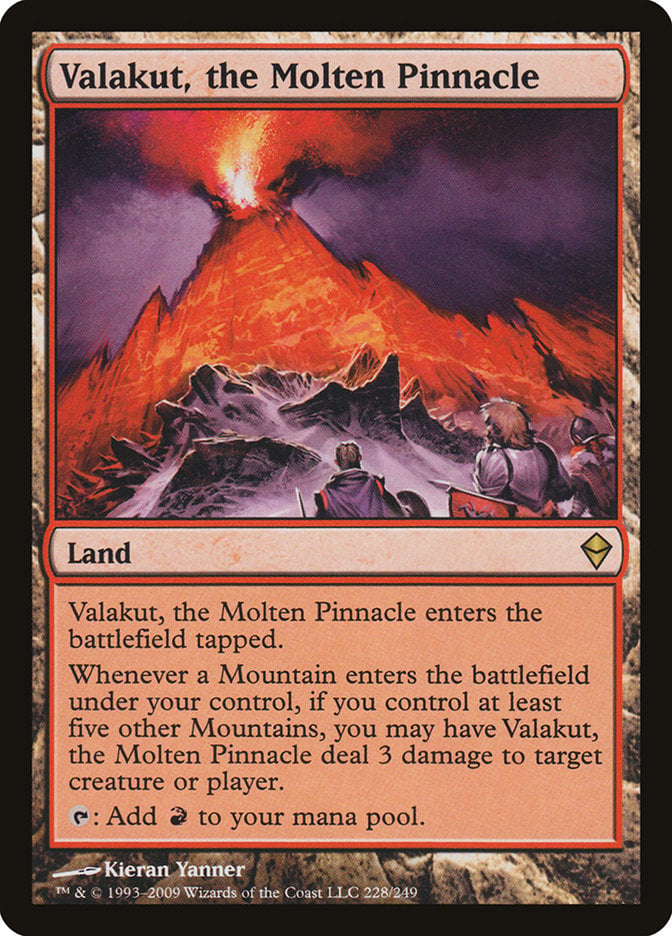
Valakut, the Molten Pinnacle provides a powerful win condition right out of your mana base. Often played alongside Primeval Titan and Scapeshift to end the game in a flash, the deck requires a high concentration of Mountains. Cards that give your lands basic land types, like Dryad of the Ilysian Grove, help mitigate this requirement.
#20. Urza Tron Lands
If you’ve played Modern, you’ve scooped at least one game to a turn 3 Karn Liberated eating one of your lands. The Tron lands generate a massive mana advantage for players. The deck’s incredibly consistent, with playsets of Ancient Stirrings, Chromatic Star, and Chromatic Sphere drawing bundles of cards and mitigating the restrictions of colorless mana while tutors like Expedition Map find missing pieces.
#19. Field of the Dead
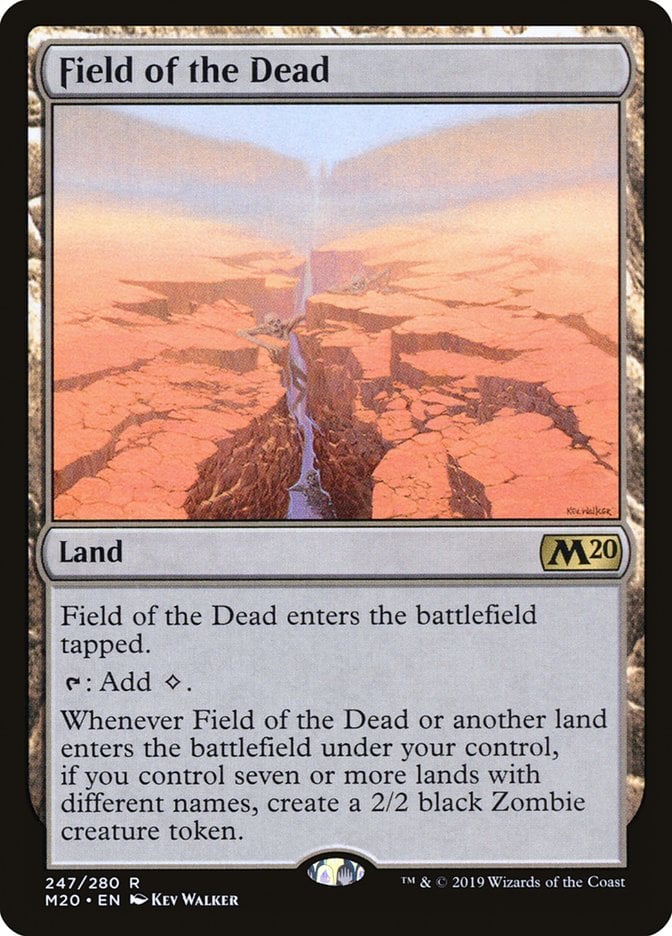
Field of the Dead is at its best in slower formats. If you’re going fast, it’s rarely more than a tapped land. When you get to take your time, it’s an indomitable threat that dominates the game and wins all by itself. It takes very little effort to make this a game-ender, especially if you pair it with cards like Primeval Titan and Reshape the Earth.
#18. The Tabernacle at Pendrell Vale
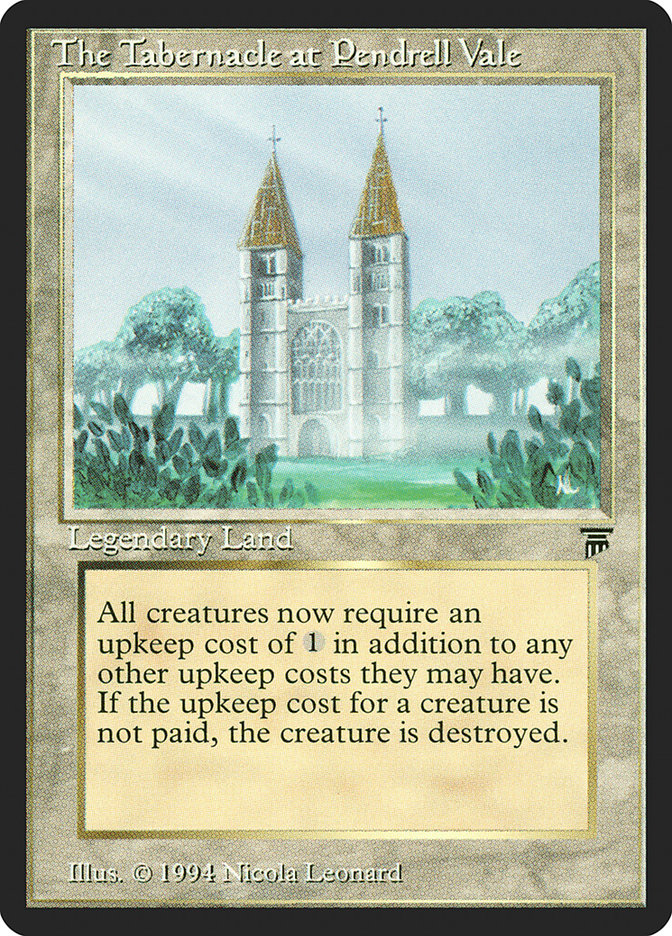
The Tabernacle at Pendrell Vale is devastating in the right deck. Your deck can’t care about creatures to leverage this, but many decks that want to flood the board with creatures fold as soon as this comes into play. They have to use all their mana to protect the board state they’ve built, putting them behind and you far ahead.
#17. Cavern of Souls
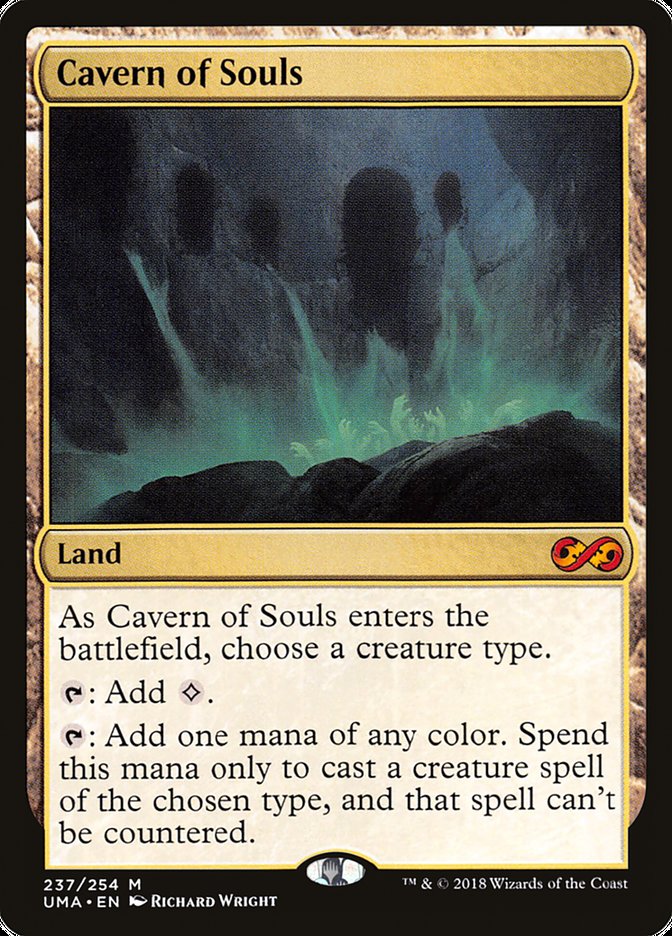
As a control player, few cards frustrate me as much as Cavern of Souls. While only affecting a single creature type restricts Cavern, kindred decks can leverage this to ensure their threats get through countermagic, be they efficient merfolk, monstrous dinosaurs, or sneaky goblins. The fixing aspect helps enable multicolor lists, which human decks often leverage well.
#16. Nykthos, Shrine to Nyx
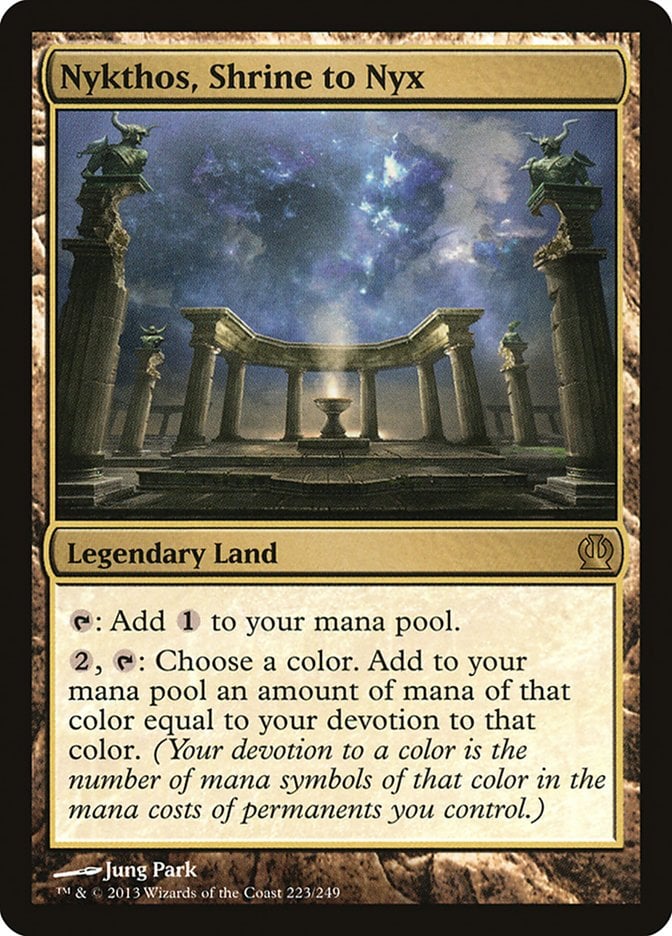
Nykthos, Shrine to Nyx asks you to make a critical deckbuilding restriction to one color, but the reward is a handsome sum of mana to cast an unreasonable number of spells with. Currently a cornerstone of Pioneer propping up a mono-green deck, any mono-colored deck that plays to the board can leverage Nykthos for an incredible mana advantage over their opponents.
#15. Mishra’s Workshop

Mishra's Workshop provides a powerful burst of mana for artifact decks. Deploying cards like Trinisphere or Thorn of Amethyst turn 1 can be game-winning, let alone playing The One Ring or Cityscape Leveler well ahead of schedule.
#14. Ancient Tomb

Breaking a land can be as simple as allowing it to tap for 2 mana. Ancient Tomb is at its best in decks that thrive off fast mana. Stompy decks in Legacy use it to throw stax pieces like Blood Moon and Chalice of the Void into play early, but plenty of decks can make use of a land that puts them a turn ahead for playing it.
#13. Library of Alexandria
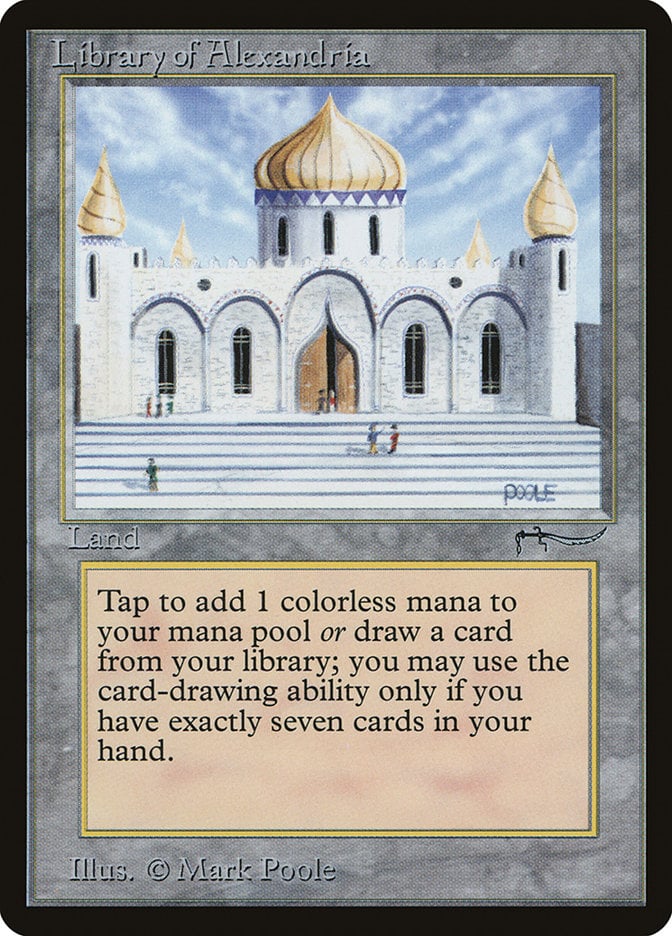
Drawing cards is one of the strongest game actions in Magic. Library of Alexandria provides free card draw, assuming you don’t mind playing a little off-curve to tap it each turn. The trick with Library is knowing when to play slowly to reap the card advantage and when to press your advantage by deploying all the spells you’ve drawn.
#12. Wasteland

Who doesn’t love land destruction? Wasteland is a defining card in Legacy because it’s incredibly powerful. It’s an equivalent exchange – you and your opponent go down 1 mana. But you get to keep your hand knowing that you’ll be losing a land, while your opponent doesn’t have that foresight. Decks that often play Wasteland include tempo decks like Delver that require very little mana or decks with Life from the Loam and other ways to recur it.
#11. Triomes
The Triome lands are among the most powerful lands printed in recent memory. A fetchable tri-land with basic types has had a huge sway on many formats. Domain decks exist in Modern and, to a lesser degree, Standard, specifically because of these lands. Cycling prevents them from ever being dead. Coming into play tapped prevents most decks from wanting more than a couple to help curve out, but you only need one of two to get perfect mana in most cases.
#10. Shock Lands
Shock lands are among the best mana-fixing lands. Paying 2 life for an untapped land or nothing to have it come into play tapped feels like the perfect balance. If you want all your lands to come into play untapped, you’re paying for it, especially if your format includes fetch lands. These are central to the mana bases of most formats that include them and are overall well-balanced and fun.
#9. Original Dual Lands
The best fixing lands ever printed, and part of the reason so many players get priced out of Legacy and other older formats, the original dual cycle includes better basics in cards like Volcanic Island and Scrubland. The only restriction is that you can only have four, but that’s completely inconsequential. The OG duals were so powerful they served as the reason for subsequent land cycles adding restrictions such as coming into play tapped or dealing damage when tapped for colored mana.
#8. Cloudpost
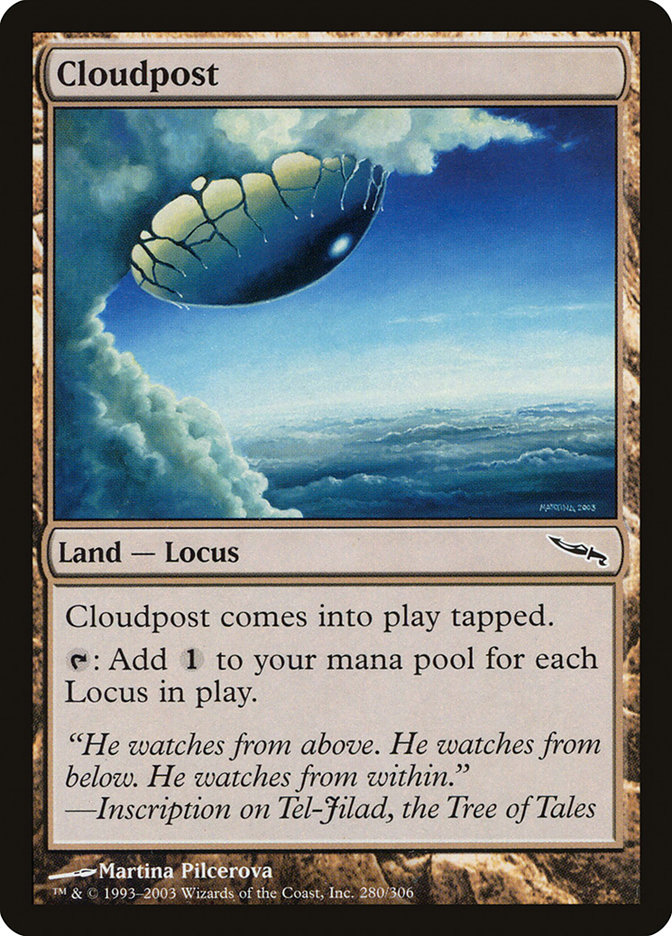
The fact that Cloudpost lists run Emrakul, the Aeons Torn in their deck not because they’re cheating it into play with cards such as Sneak Attack or Show and Tell but because they can cast it should tell you all you need to know about this archetype. Cloudpost generates absurd amounts of mana when paired with Glimmerpost and all the land-copying effects it can afford. It’s like Tron, but the sky’s the limit.
#7. Strip Mine

Strip Mine is just a strictly better Wasteland in that it has the same text with no restrictions. This freedom opens the door to combos Wasteland could never dream of, such as using Fastbond and Crucible of Worlds to destroy all your opponent’s lands.
#6. Dark Depths

Dark Depths has had several archetypes built around it because it’s easy to win the game with a 20/20 flying indestructible creature, often leaving your opponent with a very small window to interact. Playing a lands-based deck opens doors to playing many of the other powerful lands we’ve looked at. Resiliency makes this shine; lands are the hardest permanent type in the game to interact with. Your opponent needs Strip Mine or a similar effect, or they’re sent straight home at 0 life.
#5. Urza’s Saga
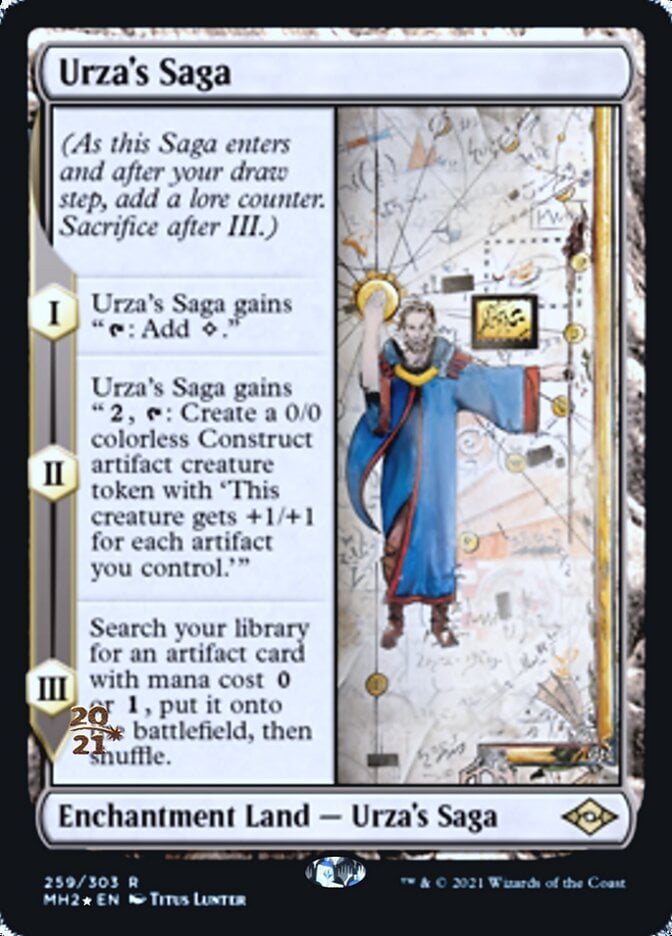
Urza's Saga is the kind of land with enough valuable text you wouldn’t be surprised if it didn’t tap for mana, but it does. On top of creating two Construct tokens as massive threats. On top of tutoring all kinds of powerful artifacts, from Sol Ring and Shadowspear to Pithing Needle and Colossus Hammer. You can’t ask a land for much more, except tapping for a billion mana.
#4. Gaea’s Cradle
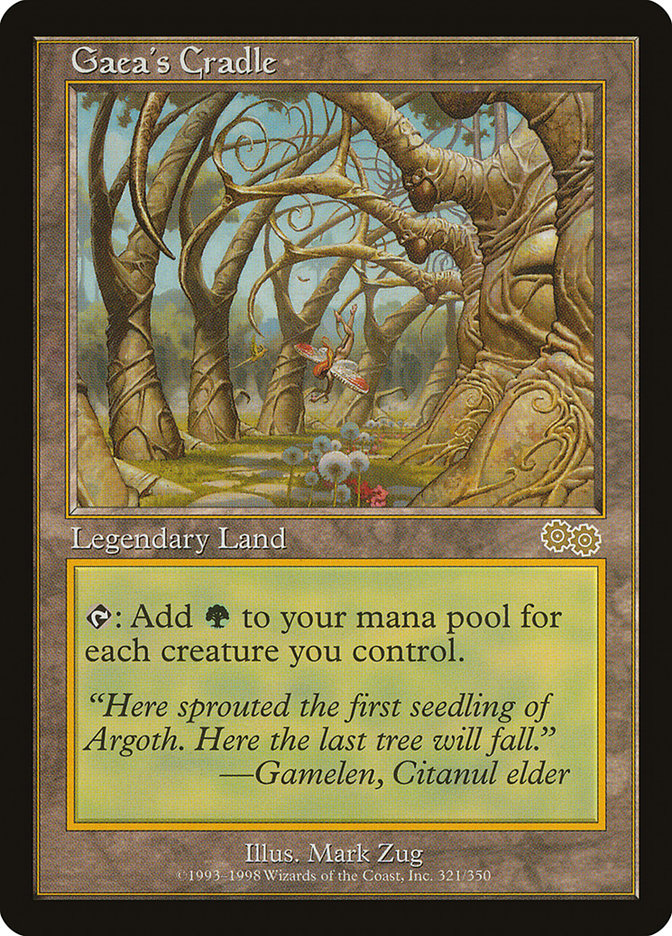
Why yes, I’d love to pay for Craterhoof Behemoth with one land. Elves decks leverage Gaea's Cradle well, but any deck capable of flooding the battlefield with small creatures utilizes this card to excellent results. You need to be heavy on green cards for this to pay off, but that's just fine with finishers like Craterhoof and Portal to Phyrexia.
#3. Bazaar of Baghdad

The most broken things you can do begin in the graveyard, making Bazaar of Baghdad an invaluable tool for some of the least fair decks around. Sure, it doesn’t add mana, but who needs it to when it fills your graveyard for nothing? Dredge decks sing with this around, and it’s not bad in Cube either.
#2. Tolarian Academy
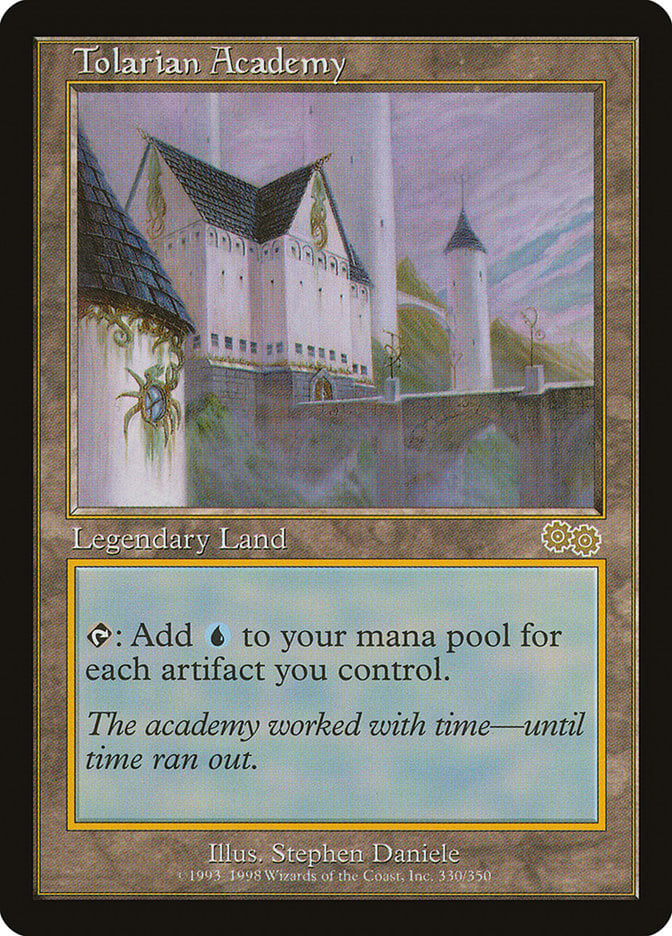
One of the most fearsome lands ever printed, Tolarian Academy is legal in only the strongest formats. It’s just broken. Historically, blue is the game’s strongest color, and artifacts are often the most broken permanent type. Pairing the two together gives you a classic combination that works wonders in all manner of decks.
#1. Fetch Lands
There are flashier lands than Scalding Tarn and friends. But so many formats are defined by their access to fetch lands. Brainstorm’s ubiquity in Legacy wouldn’t exist without fetch lands to shuffle away excess cards. Pauper decks use spells like Mental Note and Squadron Hawk to replicate this. As good as the Triomes were for Modern’s 4- or 5-color decks, the consistency of fetch lands is arguably more important. Mechanics like delve and landfall become far stronger by their existence. It’s not a stretch to say modern Magic would look vastly different without fetch lands, making them a natural card to claim the top spot.
Best Lands Payoffs
The best land payoffs depend on what lands you want to leverage, and how.
If you want to leverage having the most lands possible for ramp strategies, landfall cards are particularly useful. Aesi, Tyrant of Gyre Strait, and Scute Swarm take over the long game while Omnath, Locus of Creation and Lotus Cobra dominate early. These decks will want as many fetch lands as they can afford as well as spells like Harrow, Reshape the Earth, and Scapeshift to put multiple lands into play a turn.
If you want to utilize the more specific but powerful lands, like the Tron lands and The Tabernacle at Pendrell Vale, you need land tutors. Knight of the Reliquary, Crop Rotation, and Expedition Map are some of the best options.
Leveraging lands going to the graveyard is simple. You can get them back directly with Crucible of Worlds and Ramunap Excavator or indirectly via Wrenn and Six and World Shaper. Life from the Loam buys them back and fills the yard.
Some notable payoffs for loading your graveyard with lands include Titania, Protector of Argoth and The Gitrog Monster. Effective ways to get lands in the bin include Squandered Resources, Sylvan Safekeeper, and Zuran Orb. These decks often leverage Strip Mine and Wasteland well.
Of course, you can also go down the path of lands-combo. This can take many different forms. Some land combos focus on untapping lands; this often goes with Karoo lands or Lotus Field with the general goal of generating an obscene amount of mana or infinite landfall triggers. These decks can include Field of the Dead and Valakut, the Molten Pinnacle for win conditions.
Other land combos lean on the graveyard. Dark Depths combos use the graveyard well, as do ones leveraging Fastbond (in the few formats it's legal in). These kinds of decks often overlap heavily with ones playing Titania, Protector of Argoth, and all those land tutors for silver bullets.
Wrap Up

Flooded Strand | Illustration by Andreas Rocha
Understanding how lands function in your decks, as mana-fixing, value cards, or build-around engines, is vital to becoming a better brewer in any format. The lands at your disposal greatly influence the decks you can build.
As such a vital part of Magic, lands are arguably the most important card type in the game, so knowing which are the best can give you an edge over your opponents. What’s your favorite land? Do you enjoy the mana system? Let me know in the comments or on the Draftsim Discord!
Follow Draftsim for awesome articles and set updates: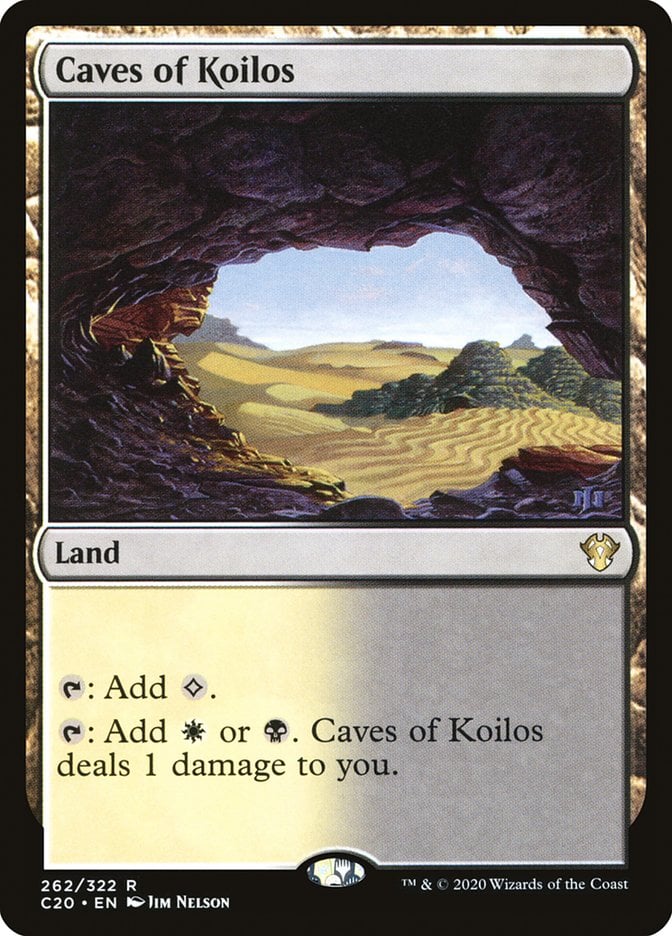


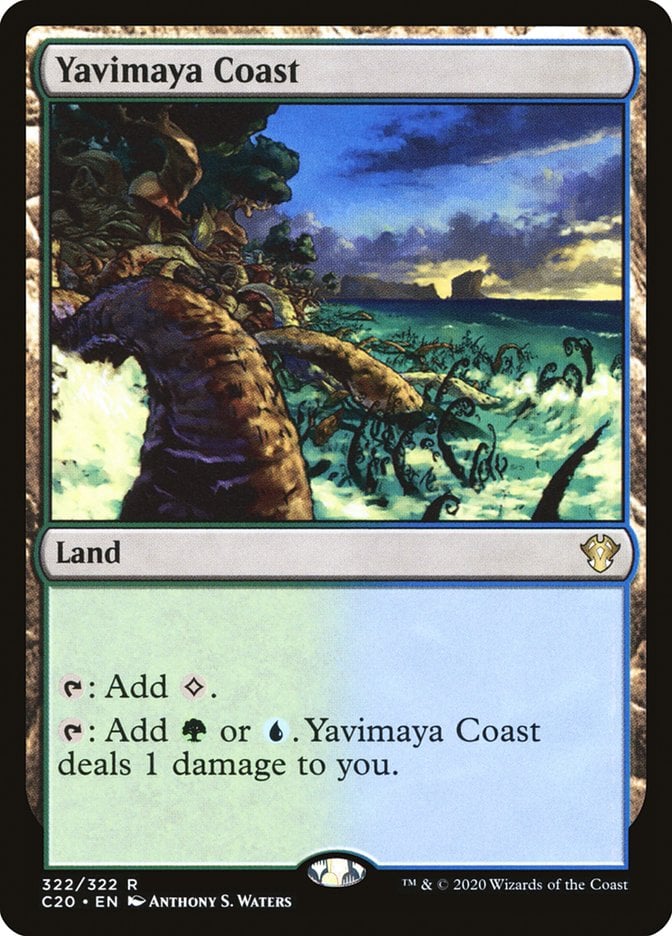
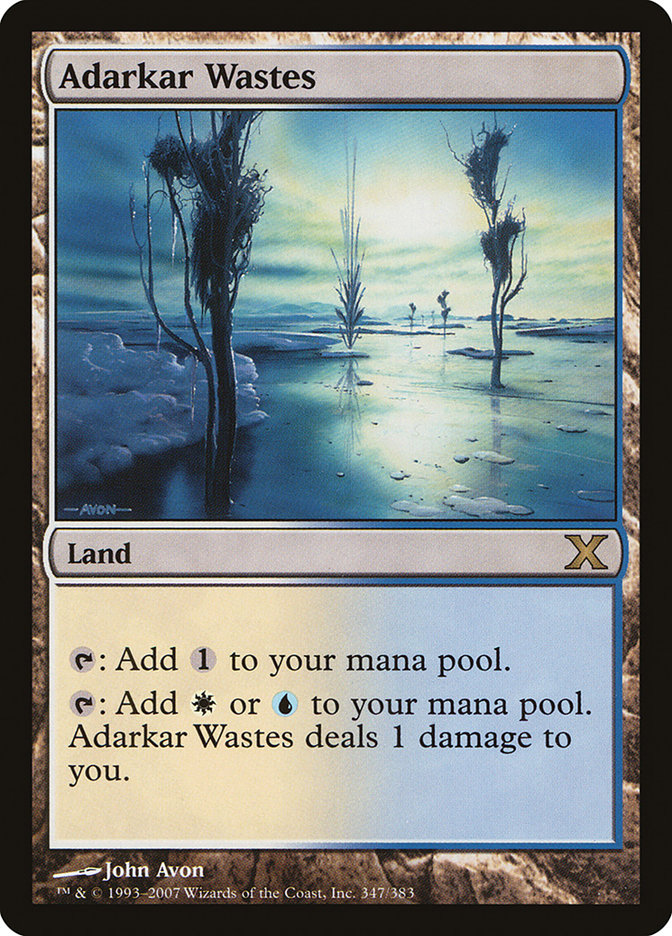
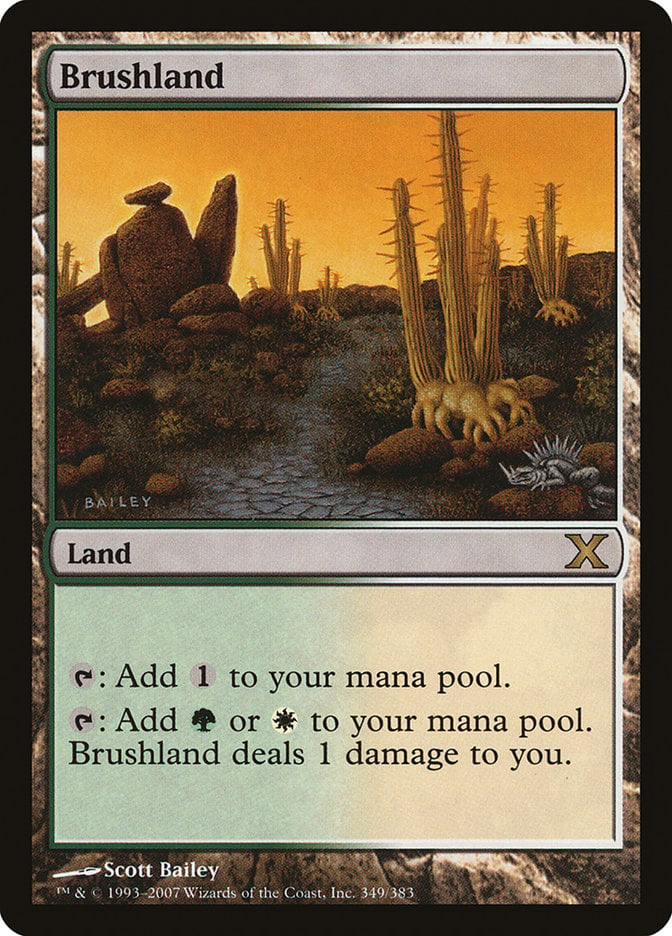
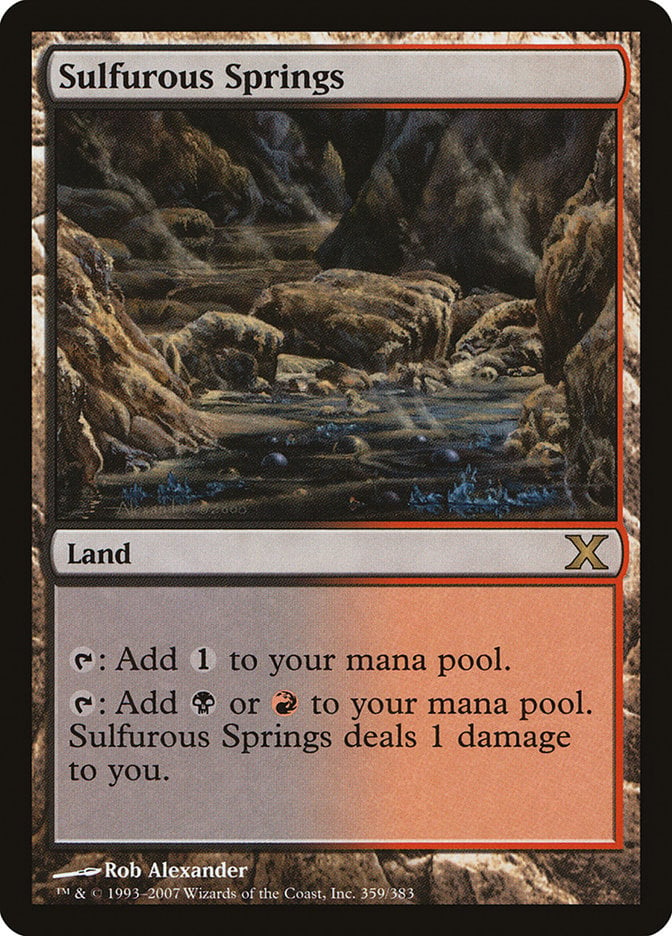
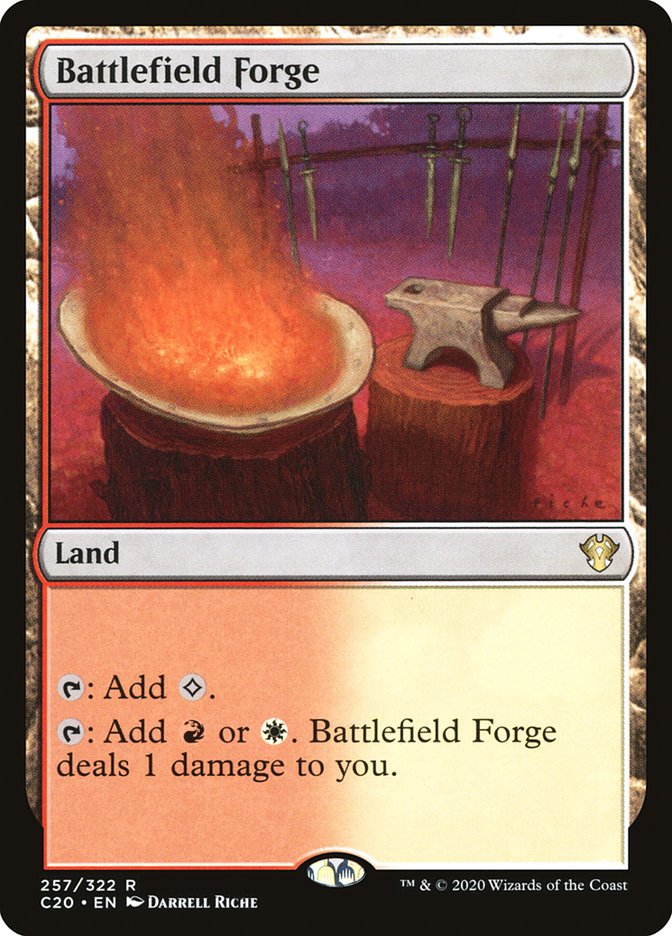



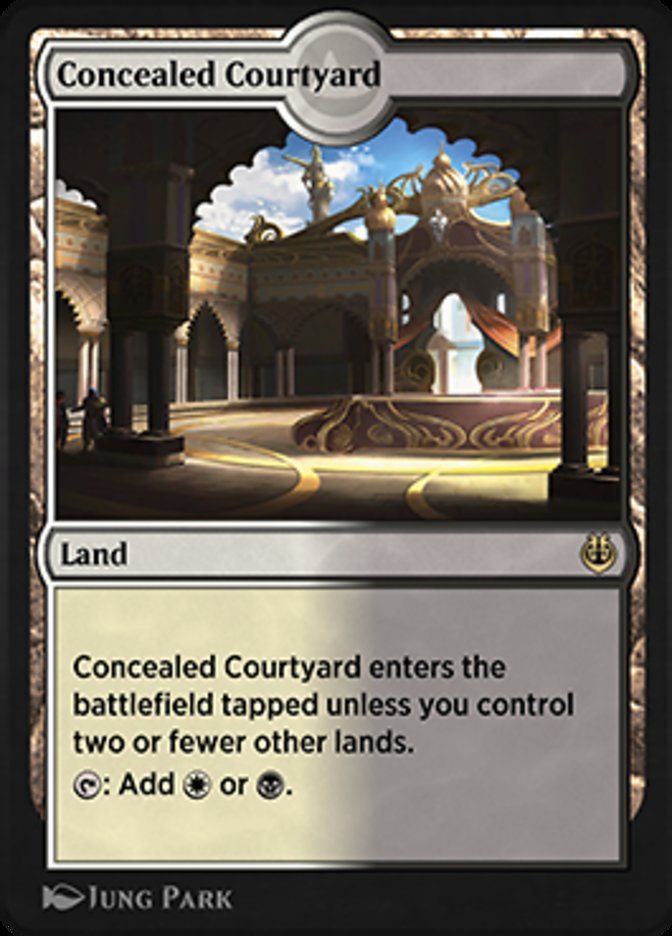


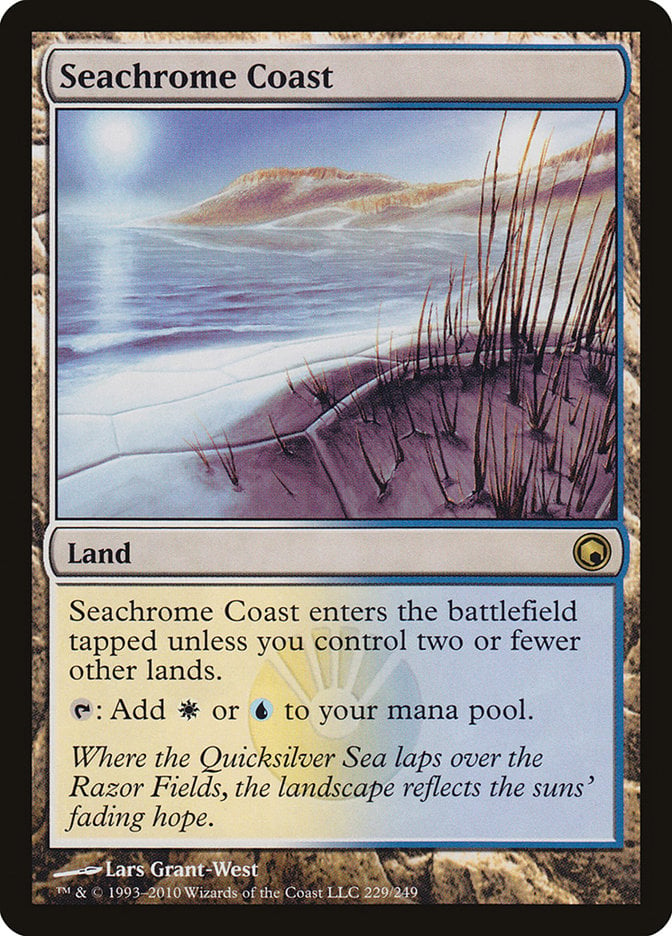
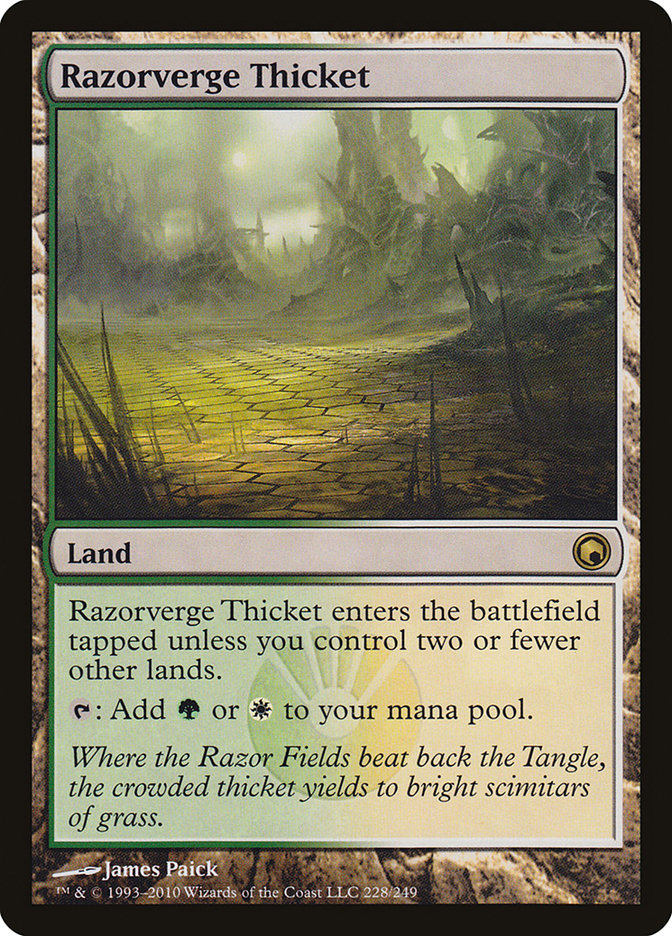

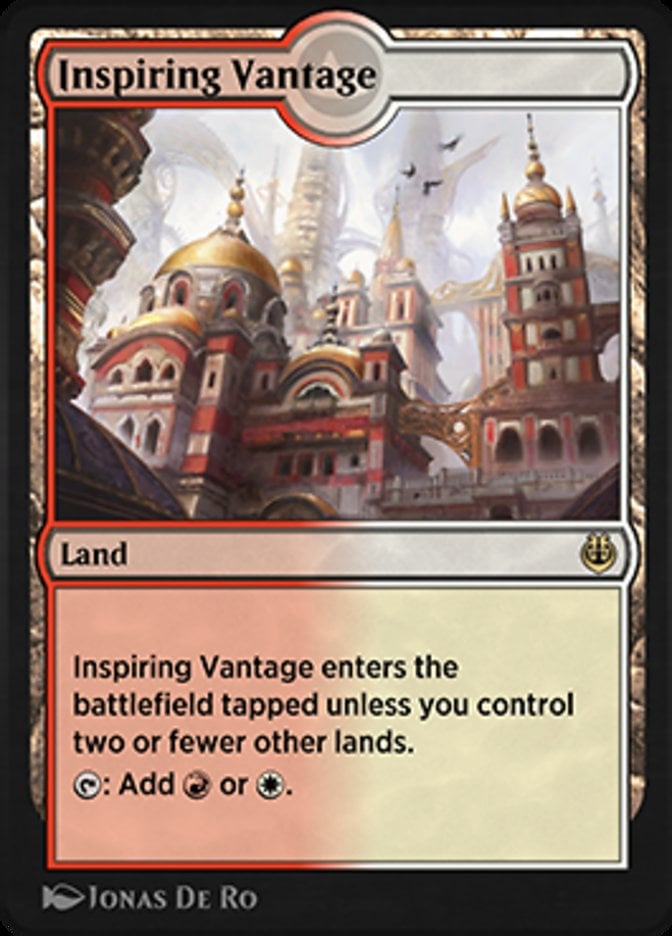

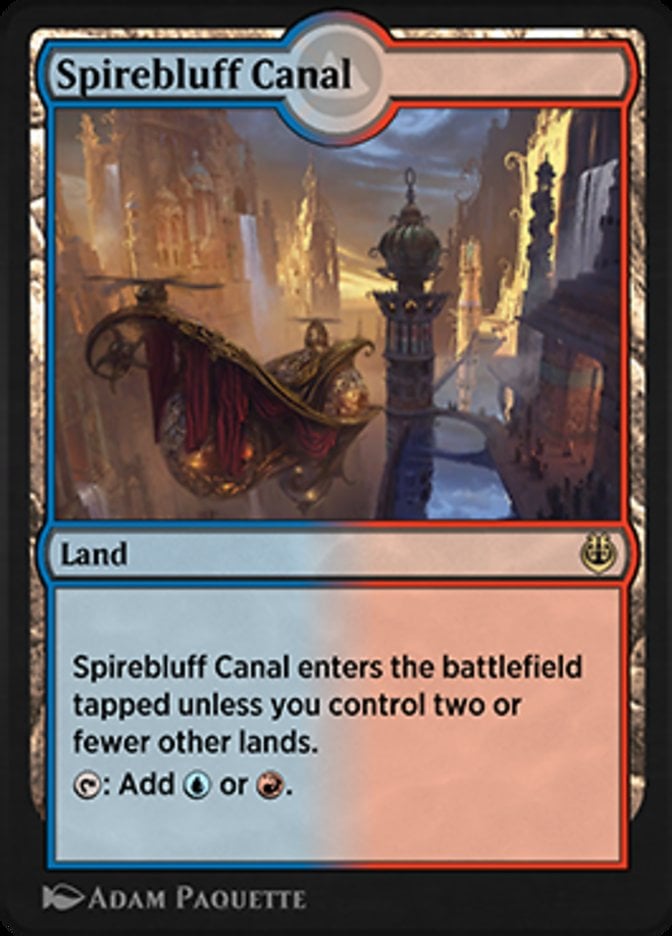
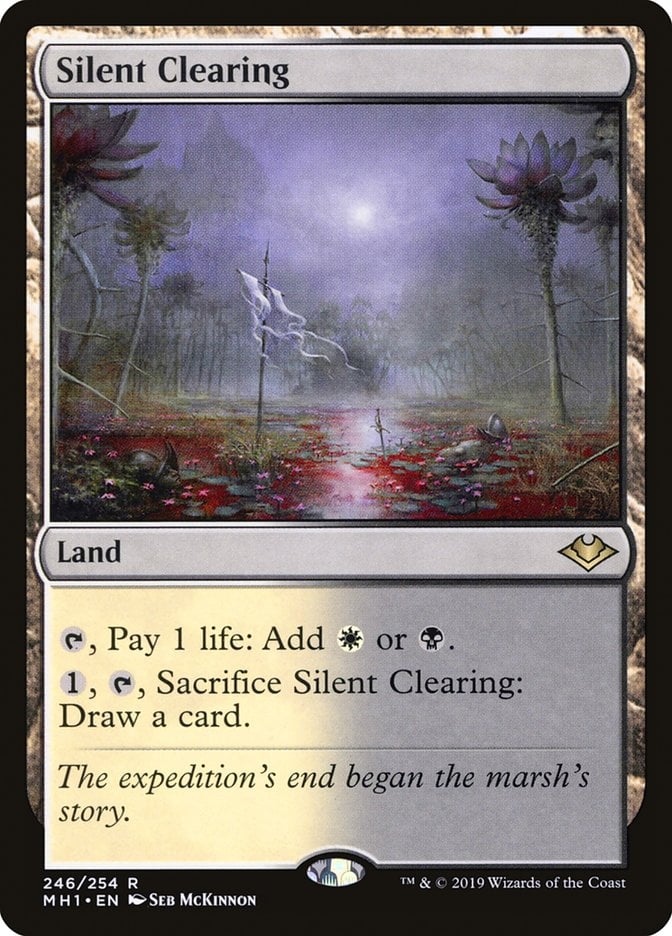
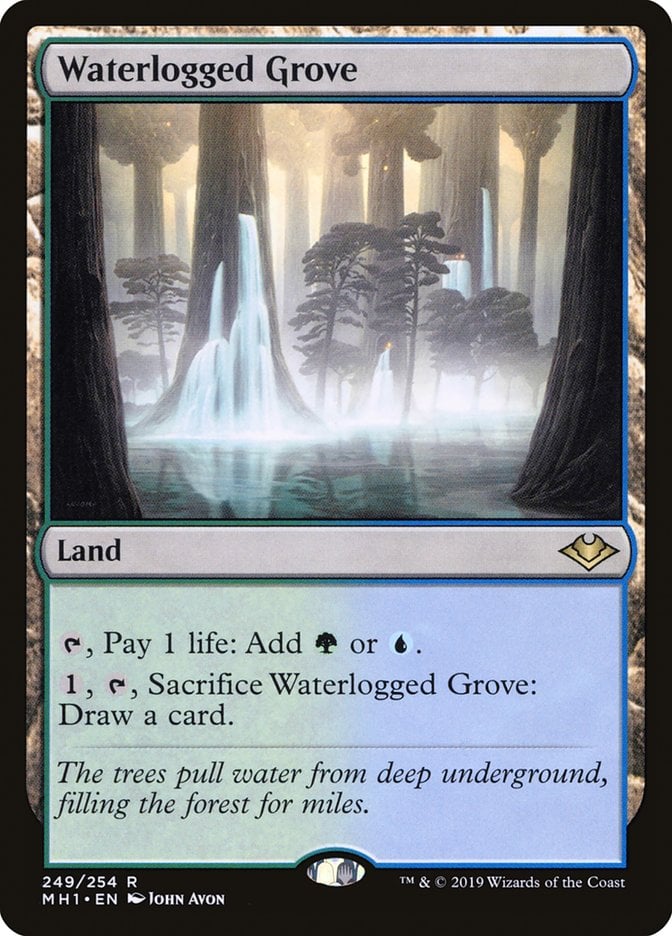
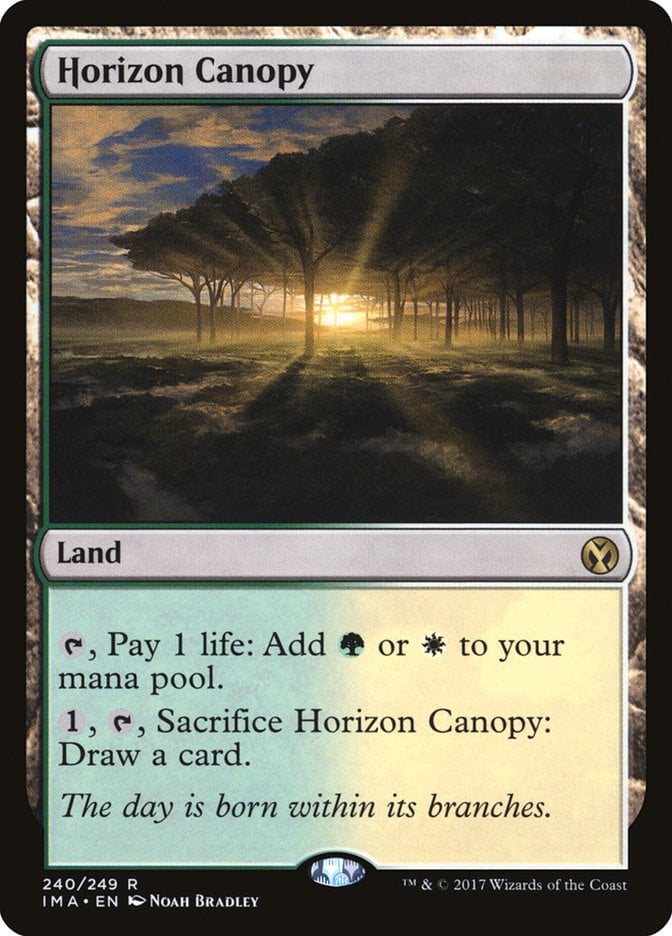

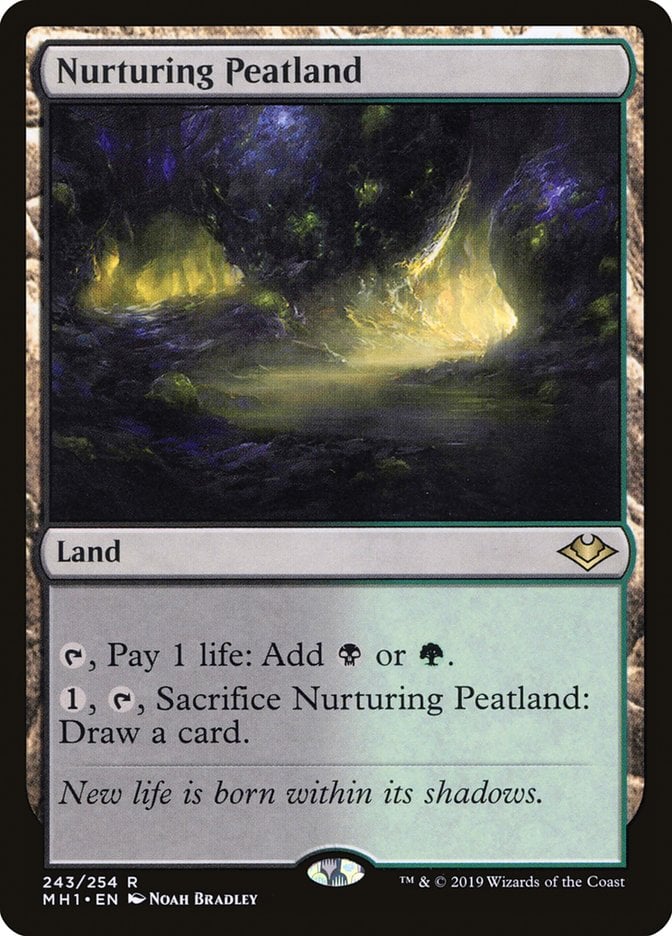
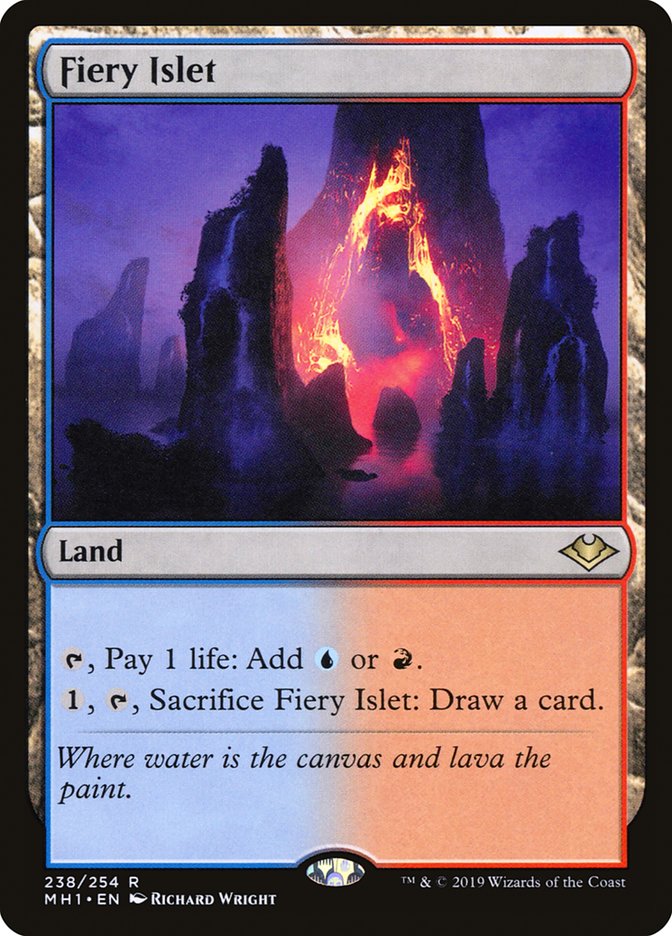
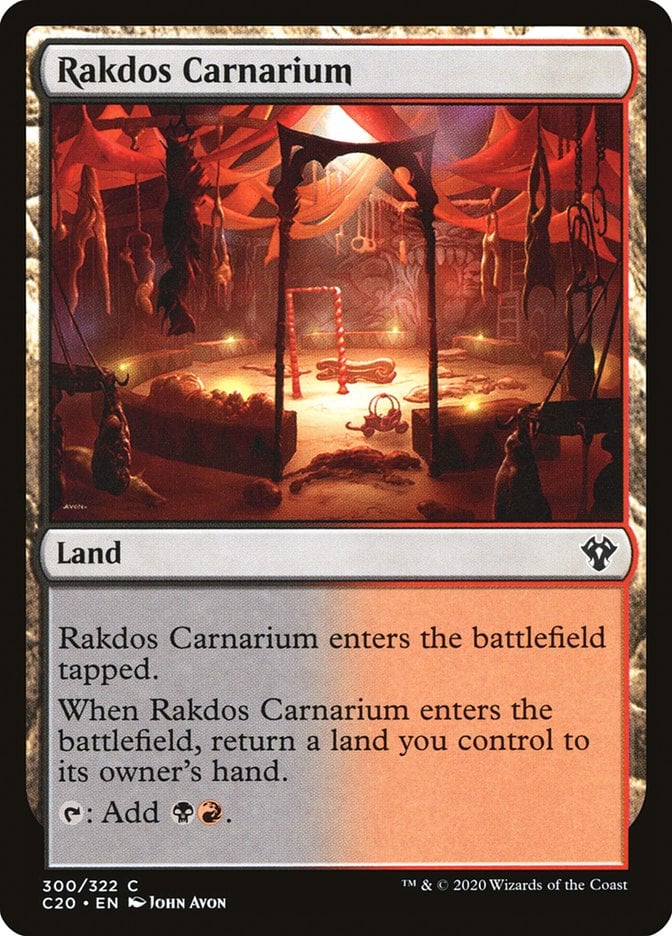
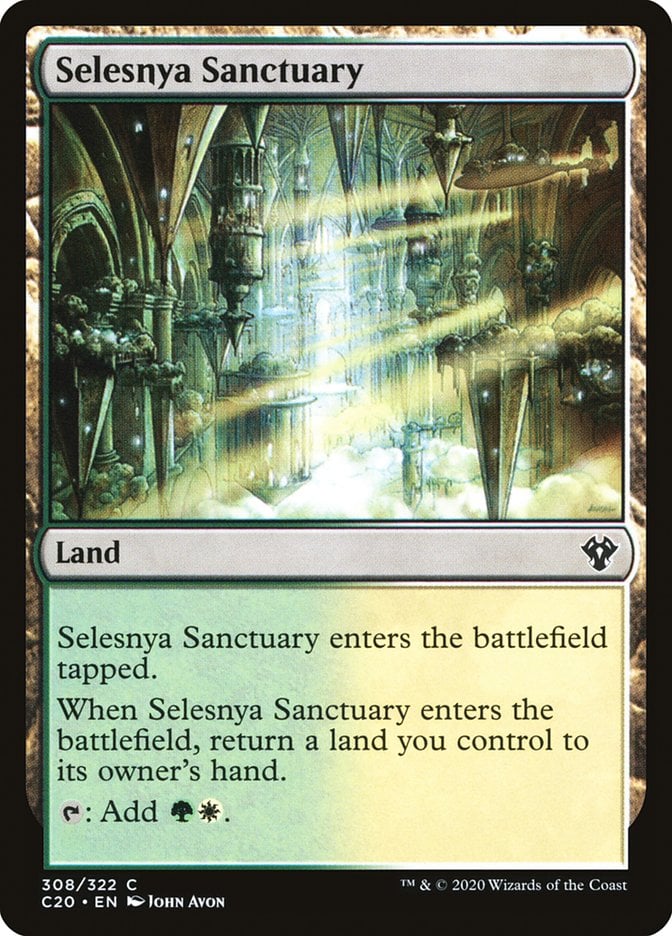

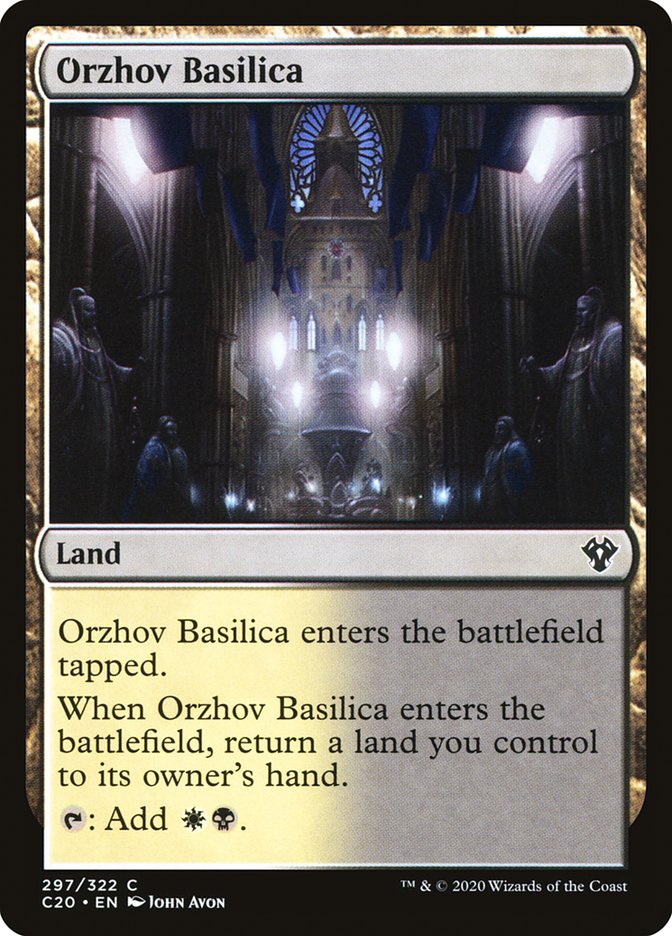
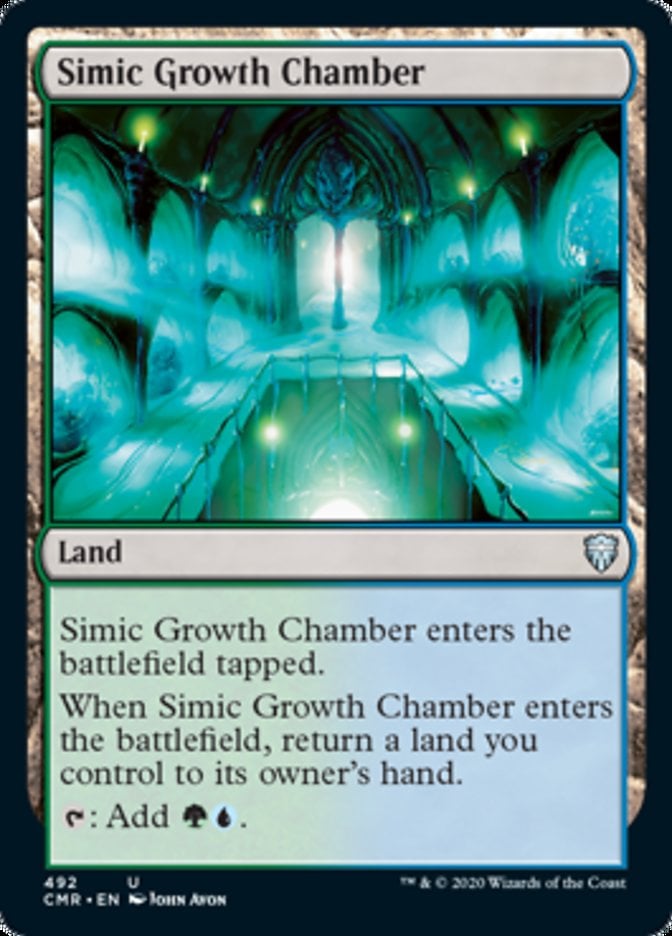
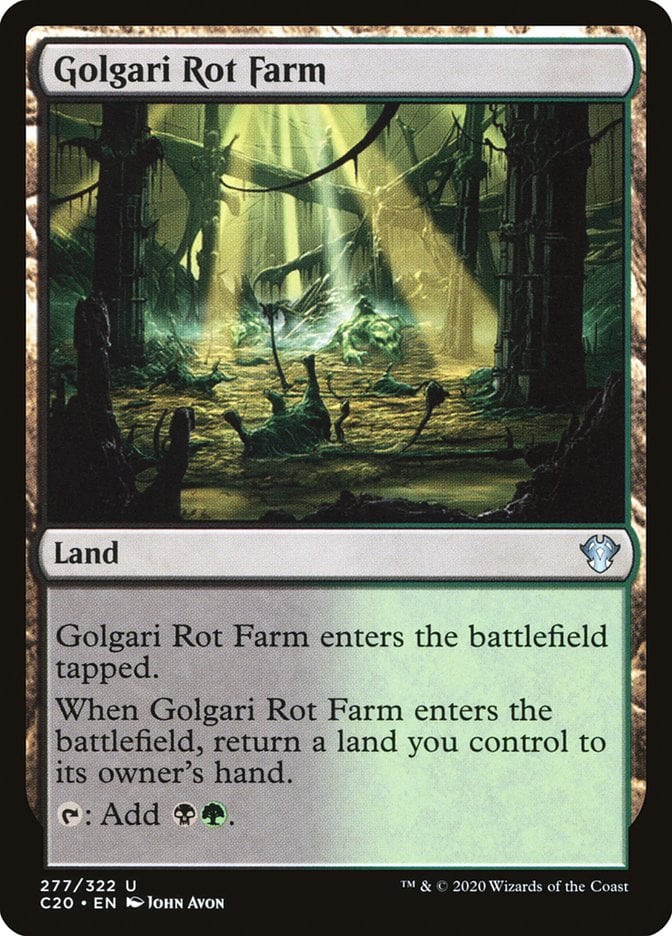
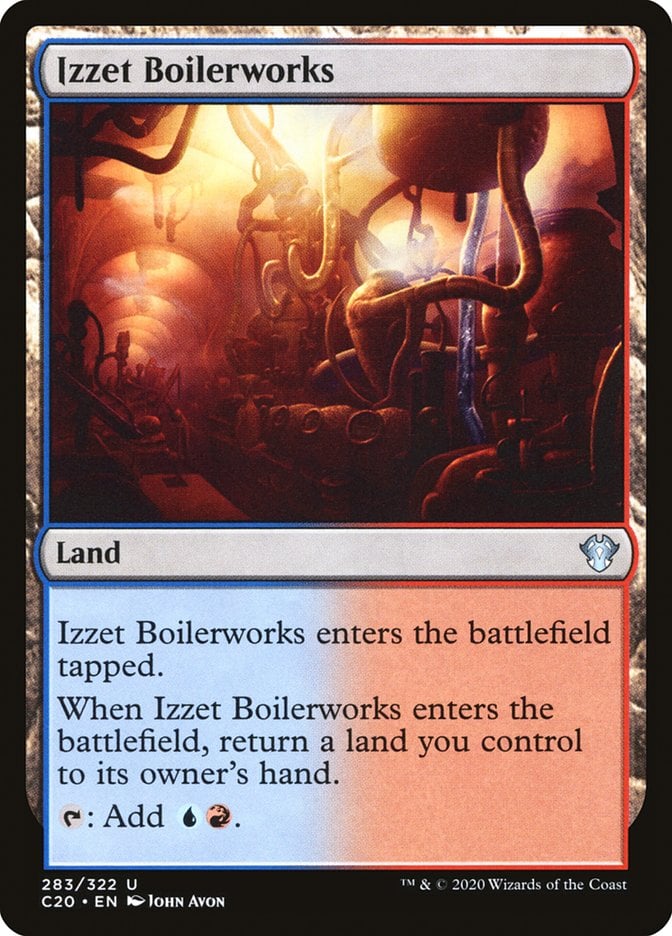
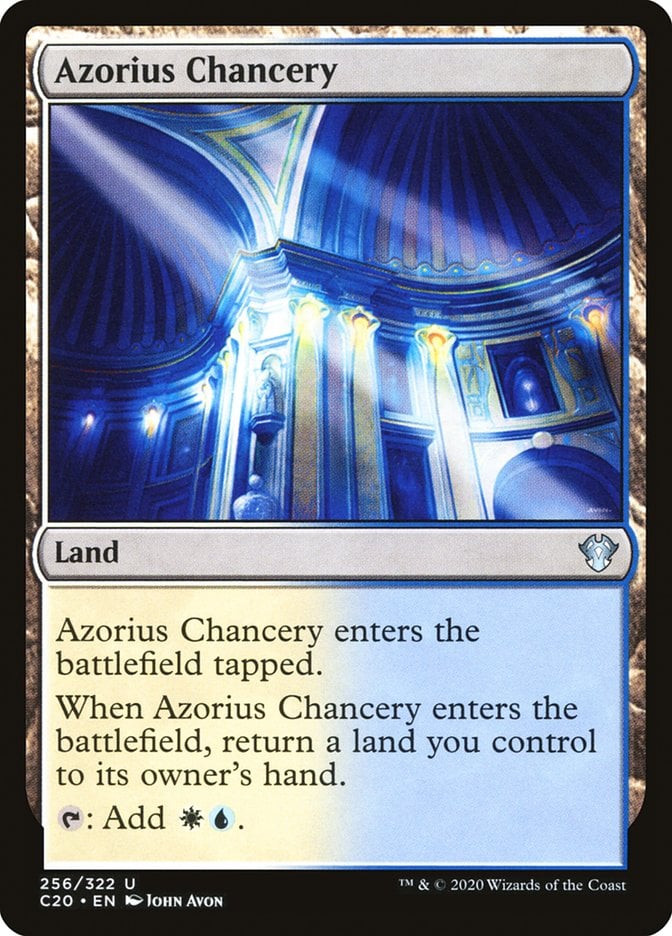
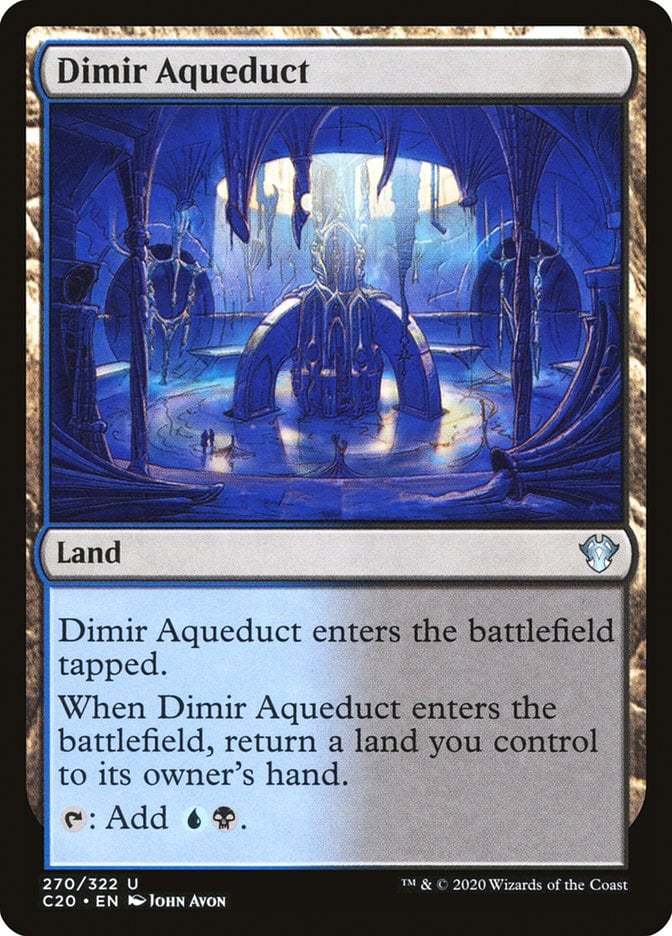
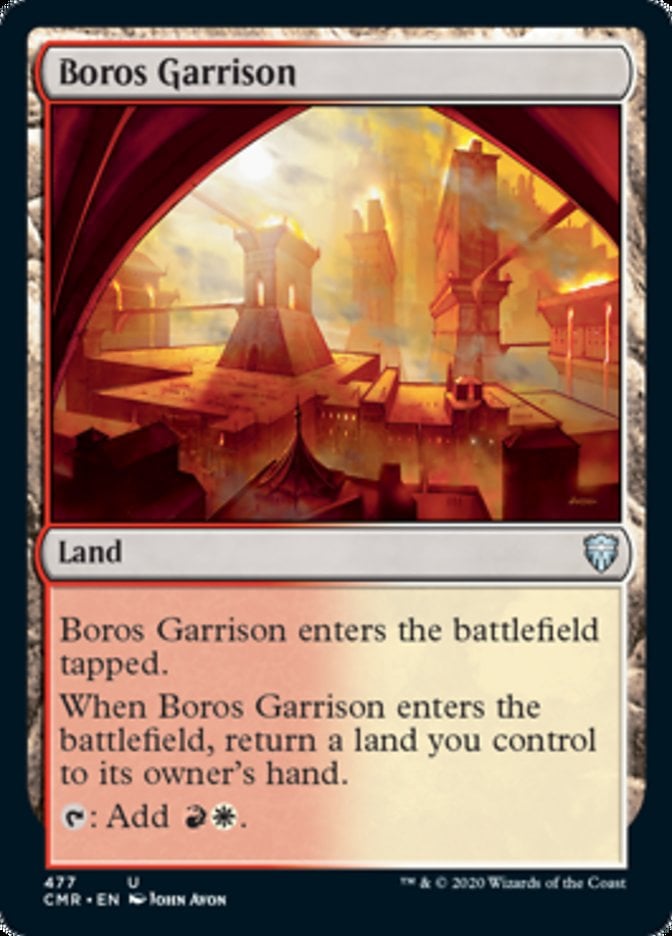
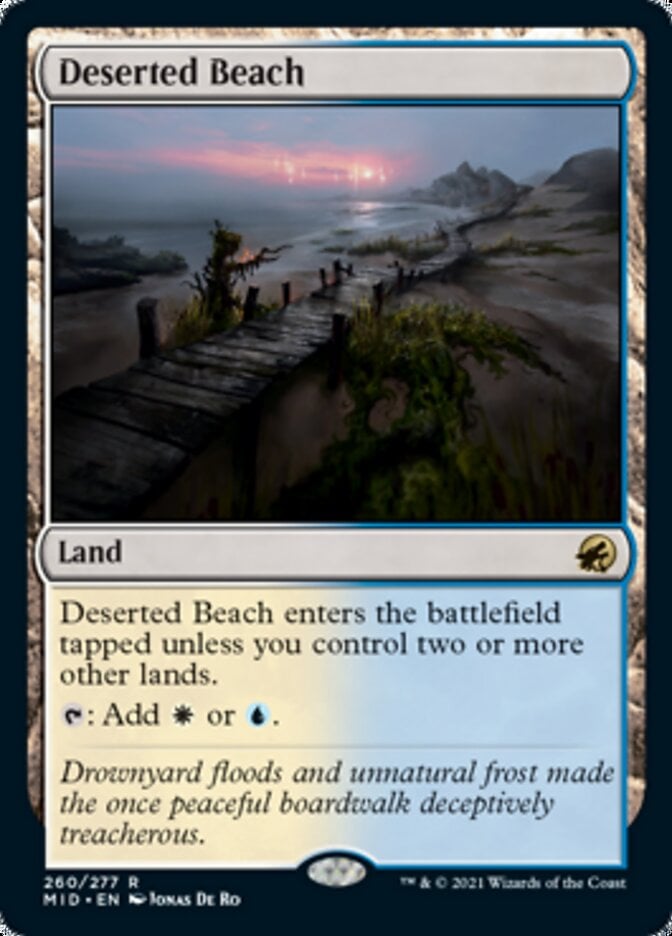
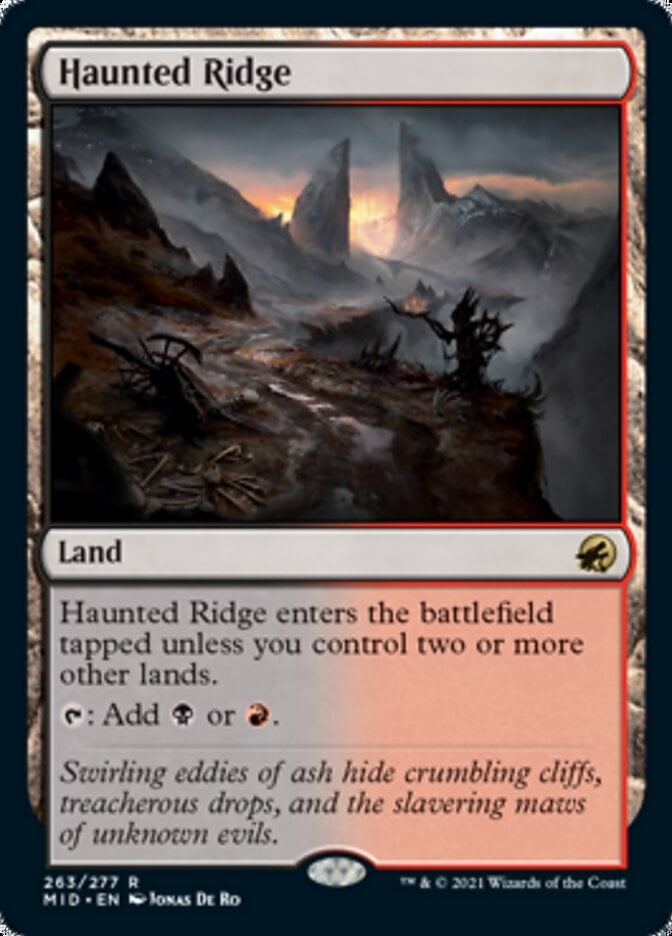


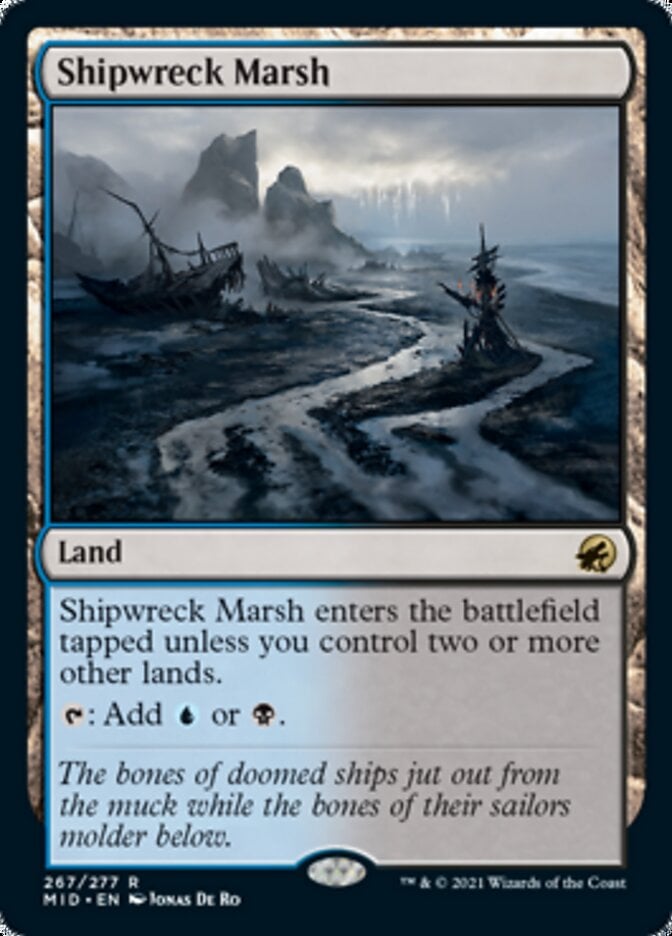

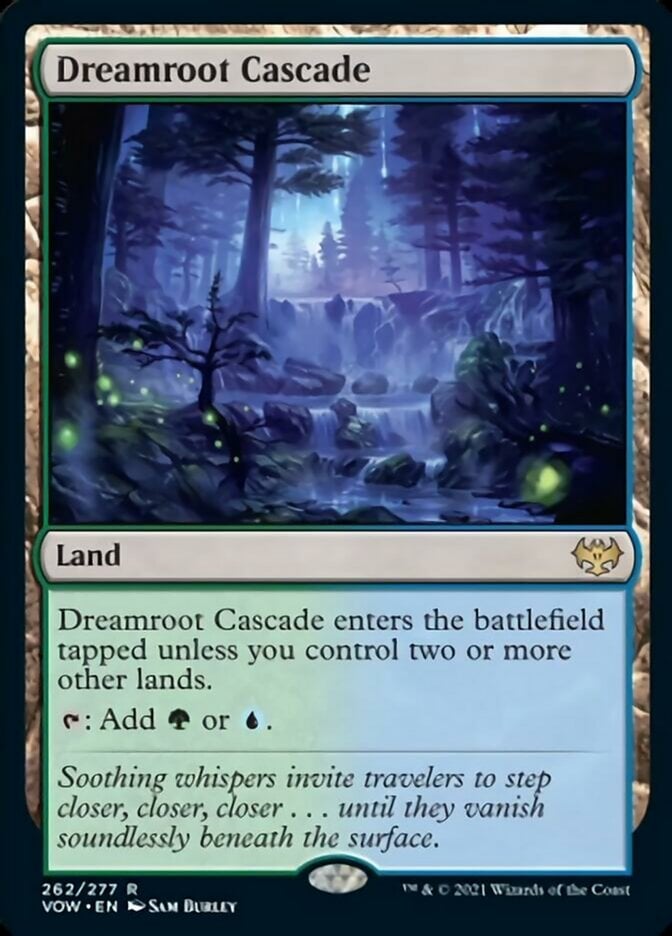

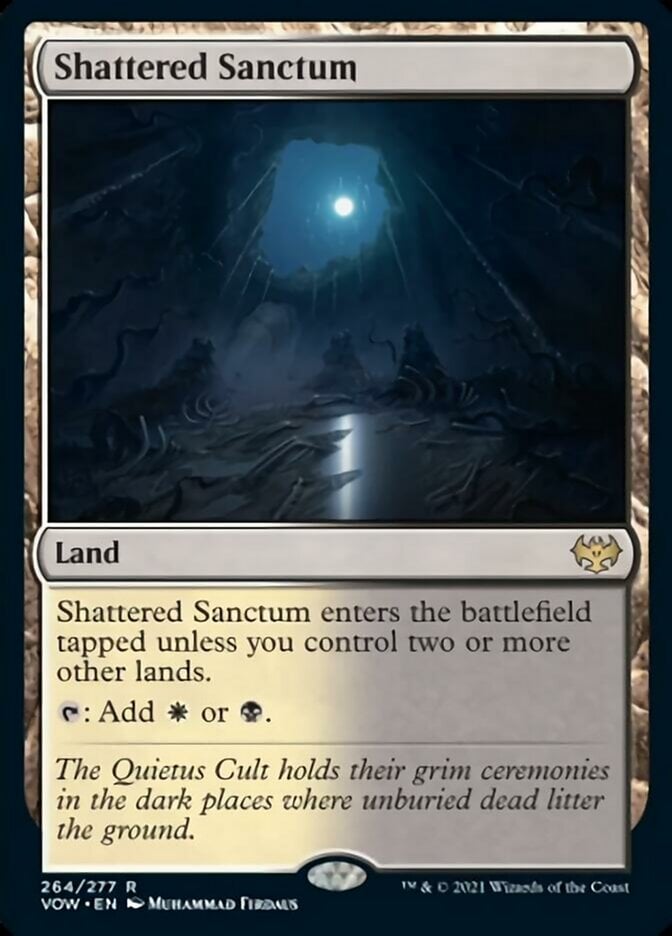
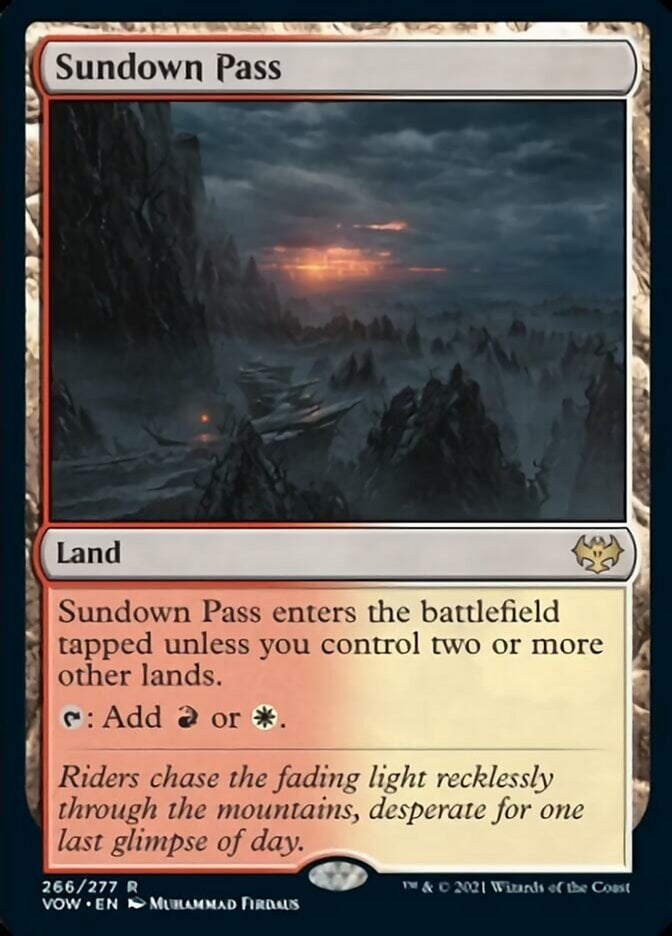
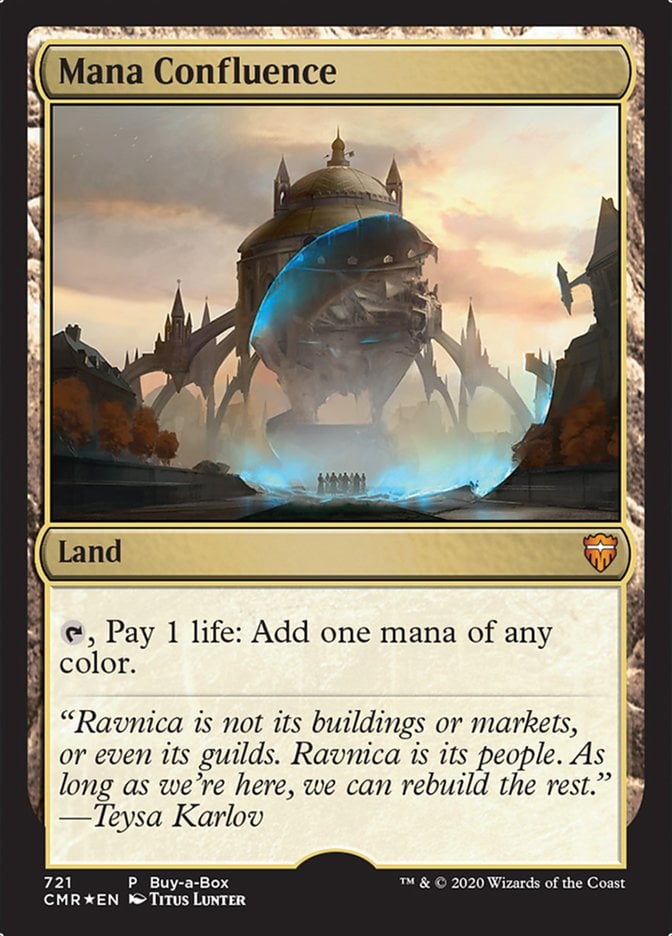
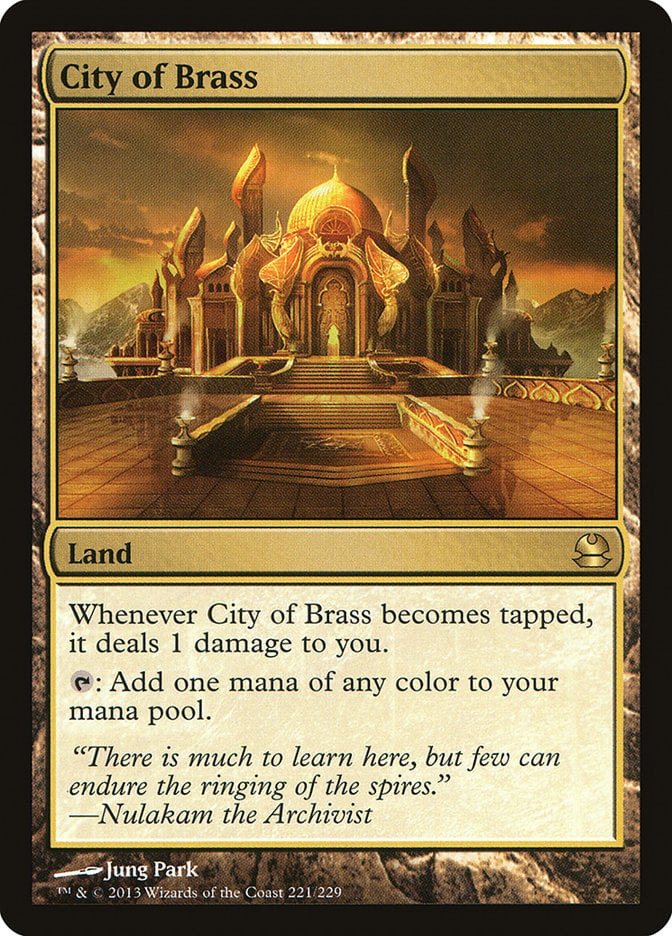
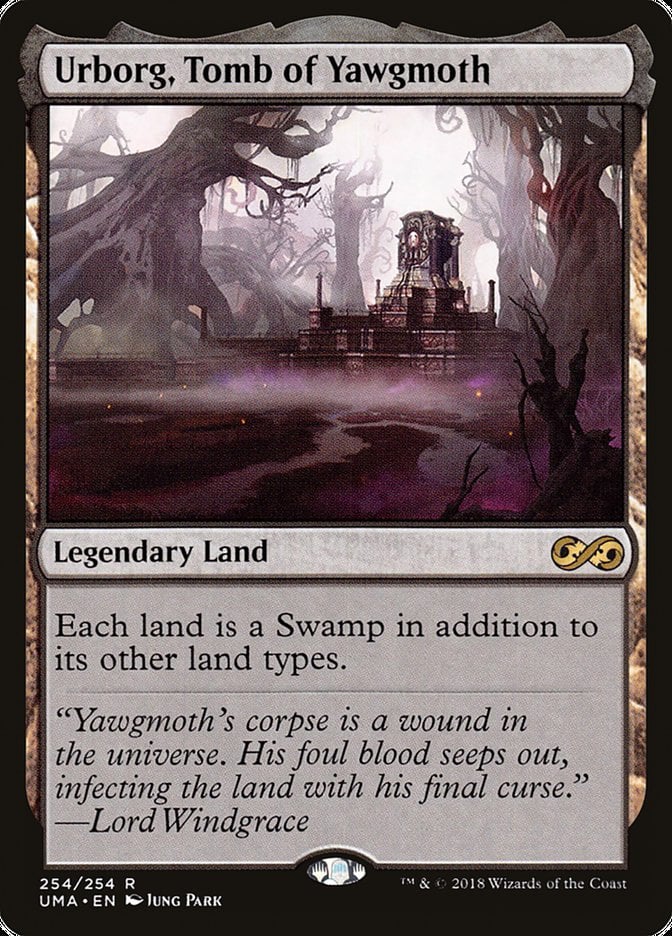
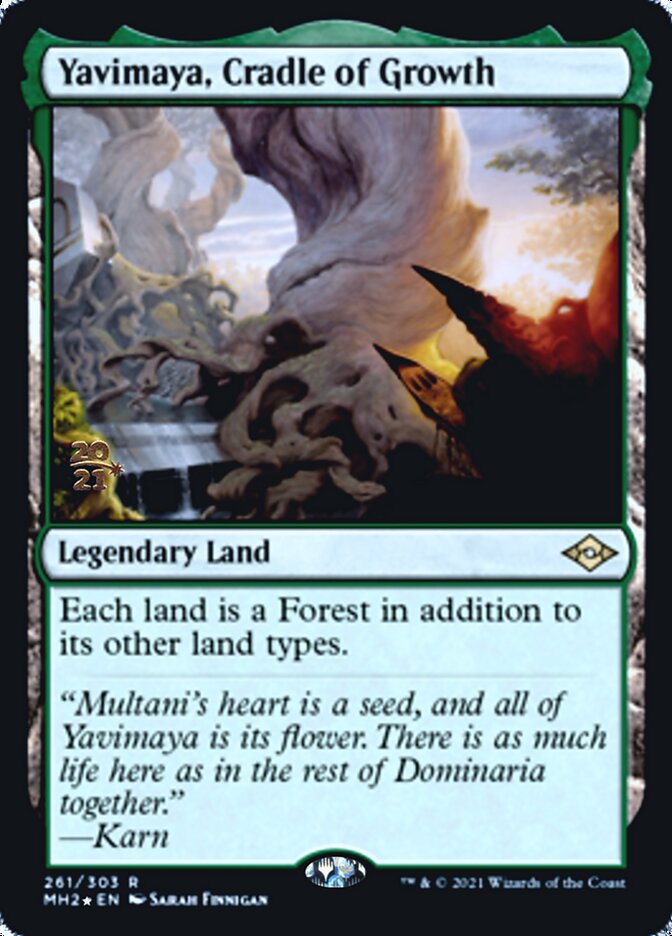
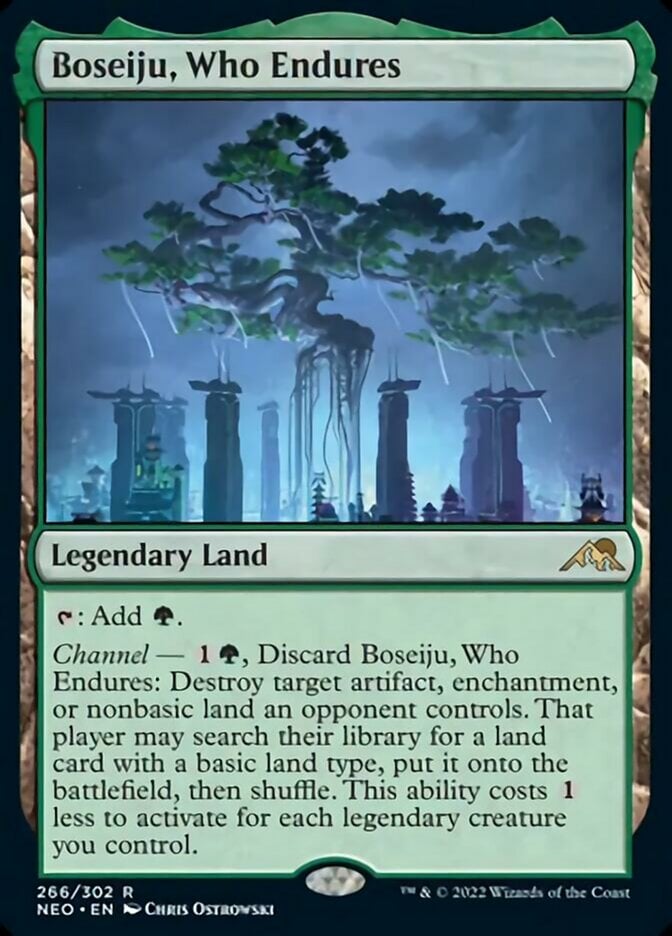

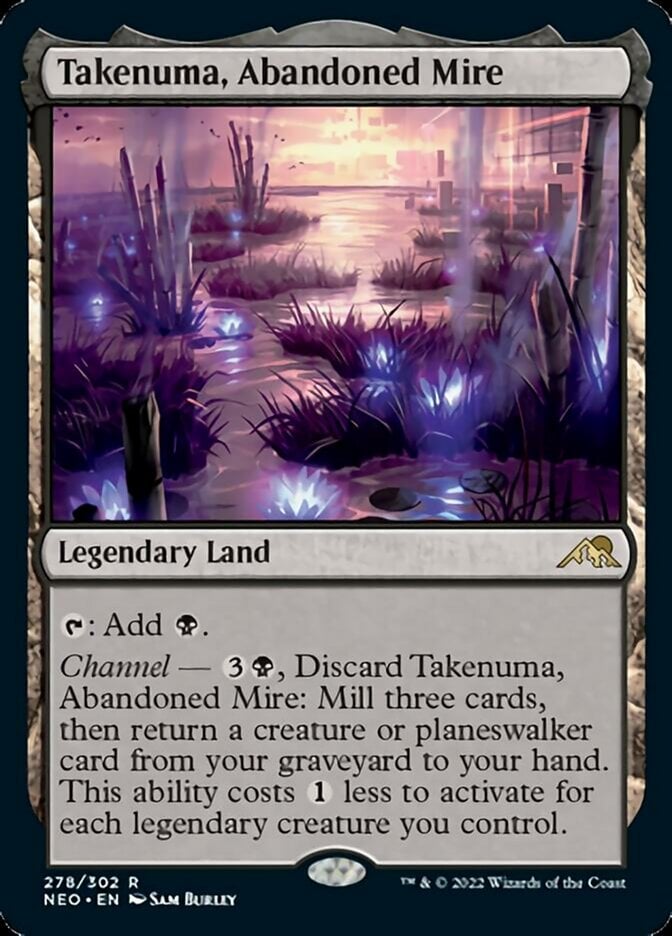
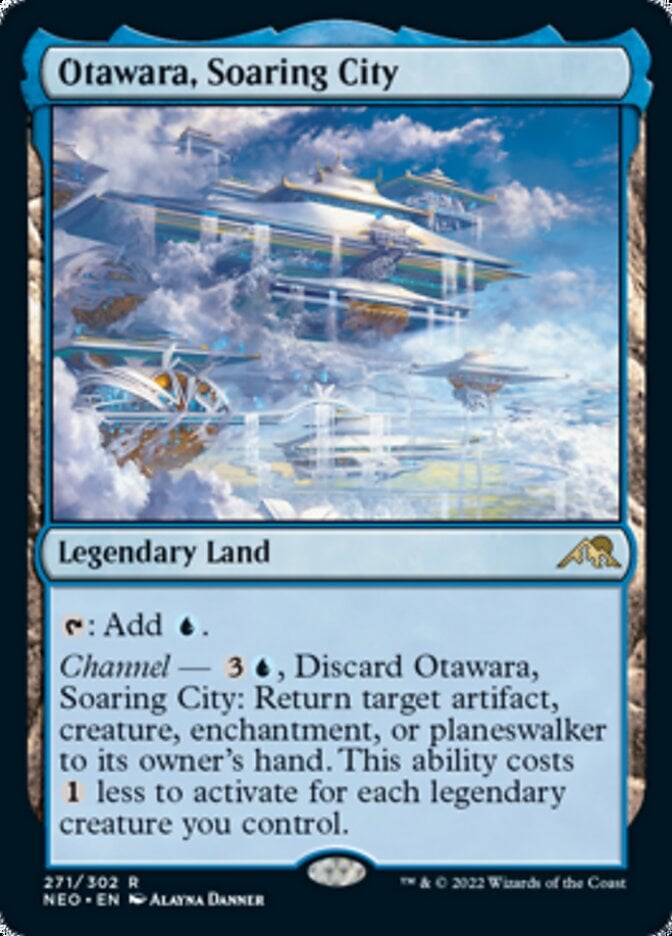
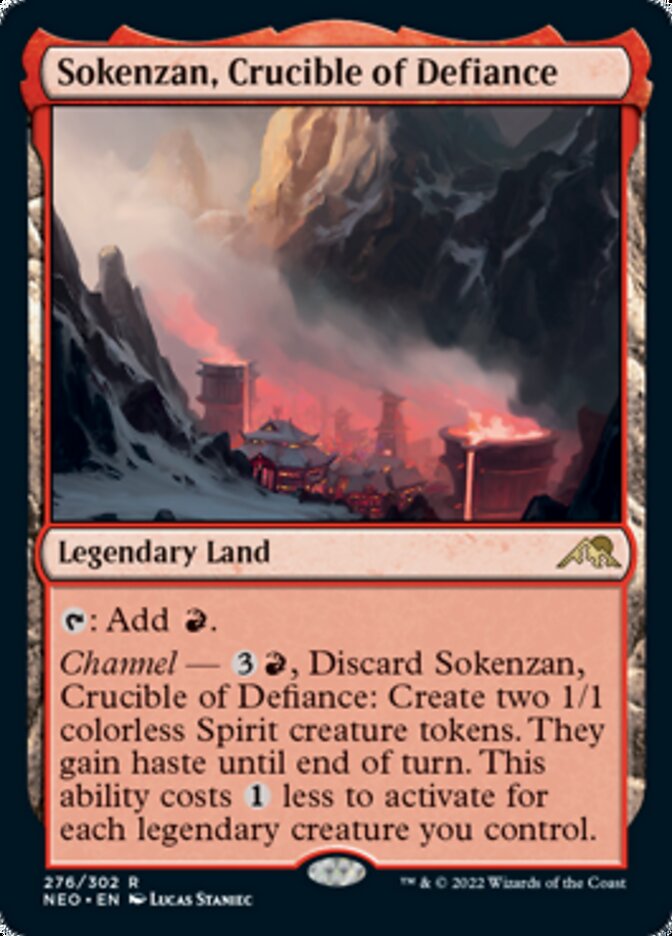
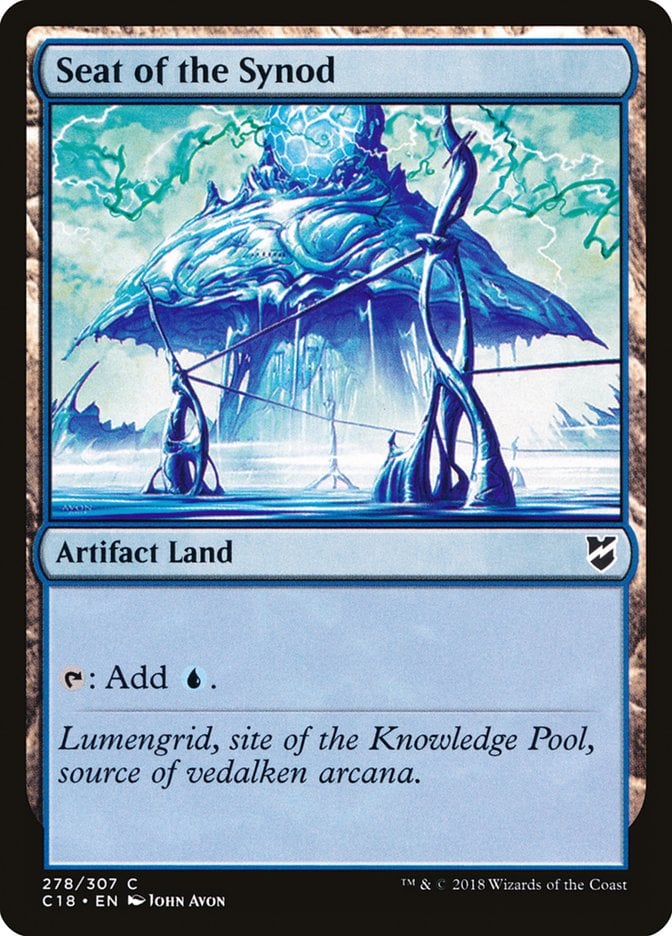
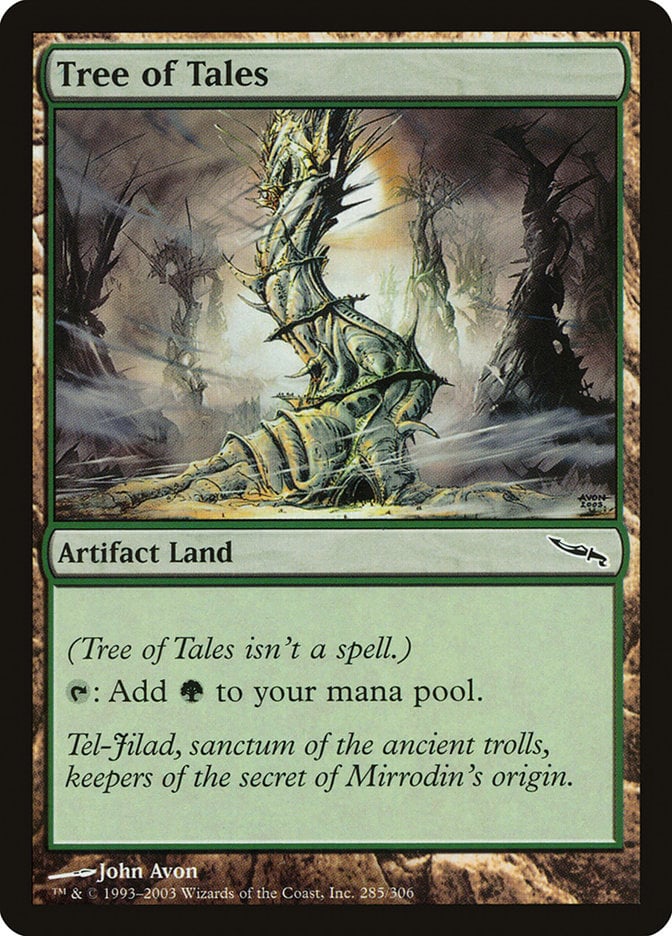
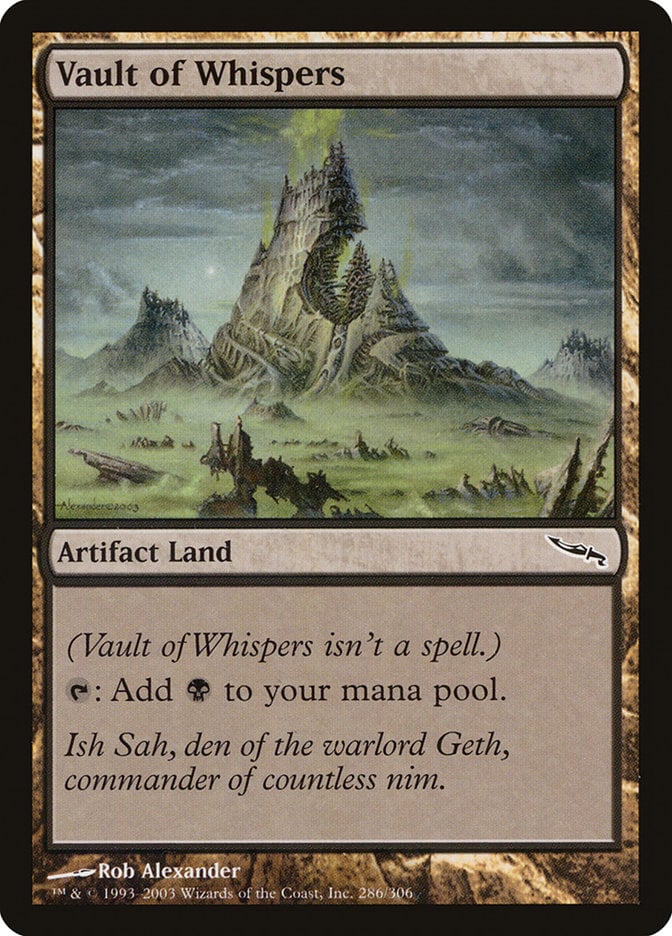
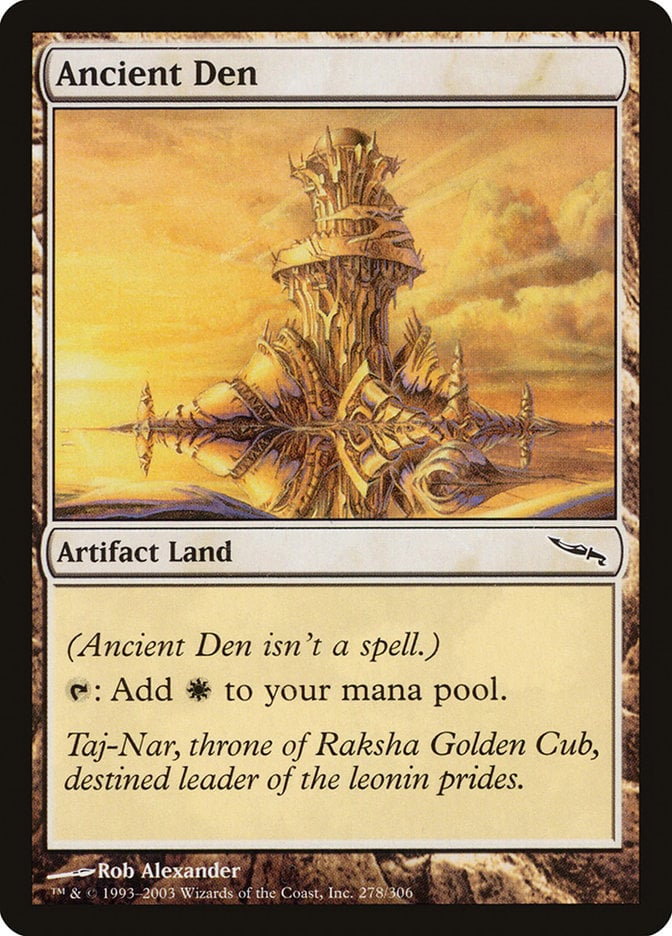
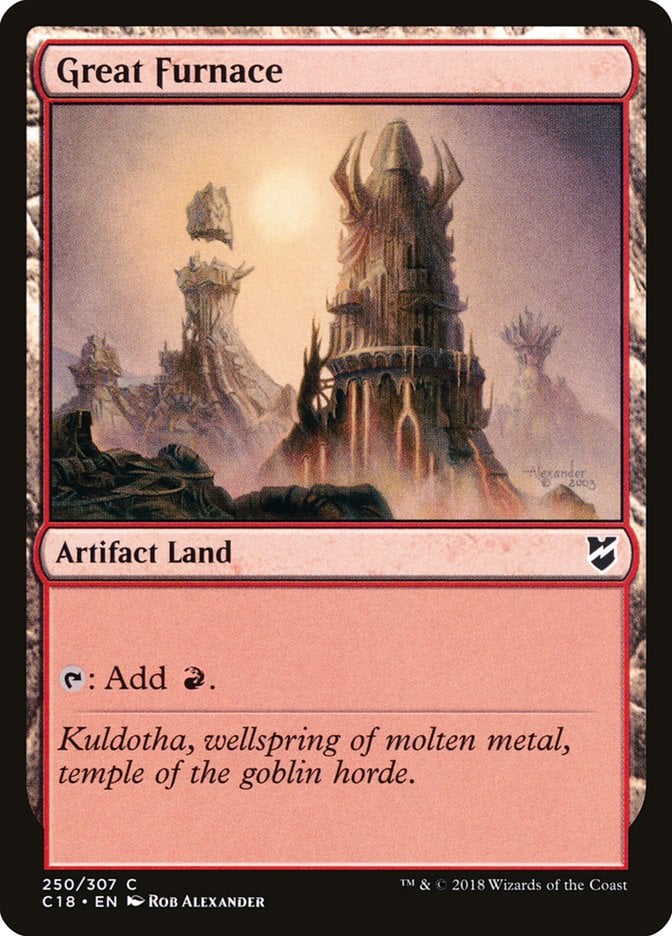
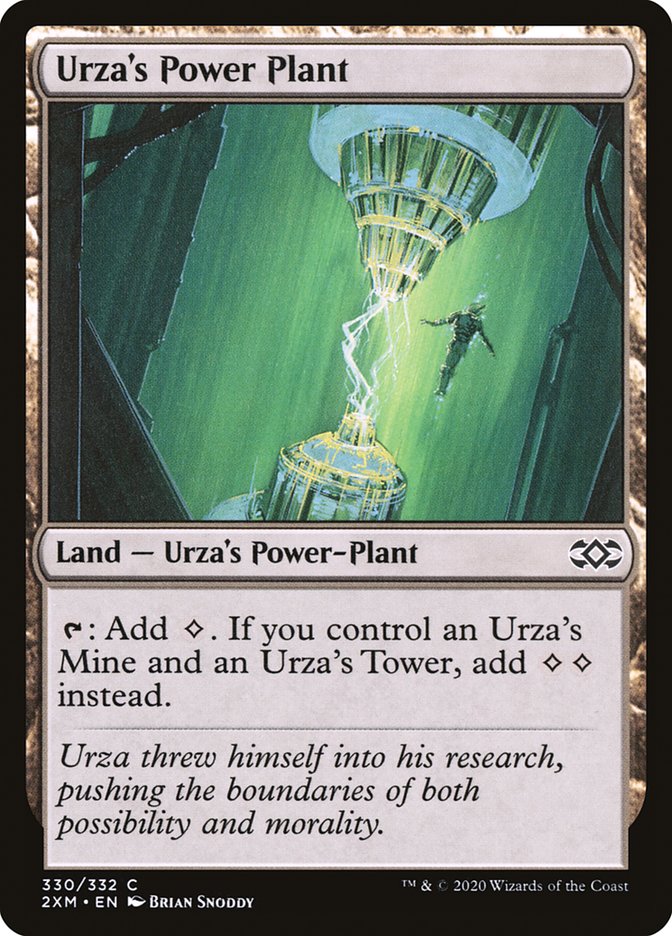
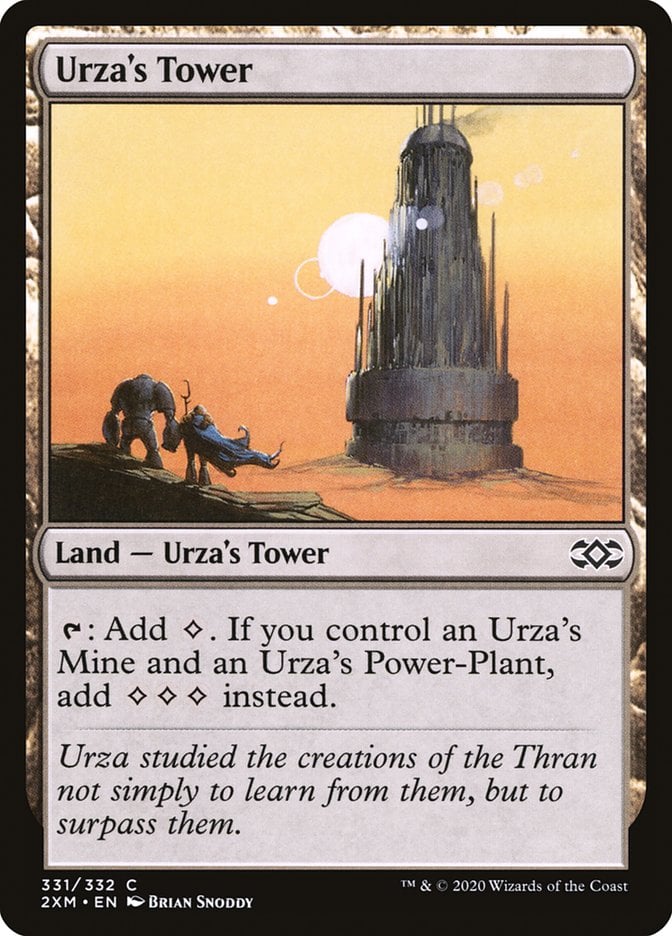
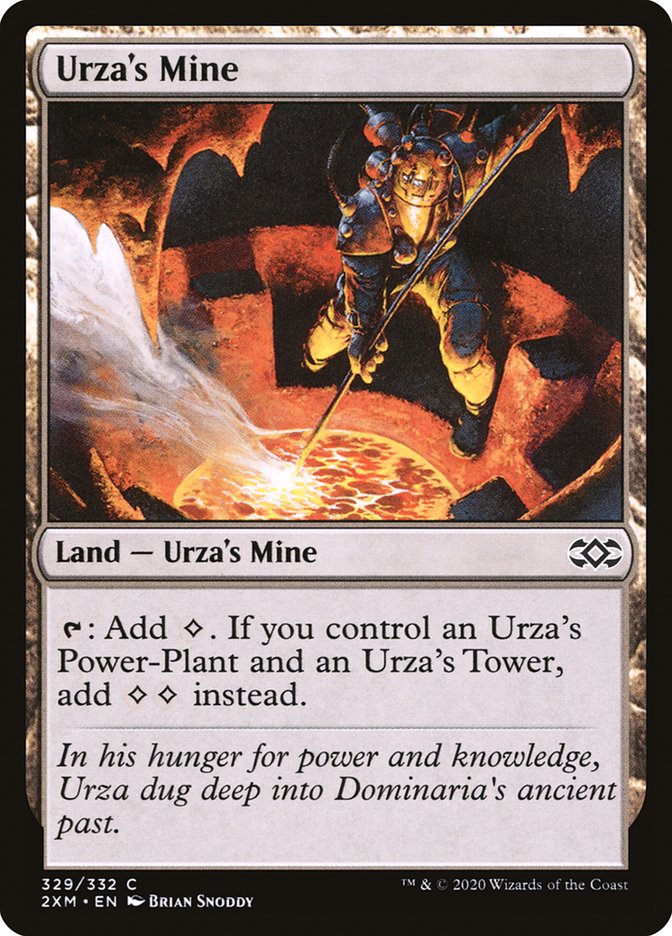
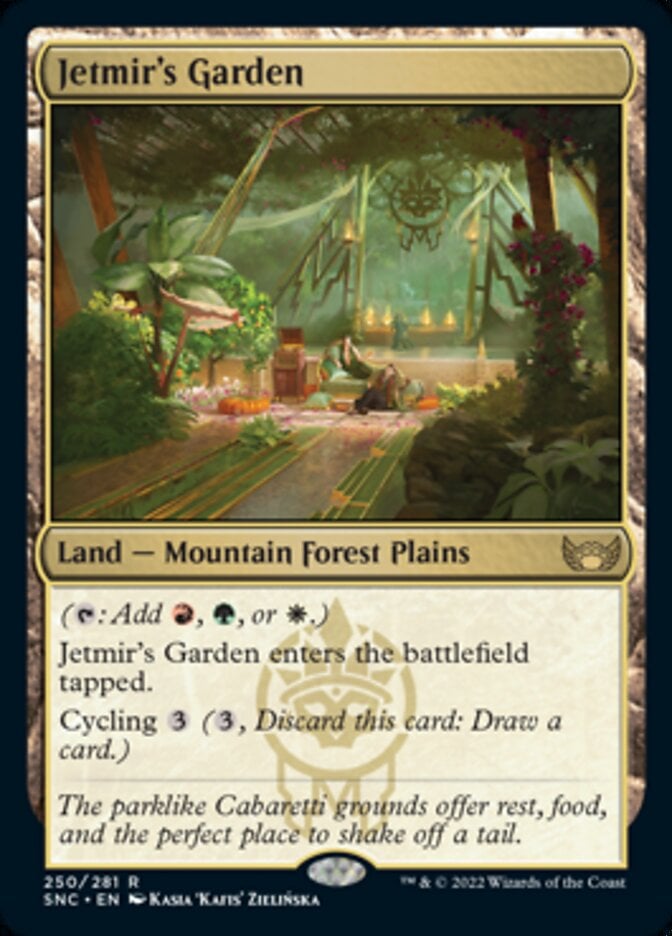
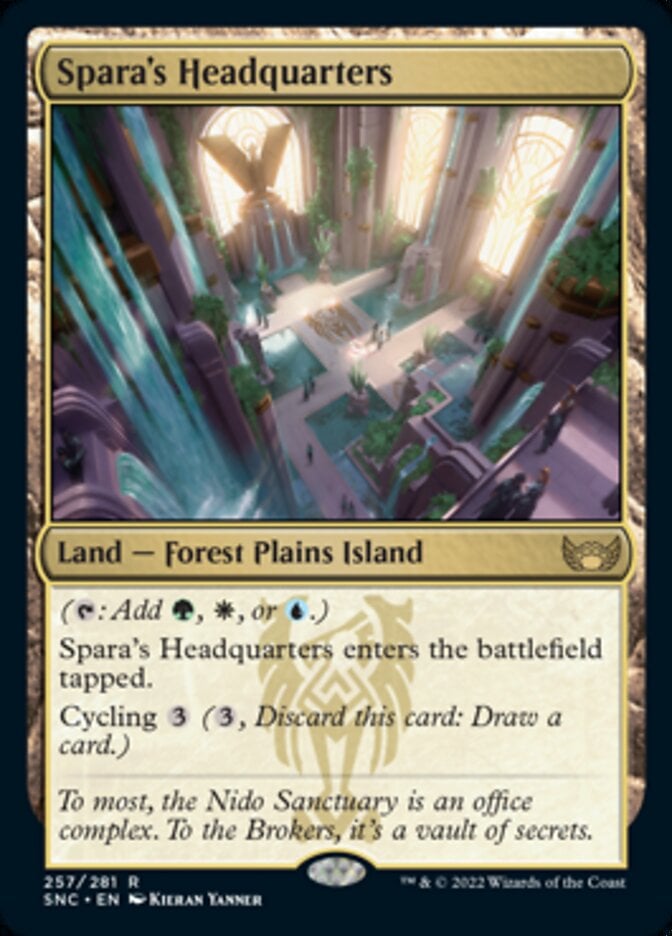

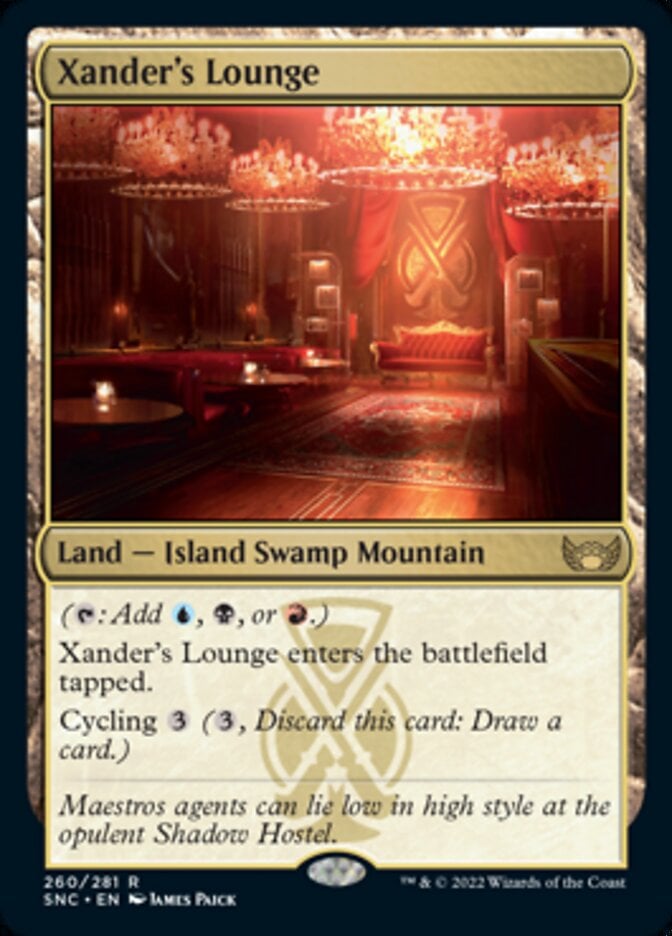
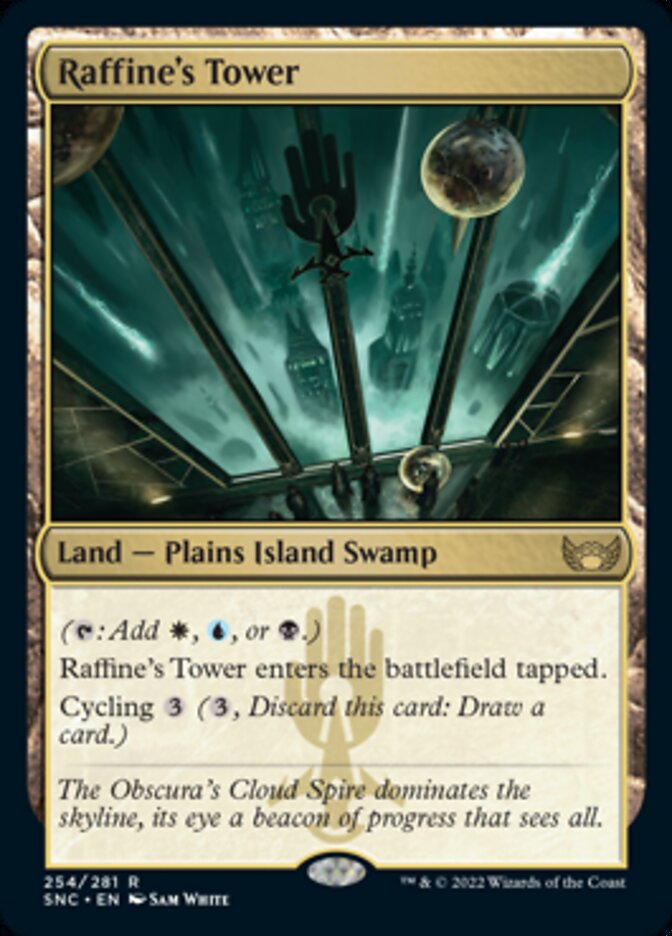
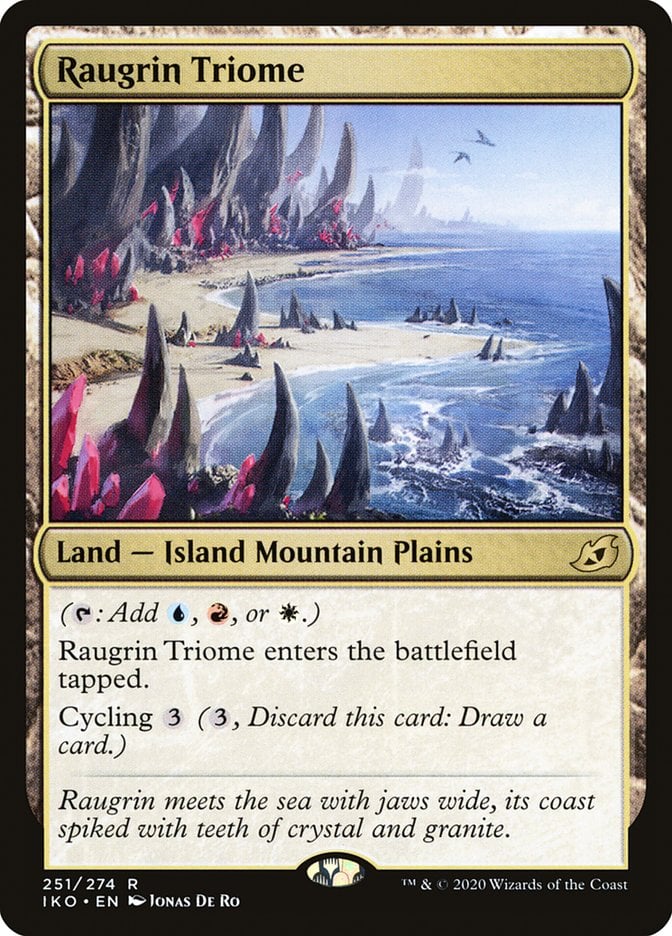

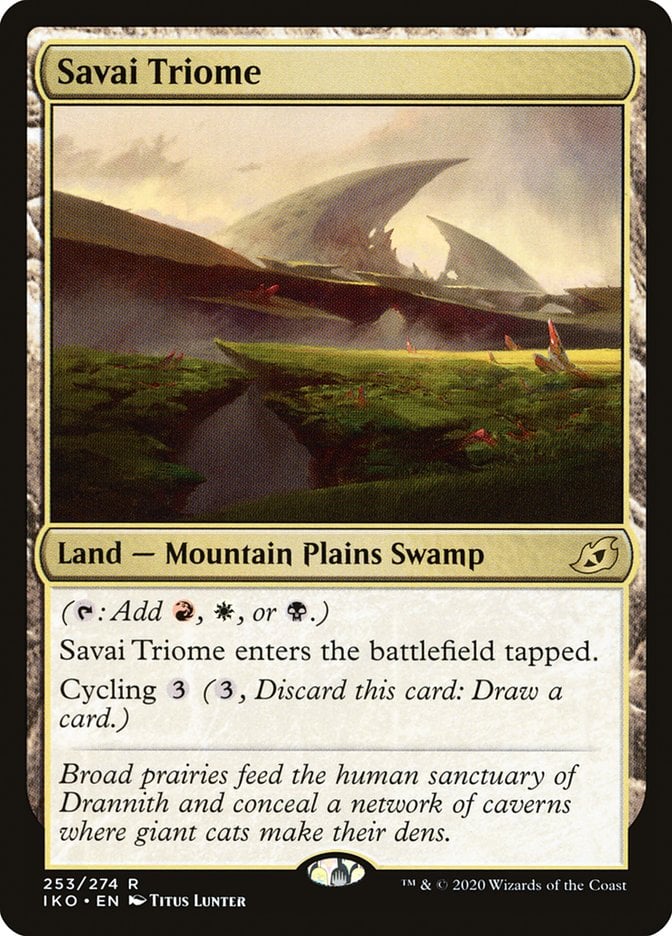
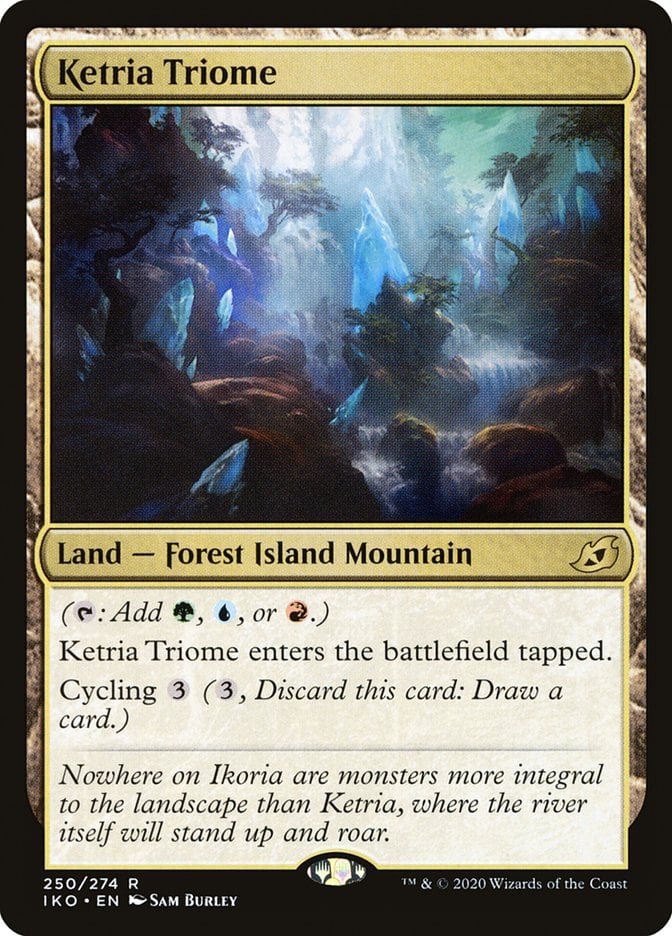
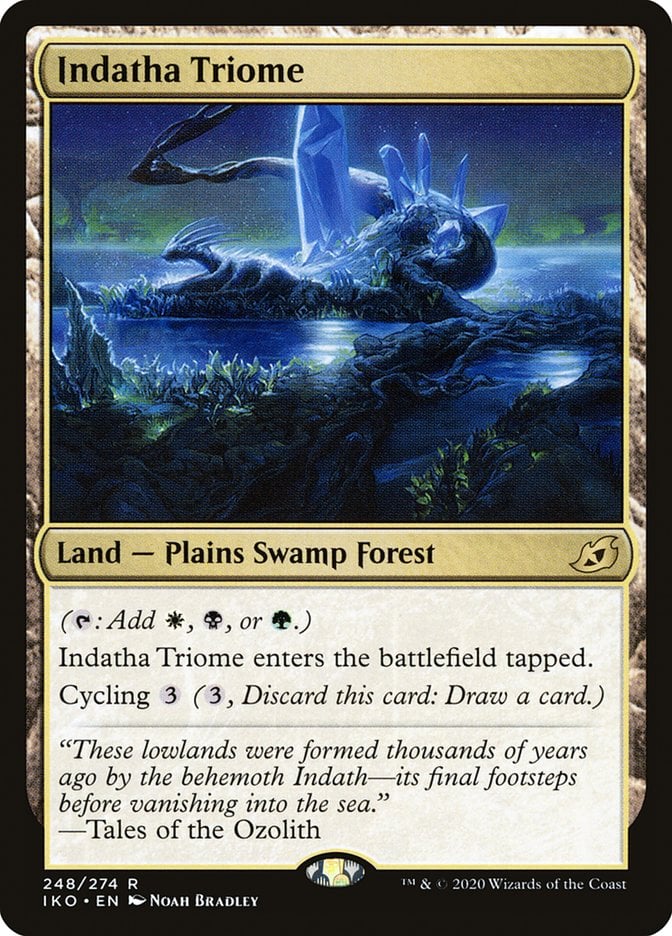
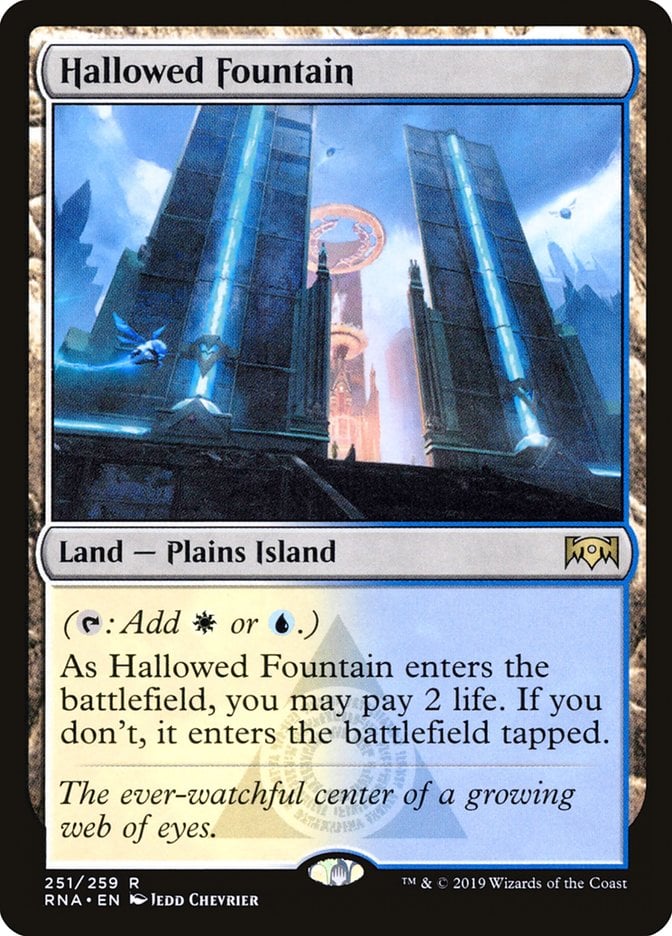
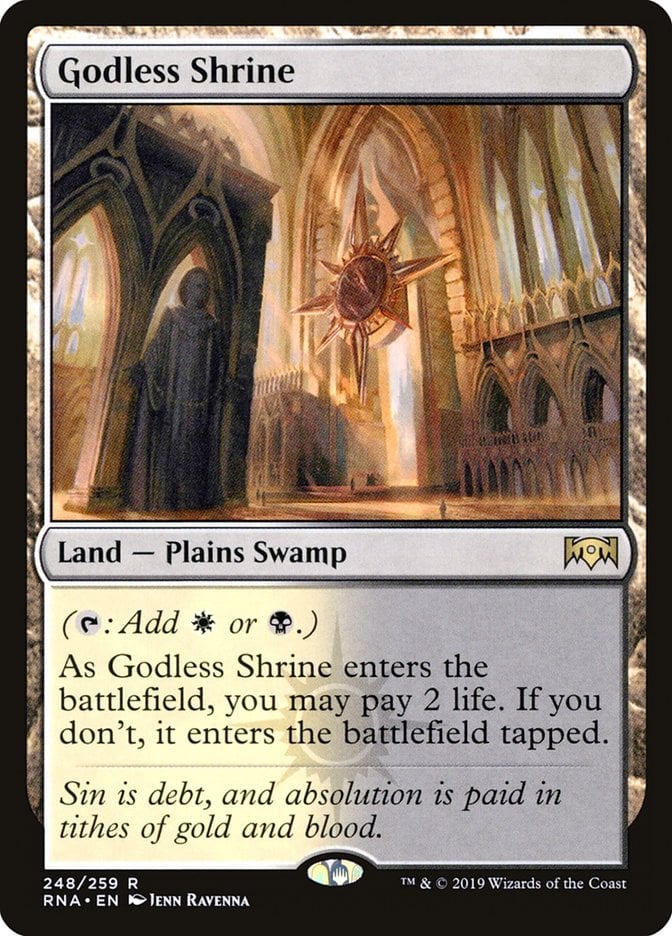
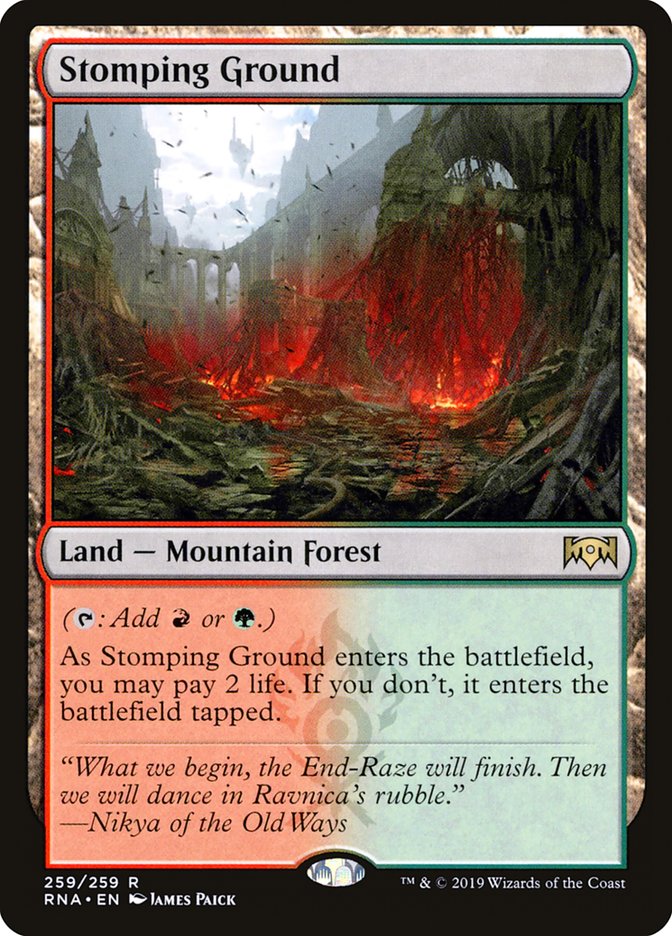
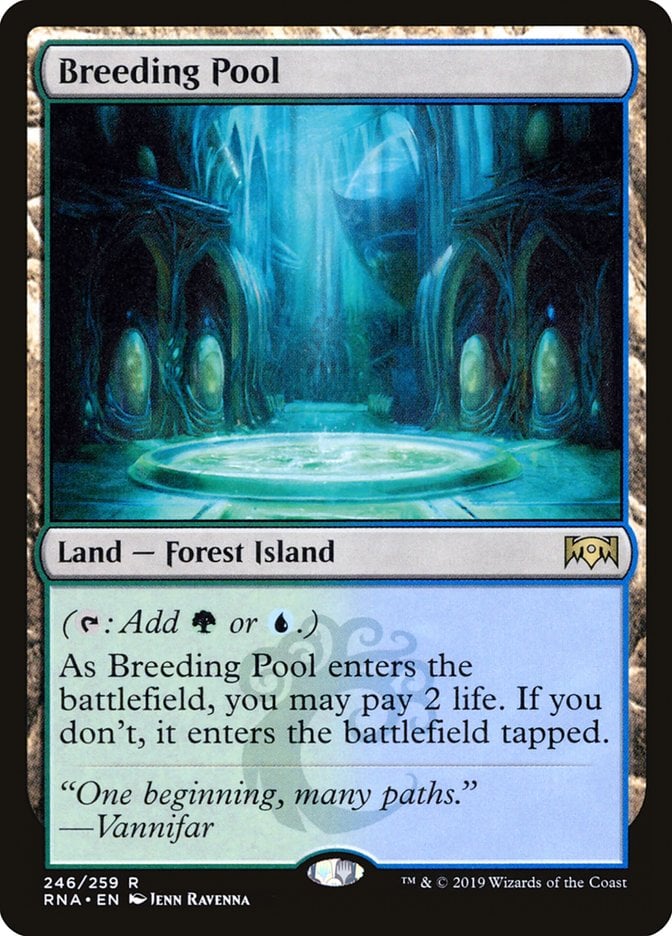
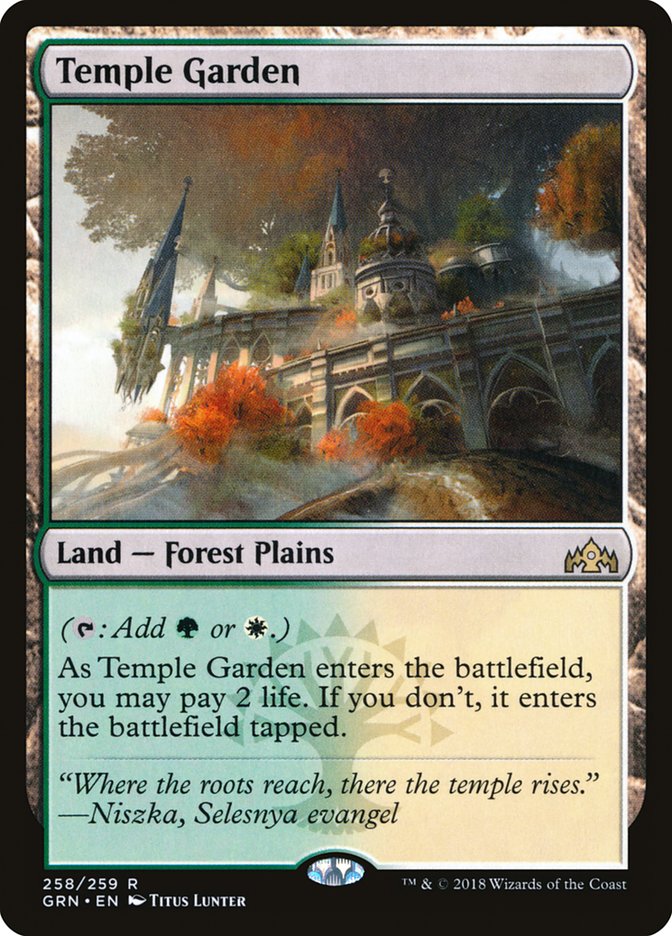
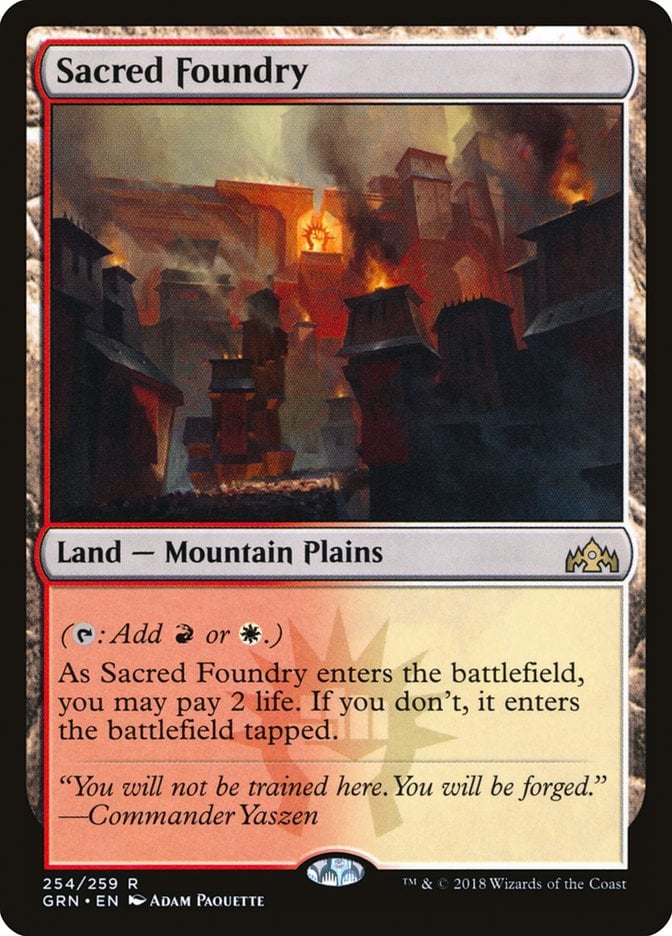
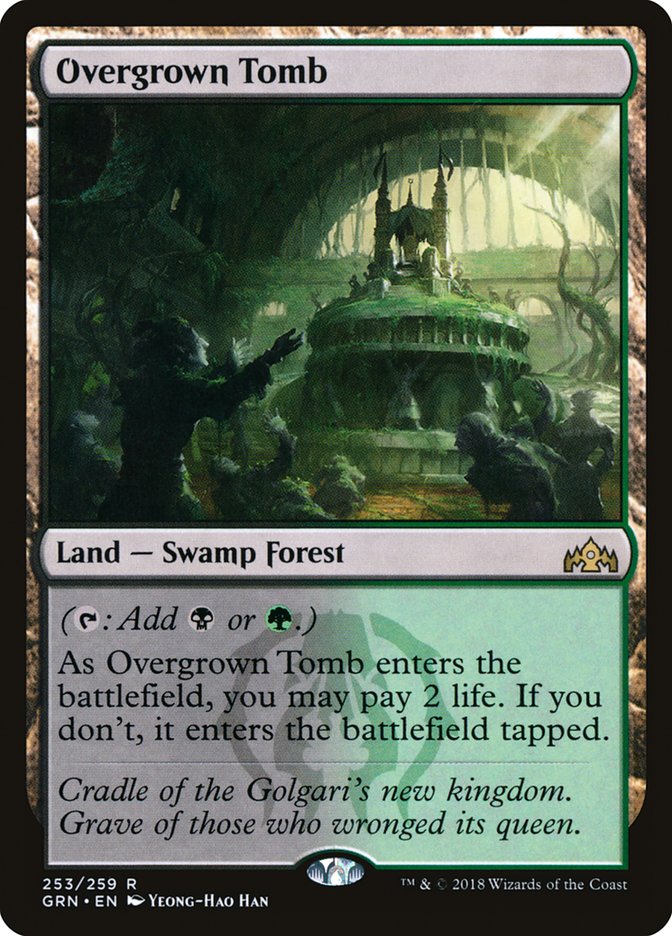
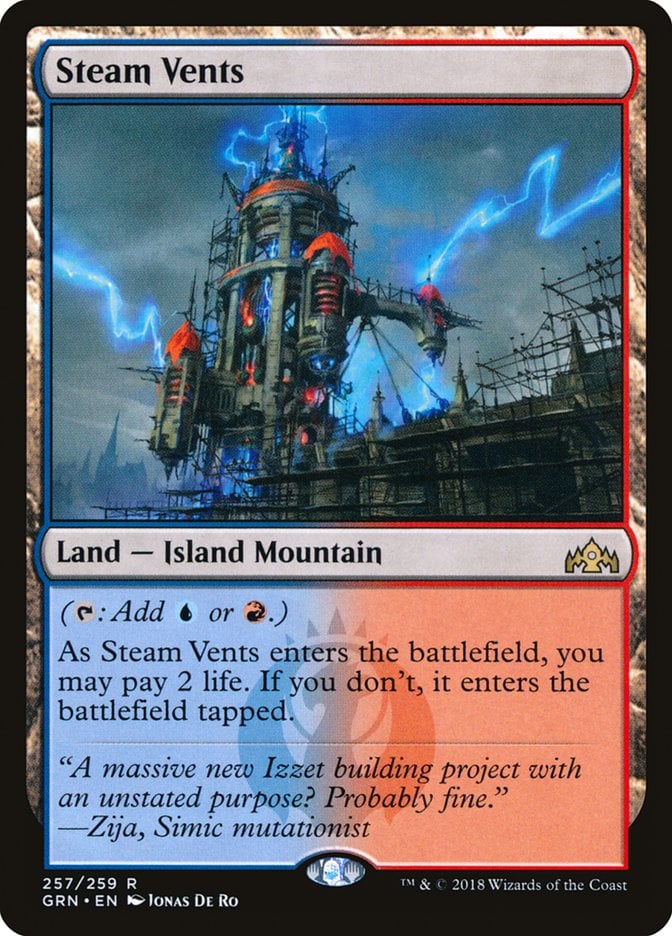
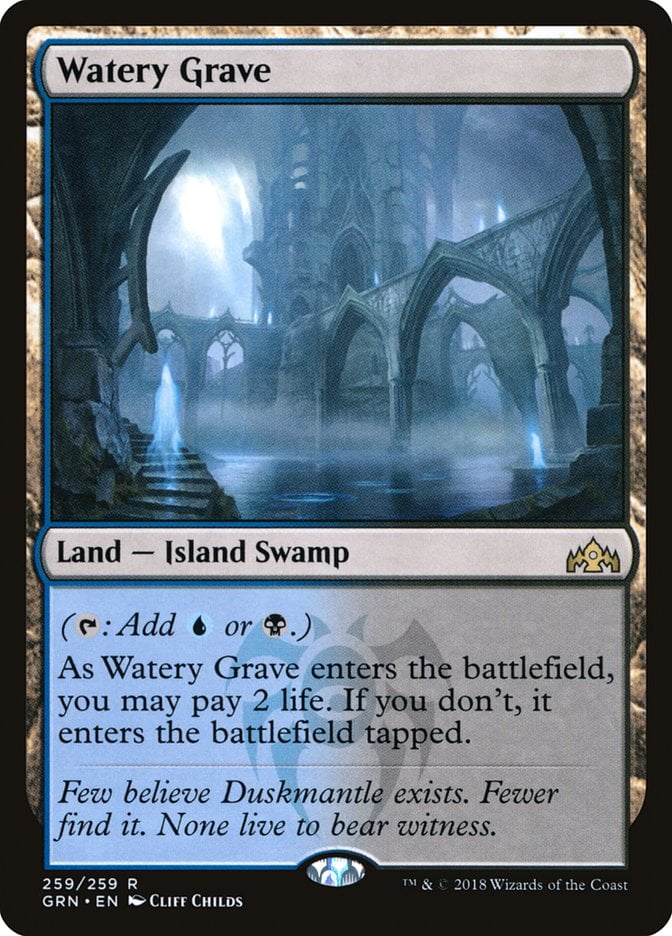
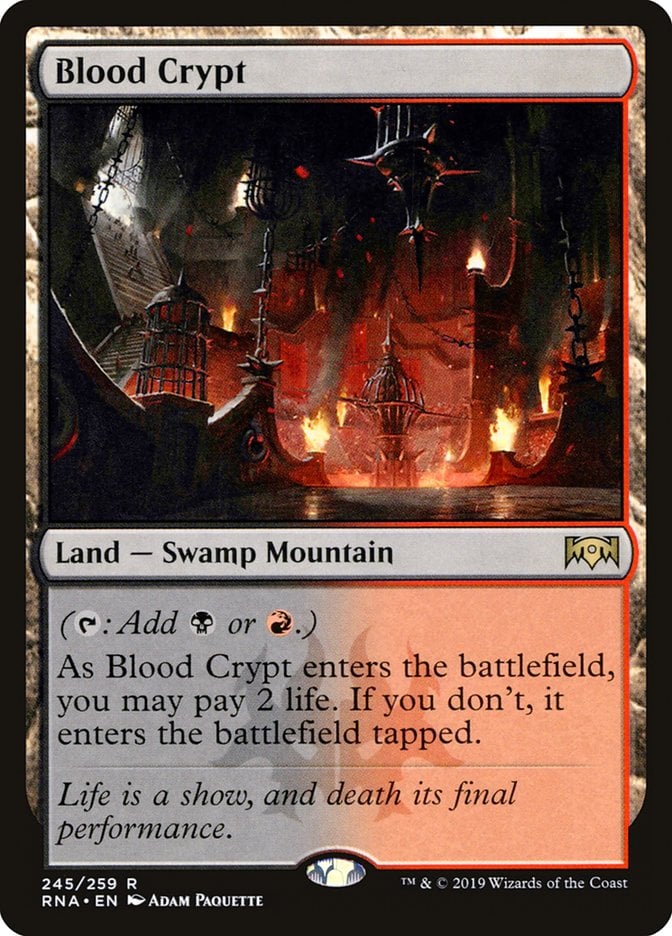

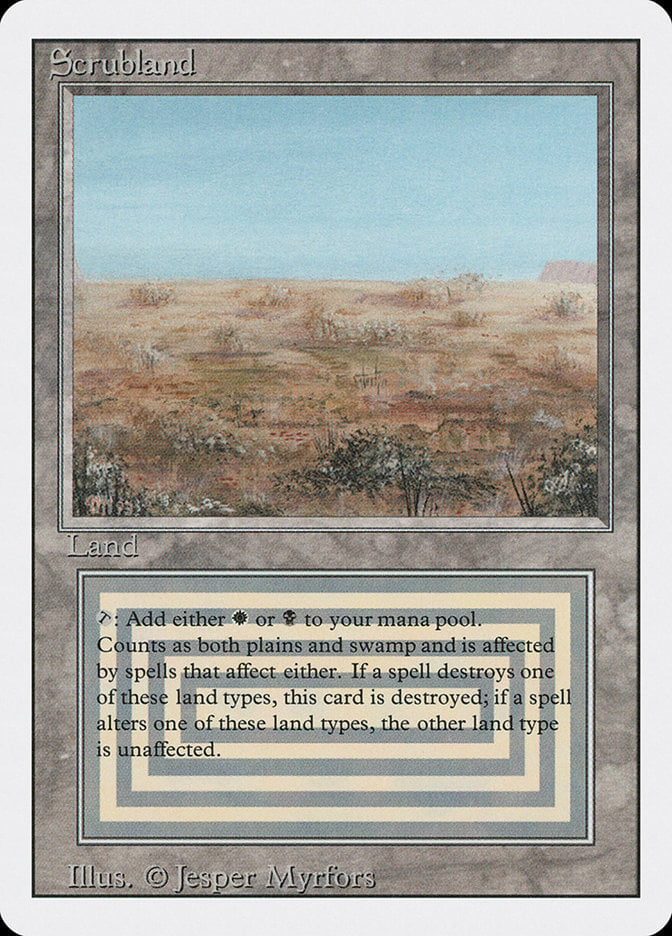
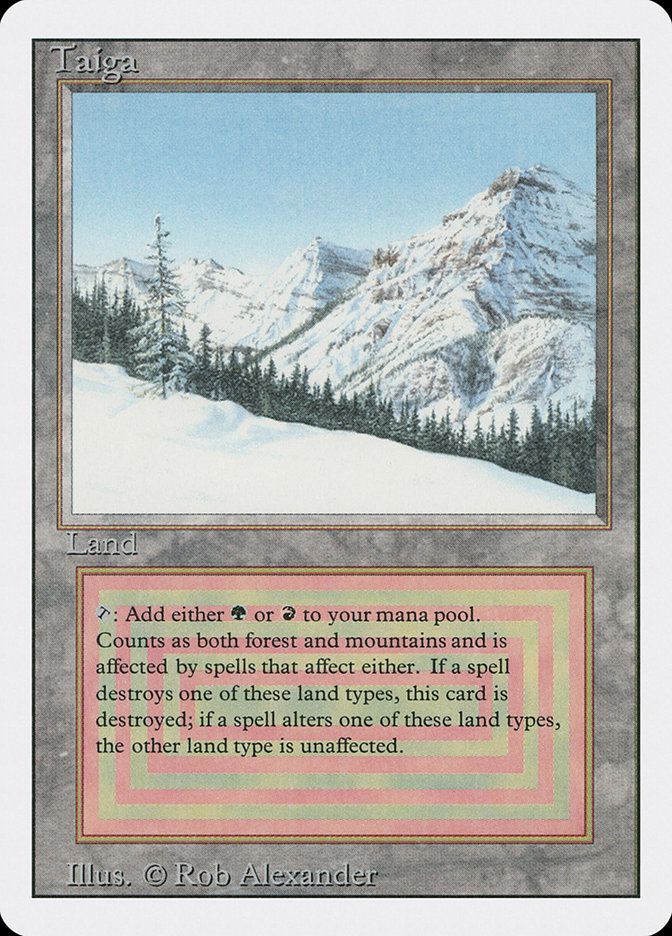
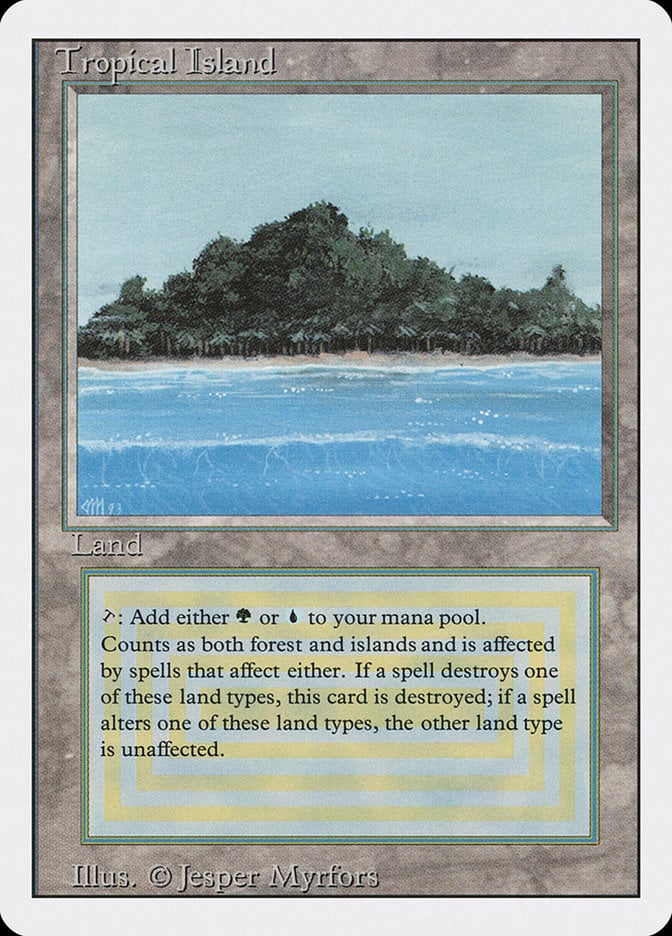
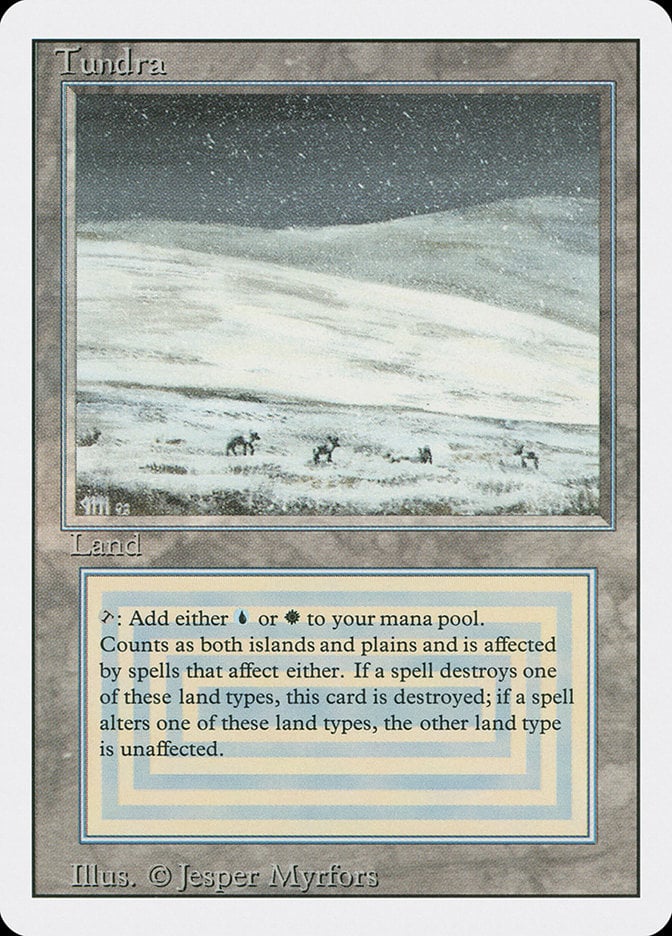
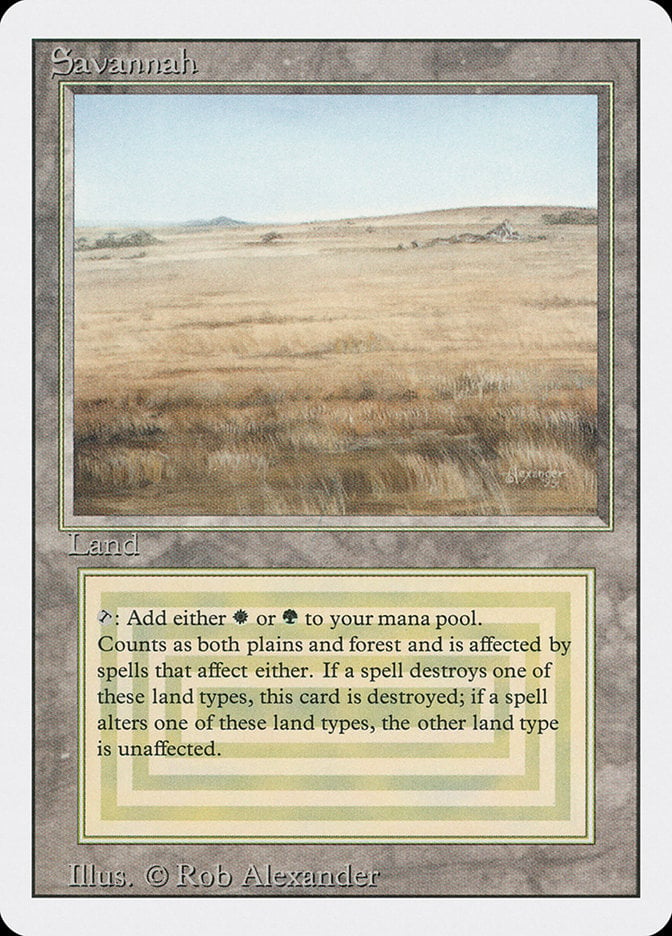
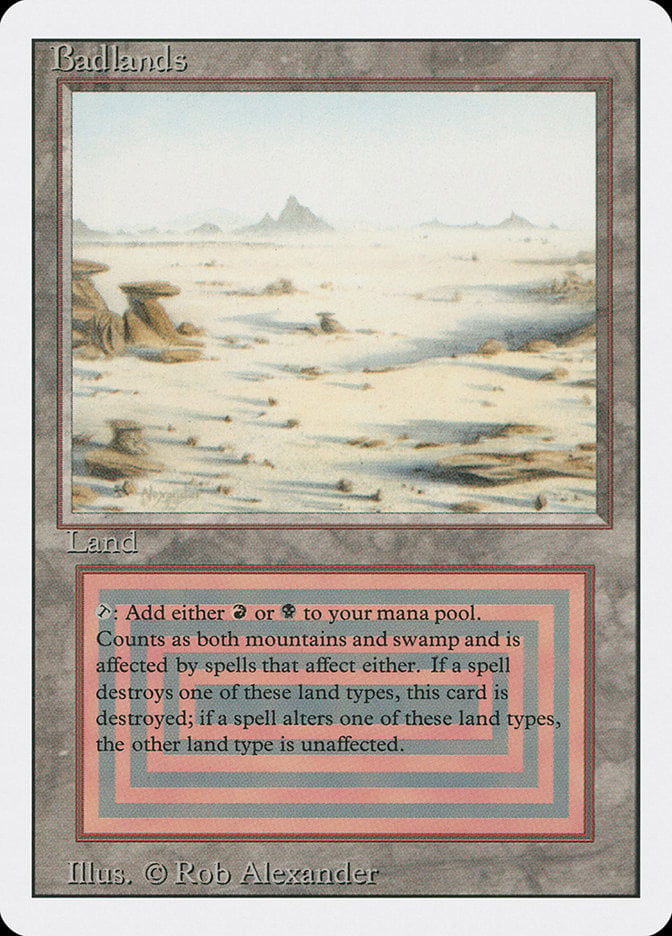
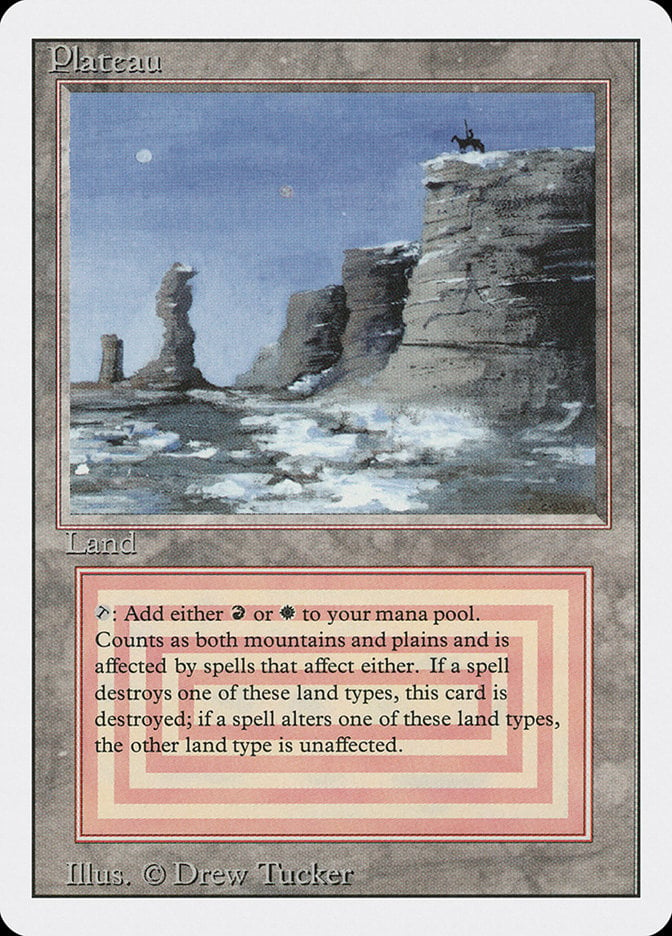

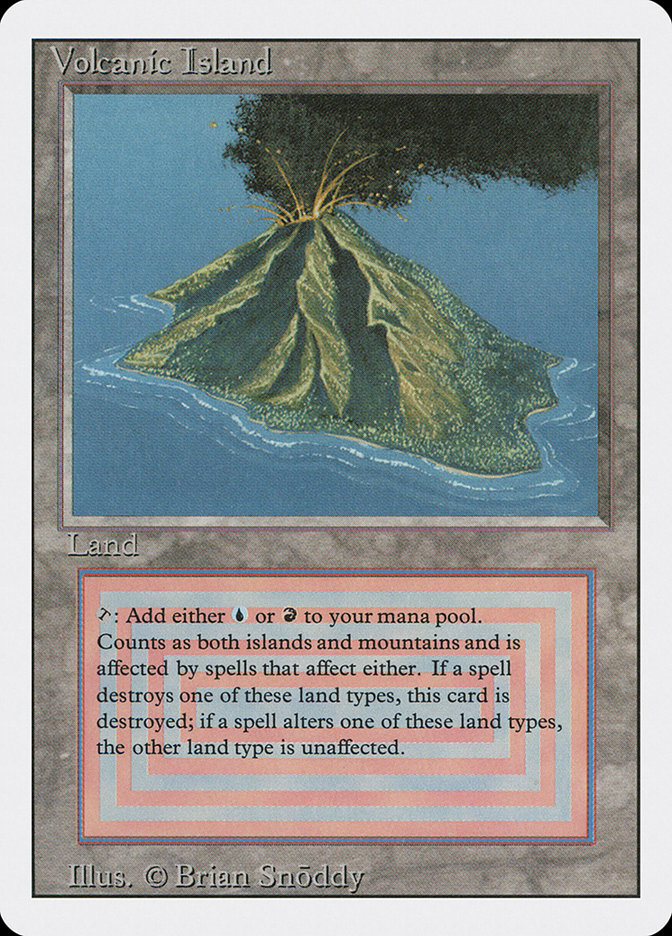
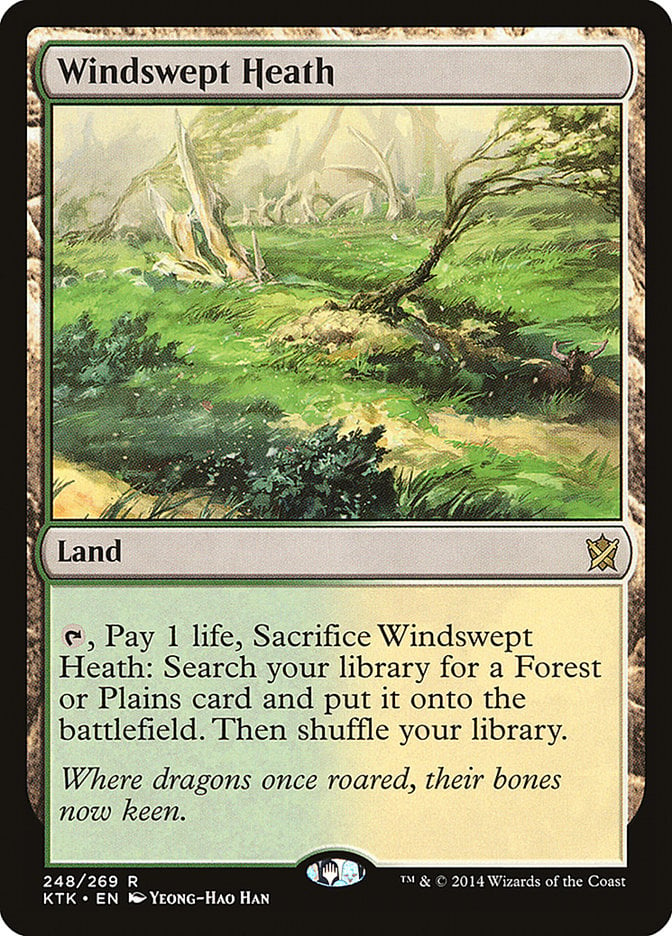
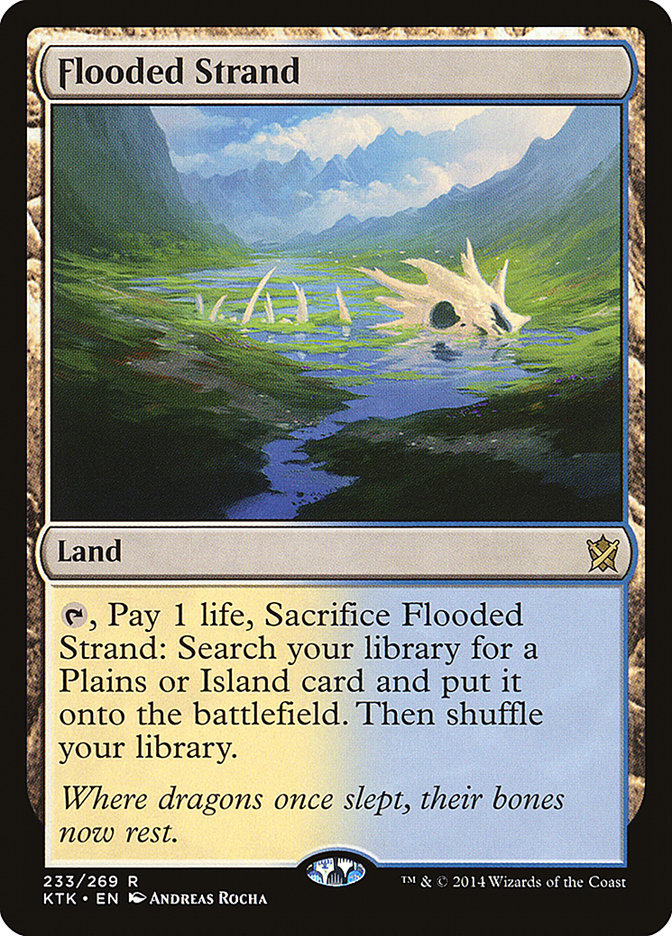

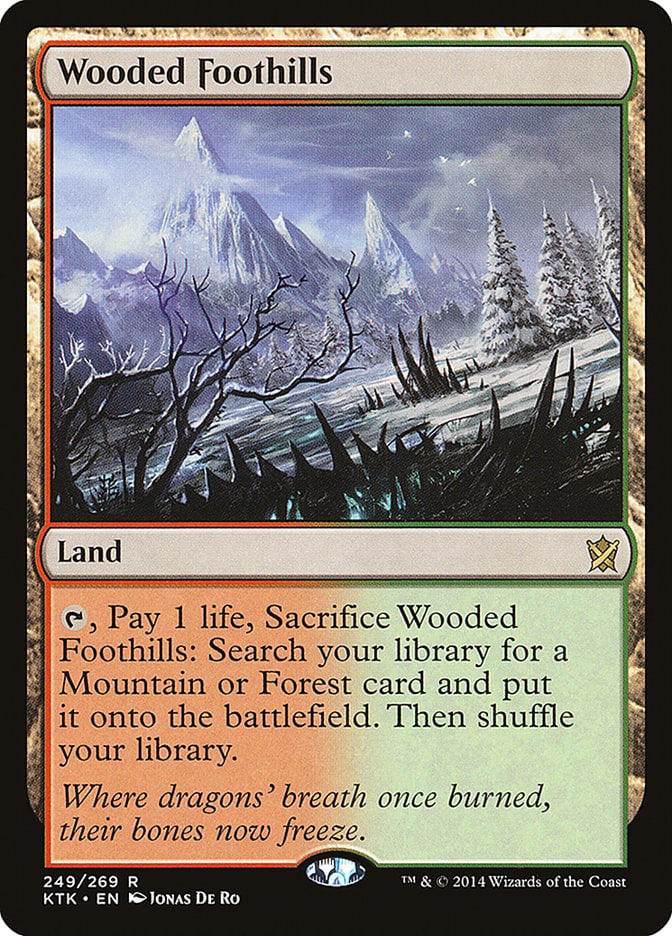
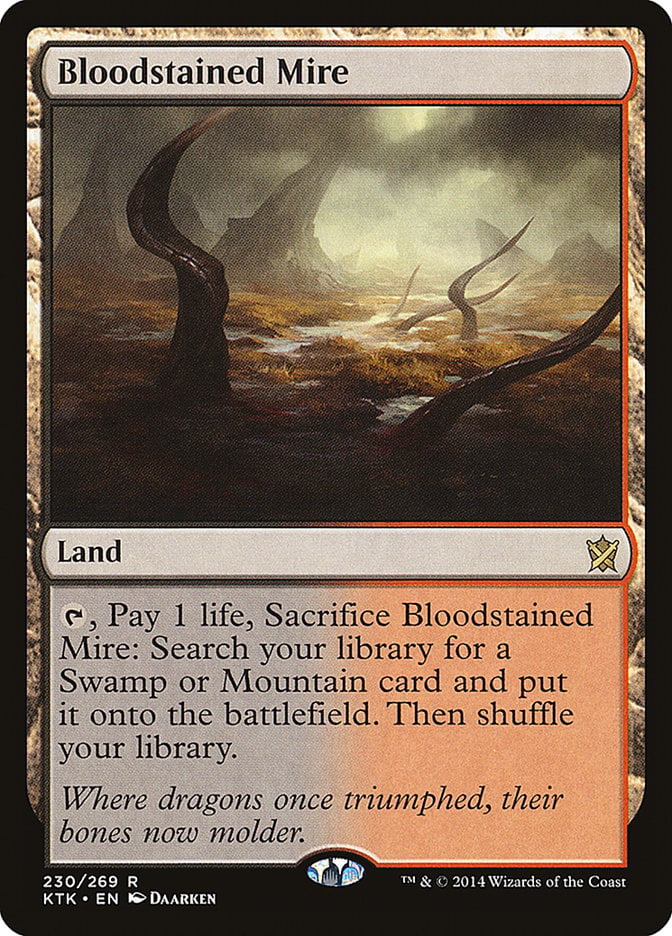

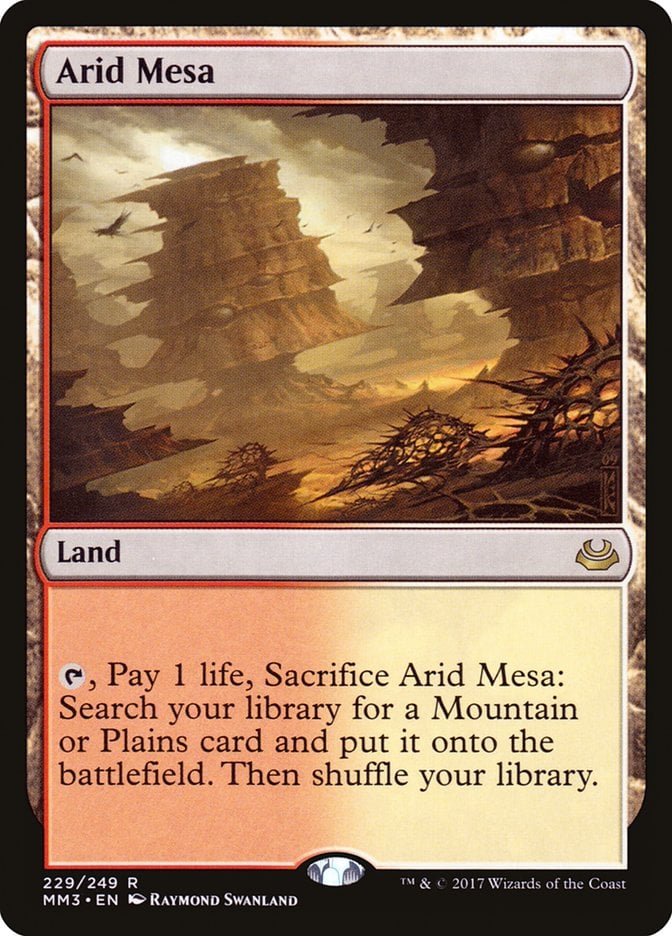
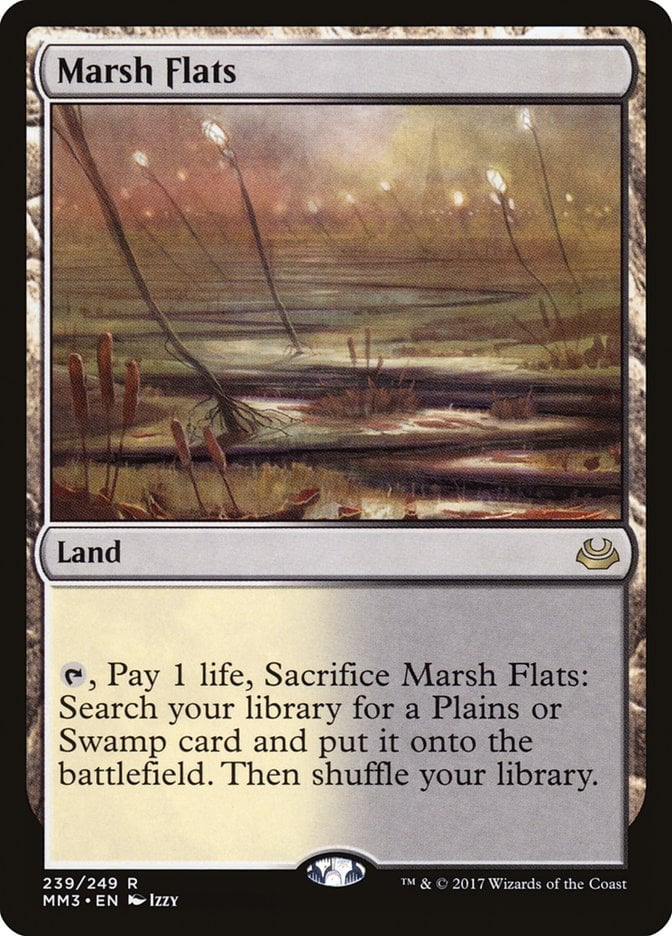

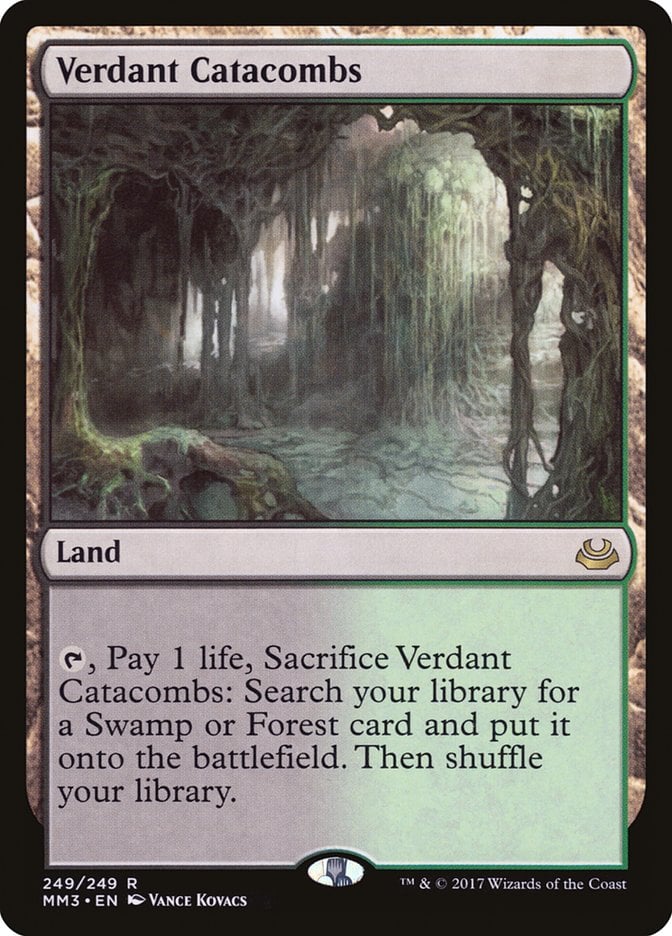
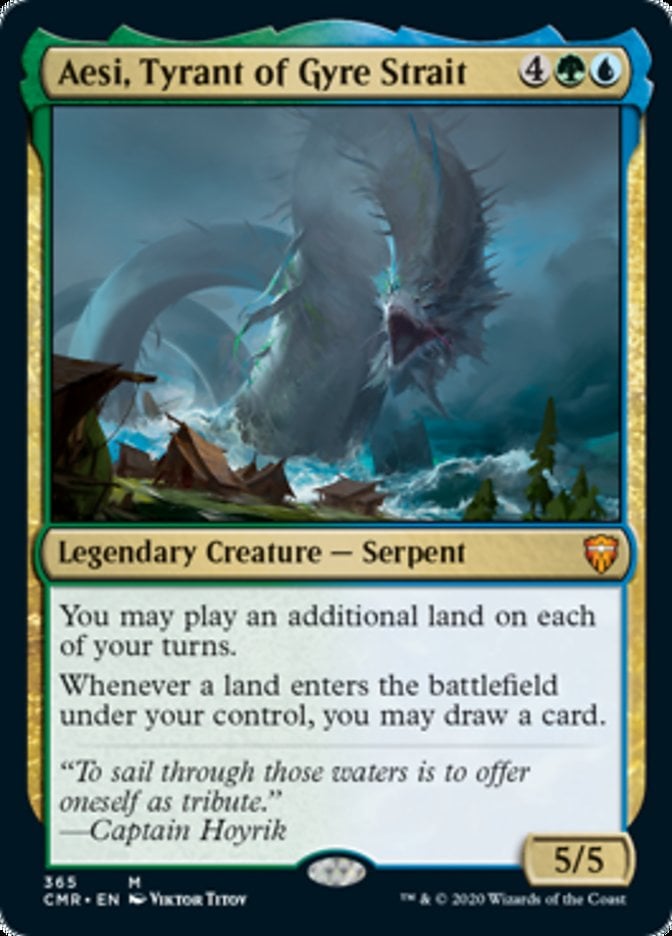
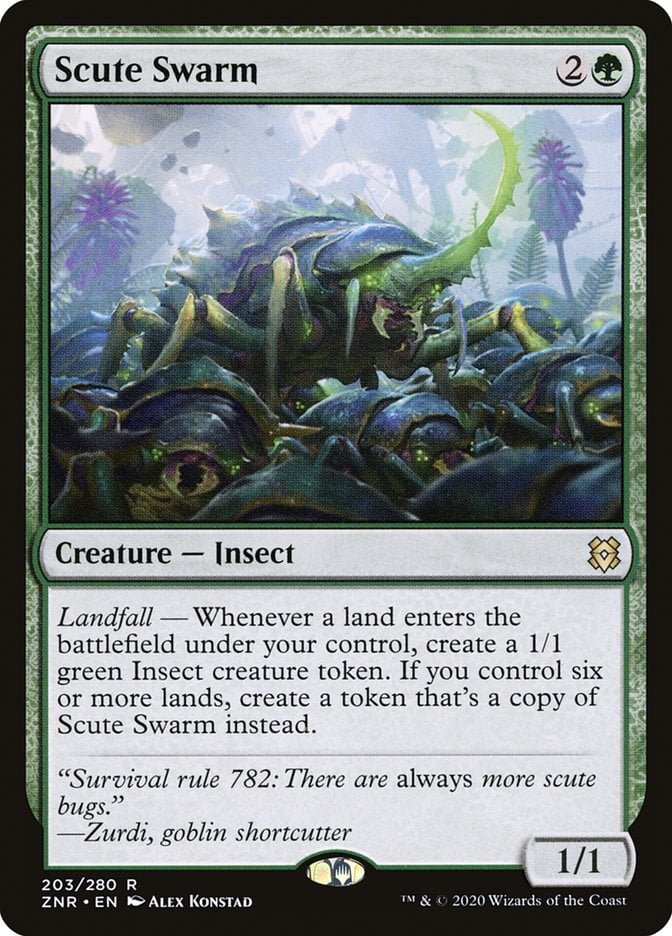
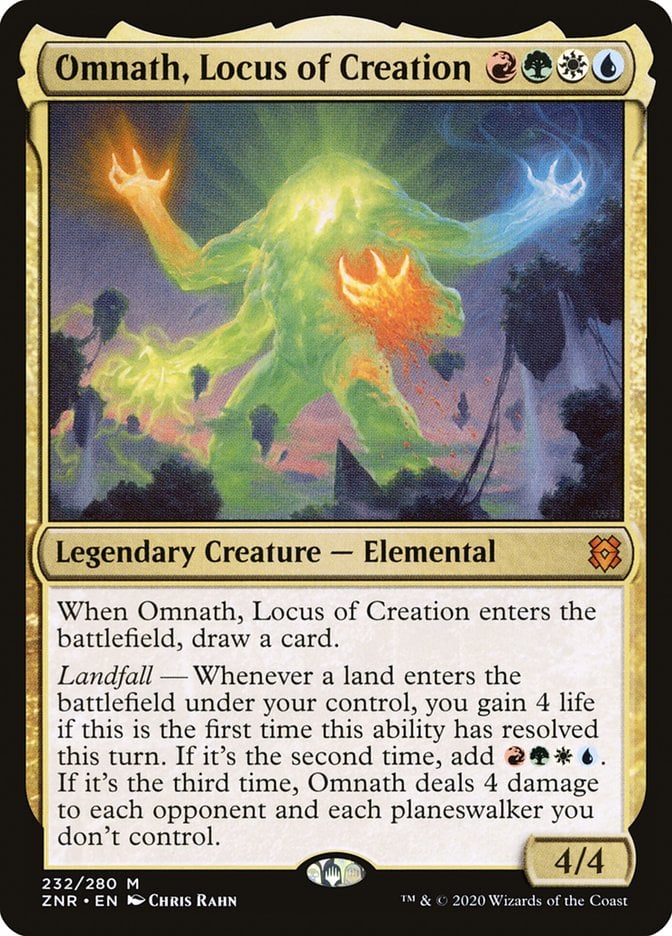
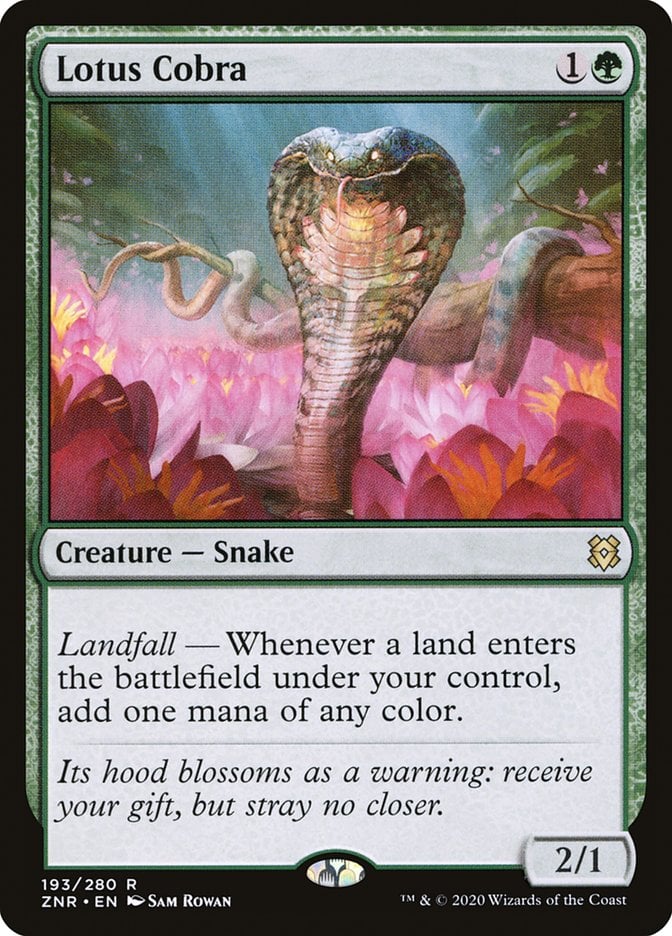
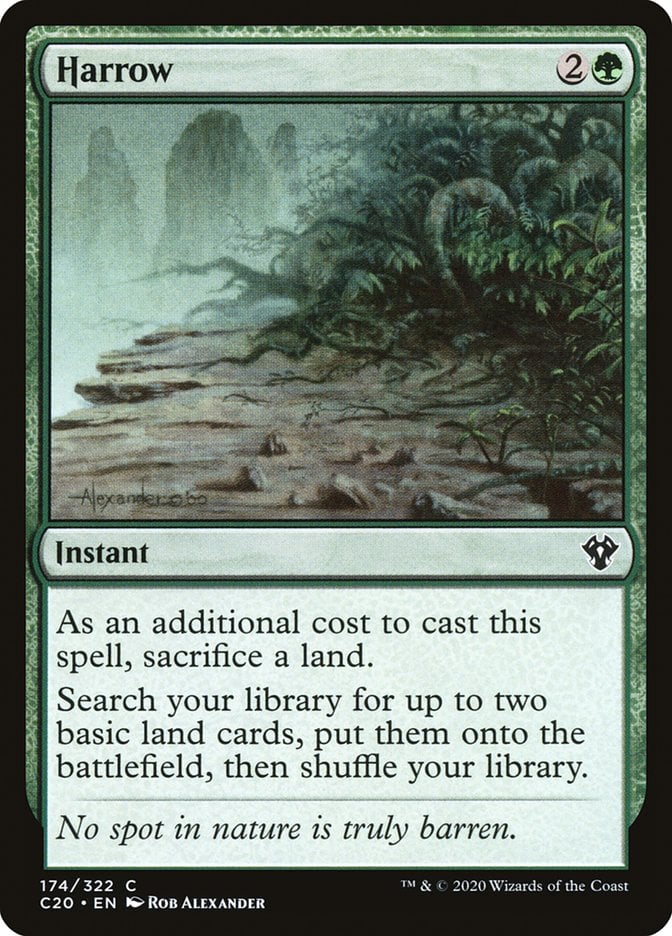
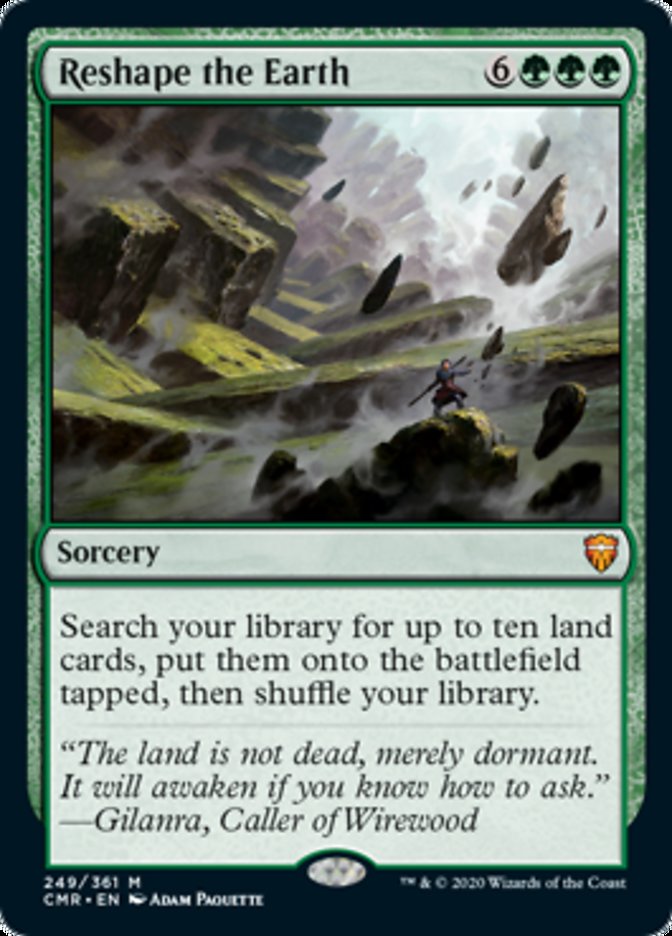

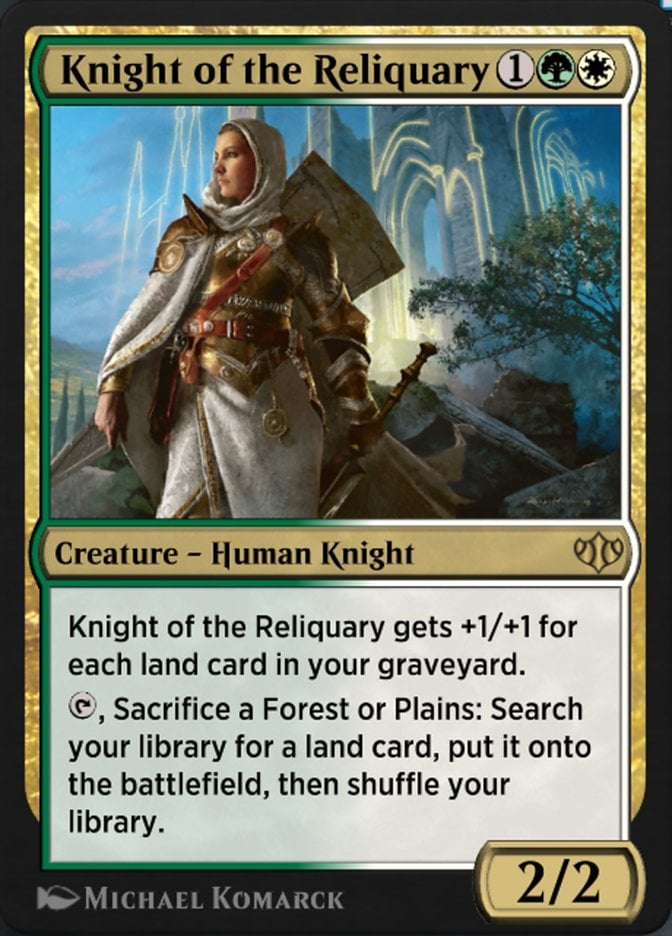
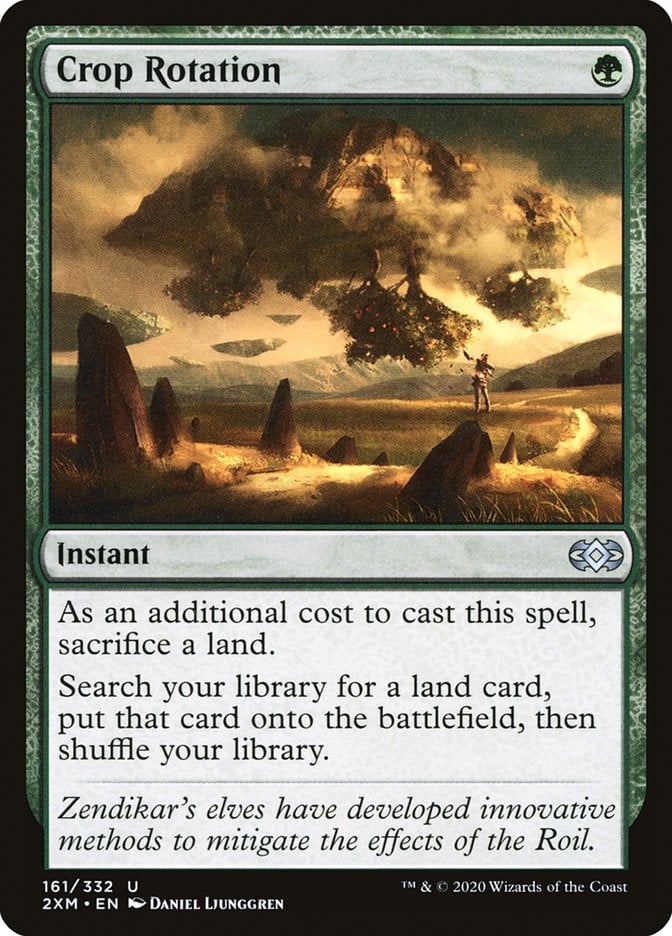
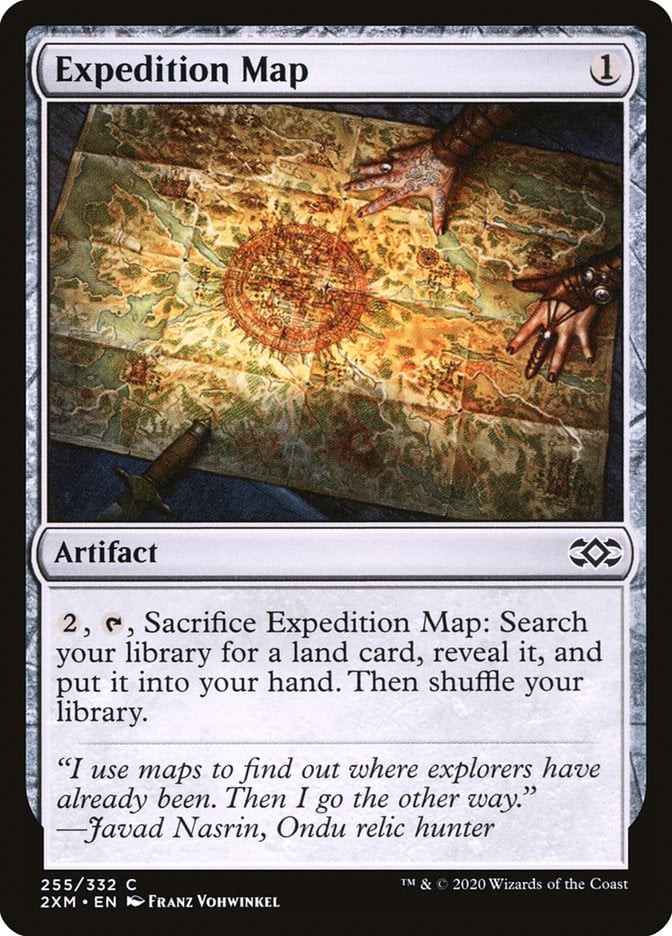


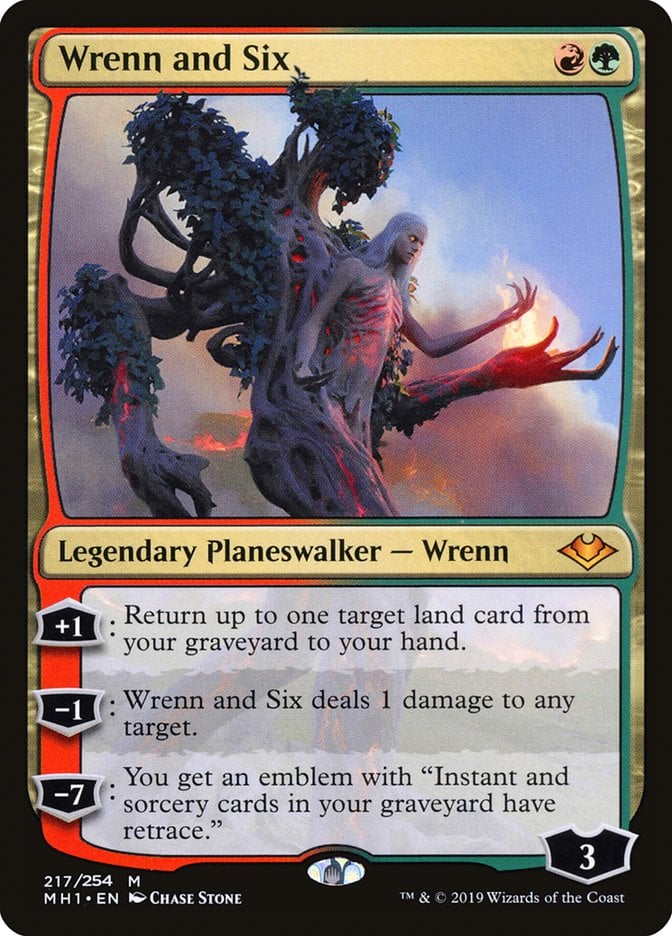
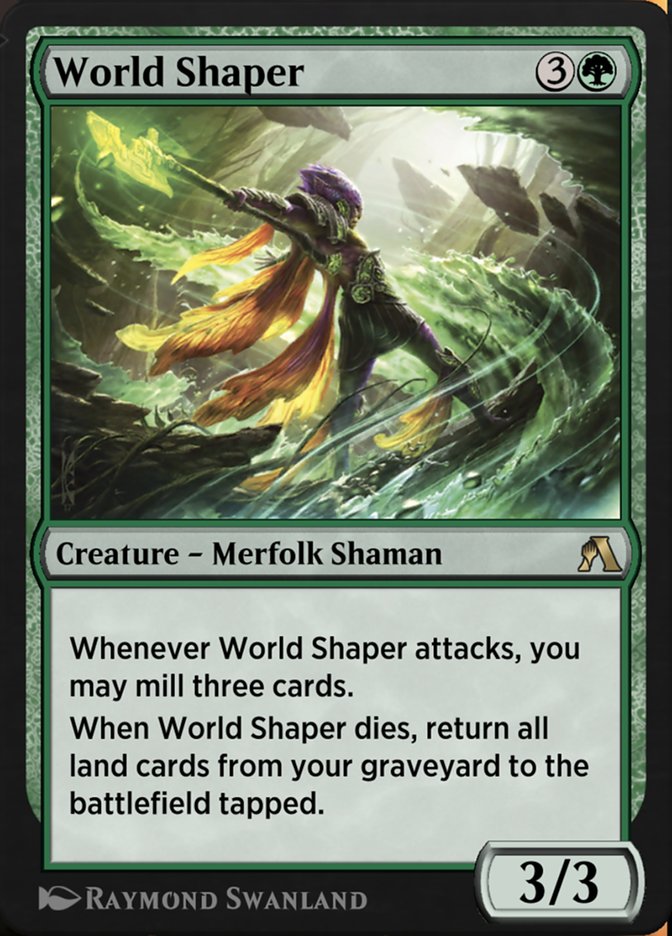


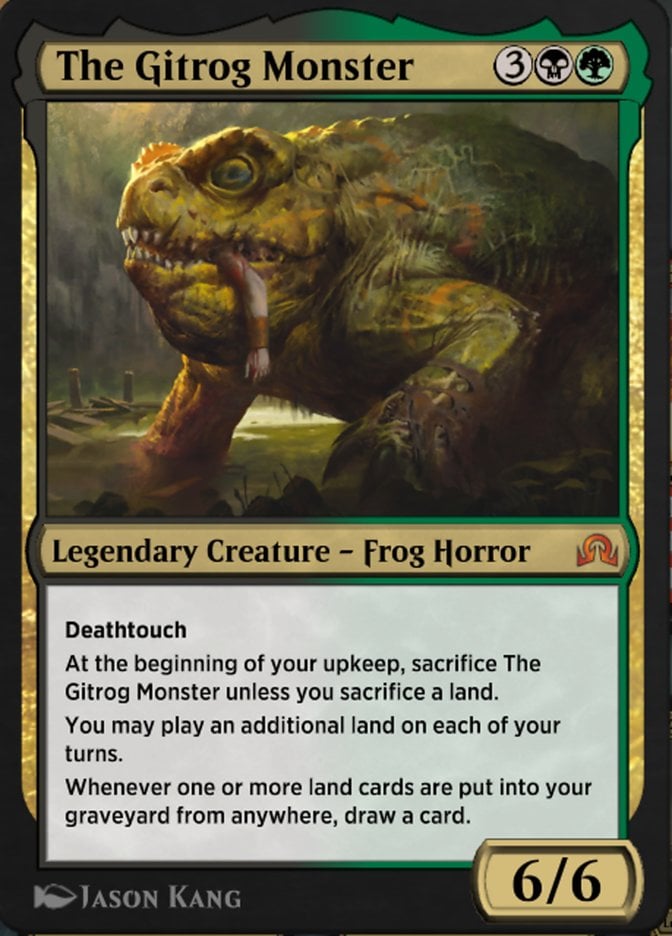
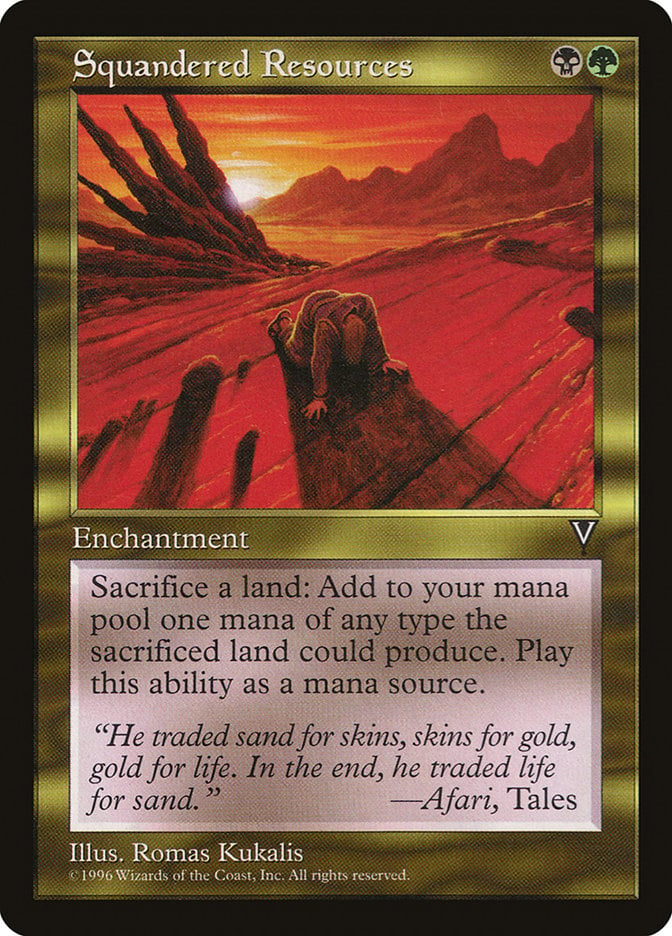

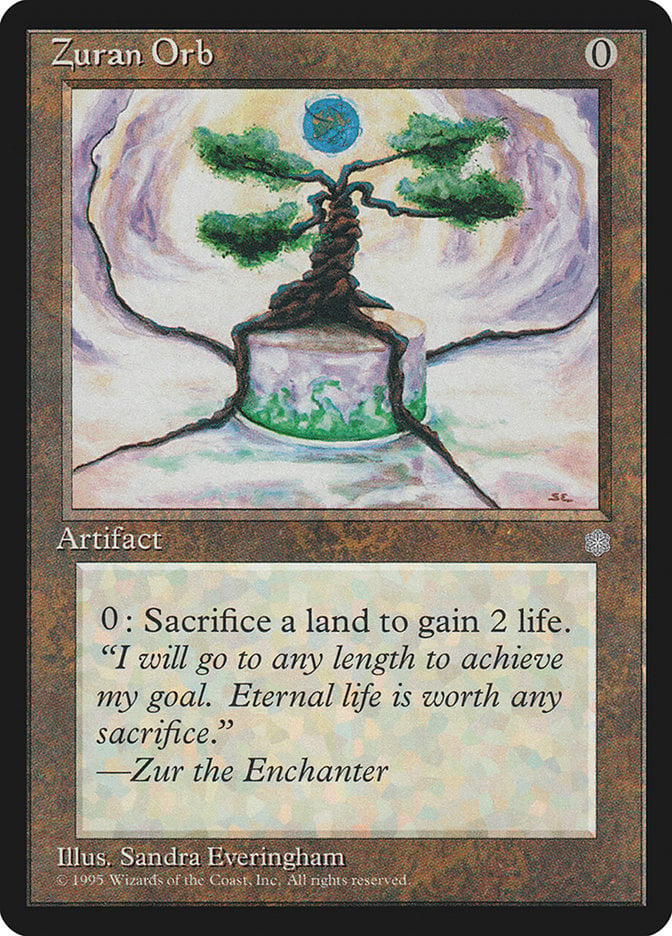
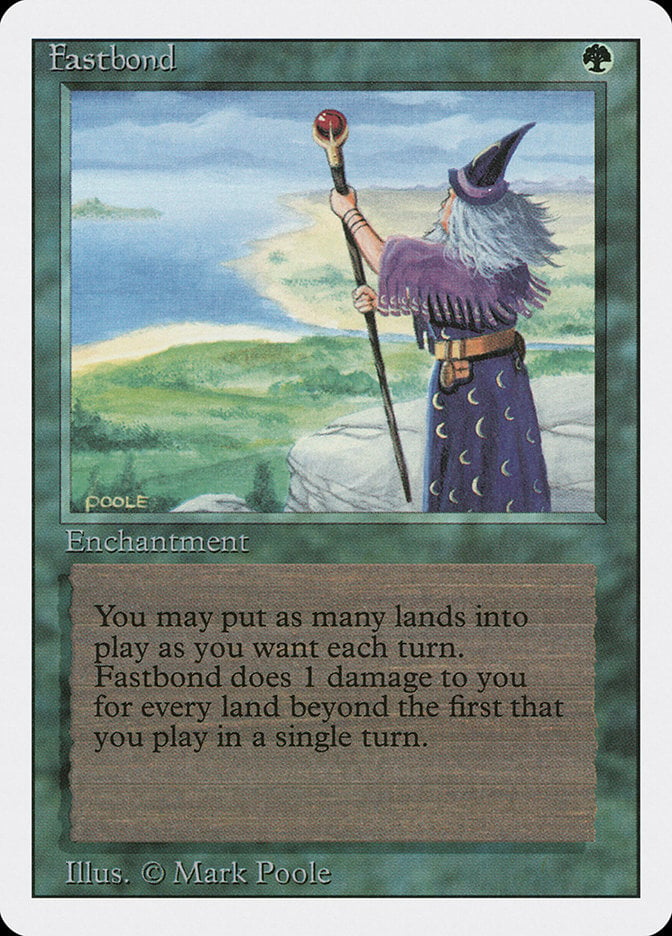

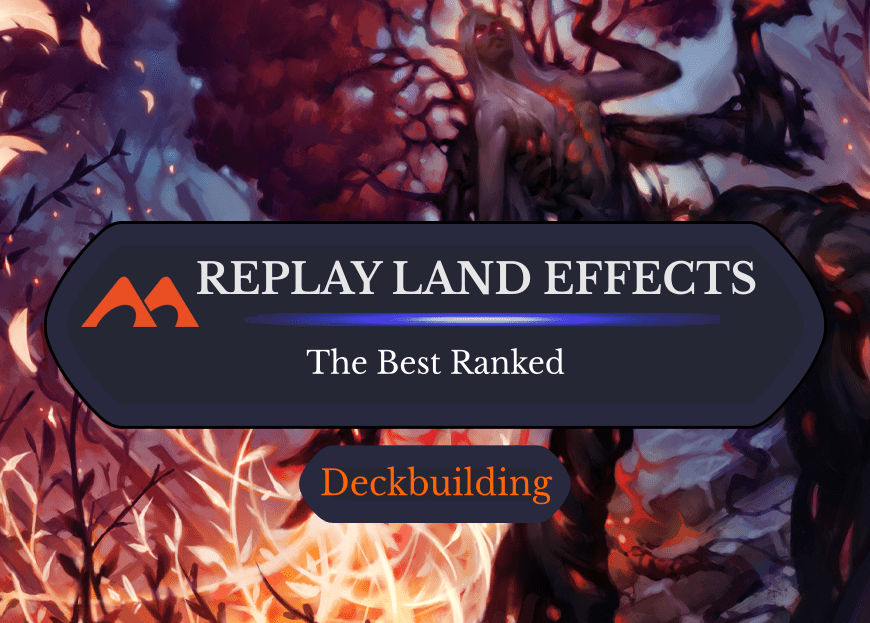
Add Comment